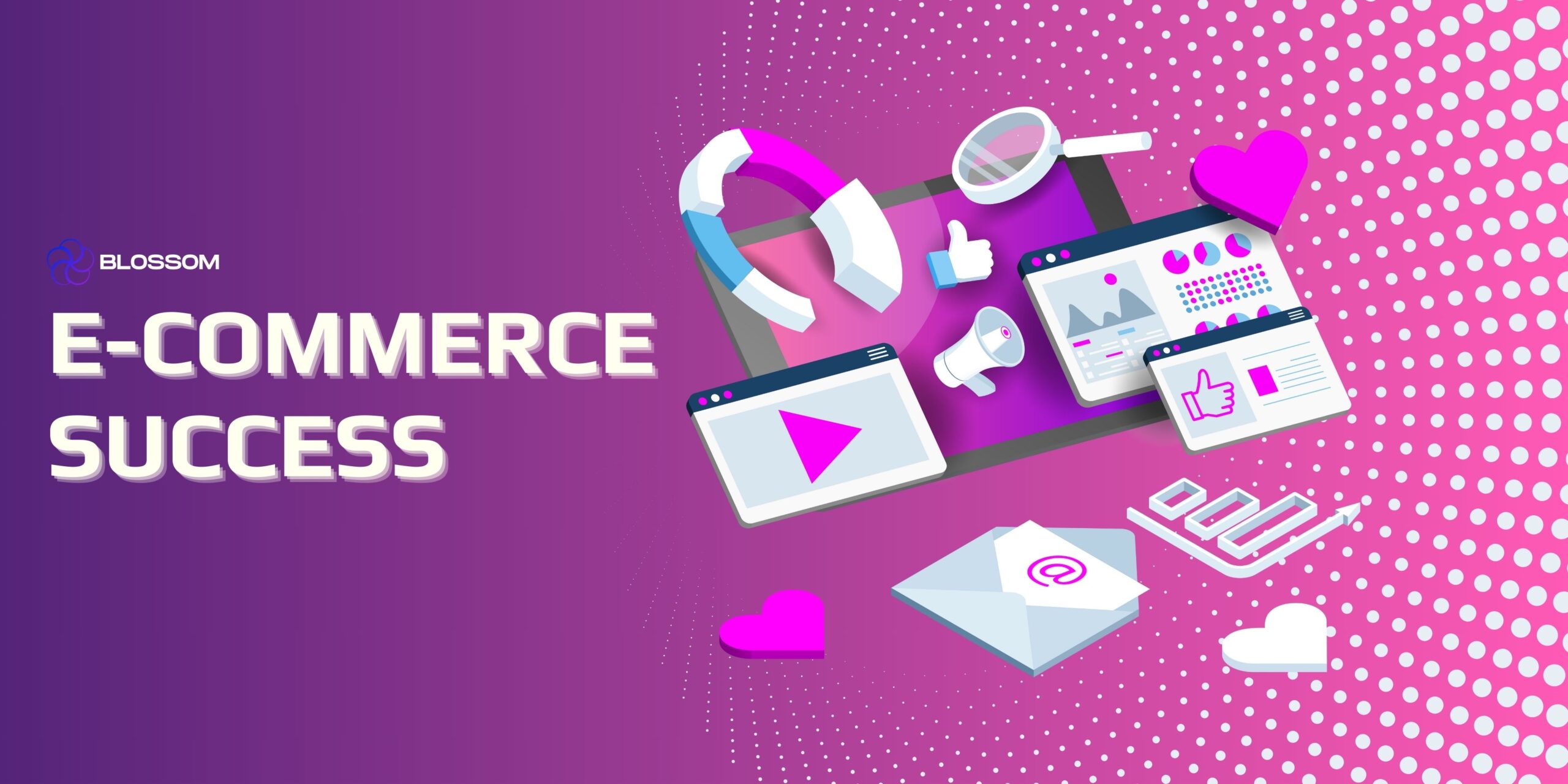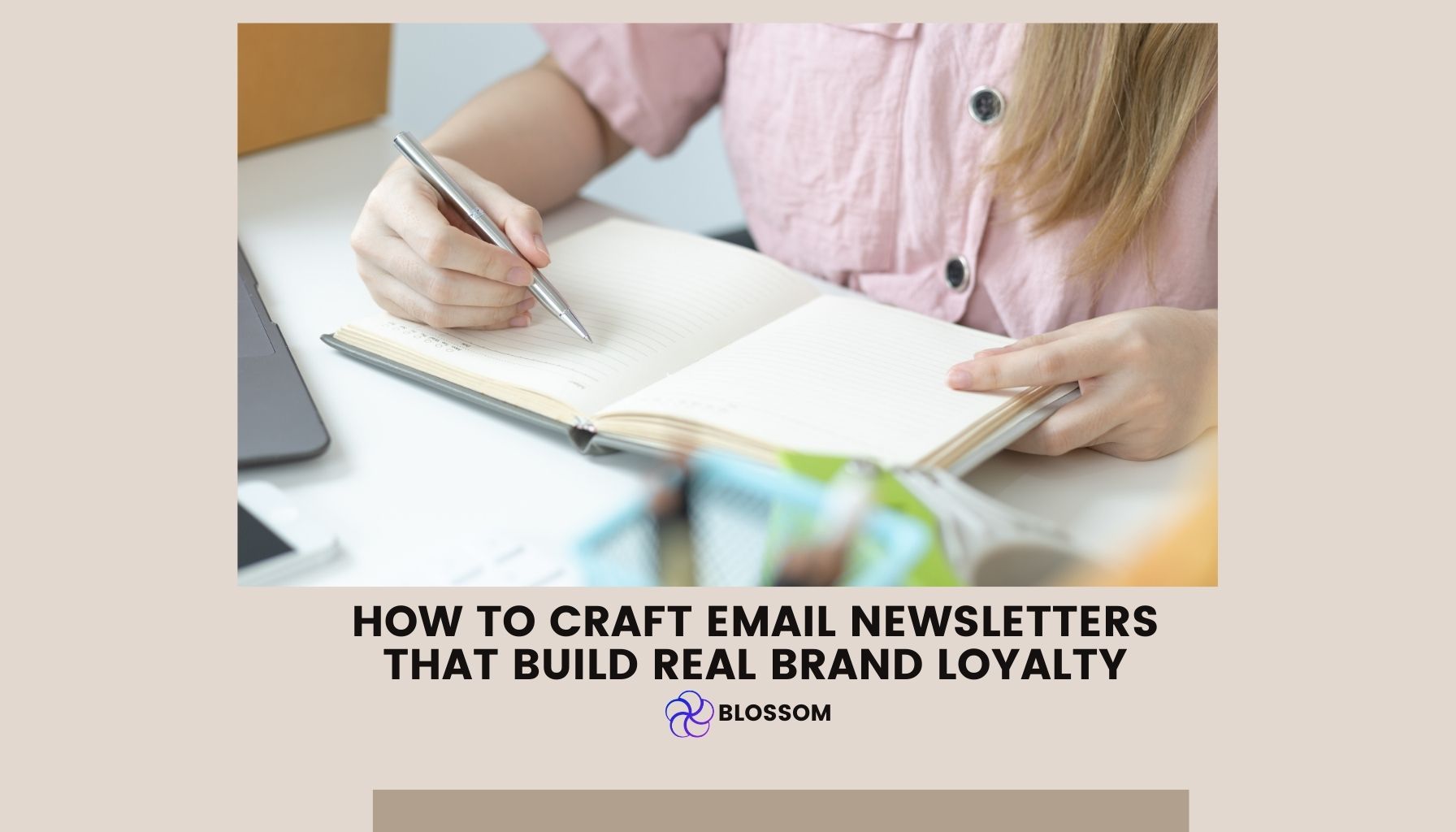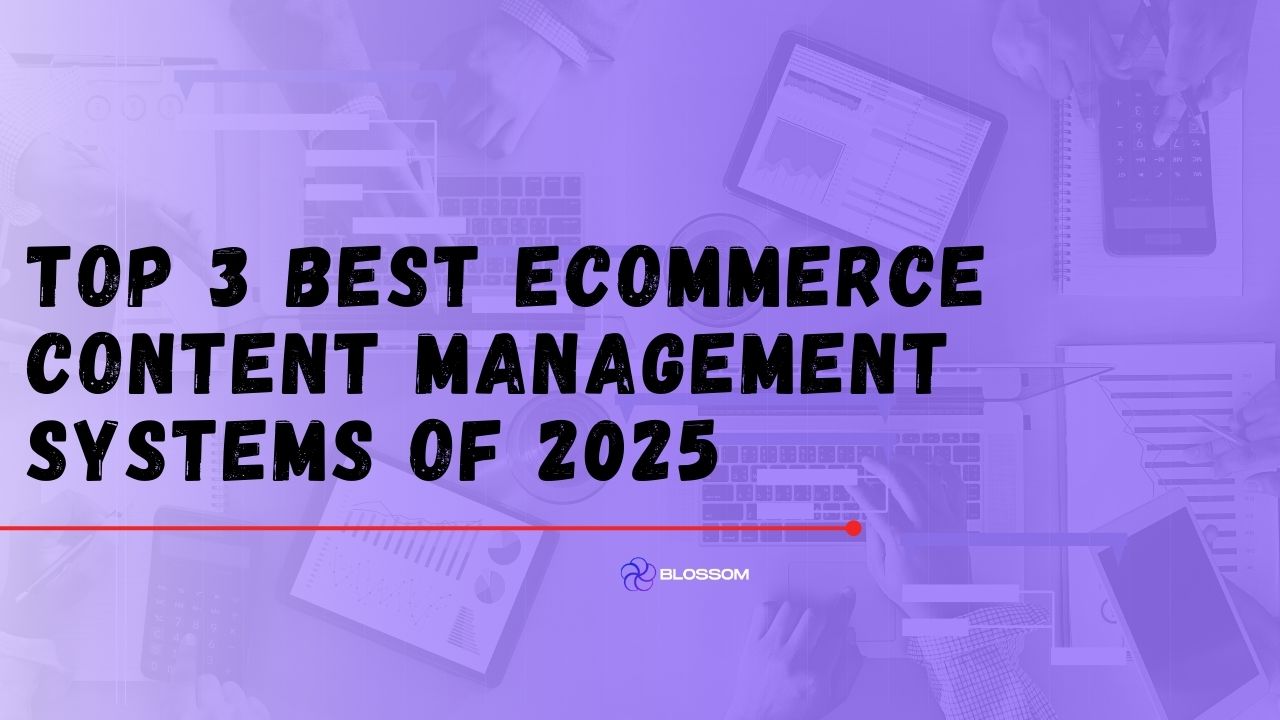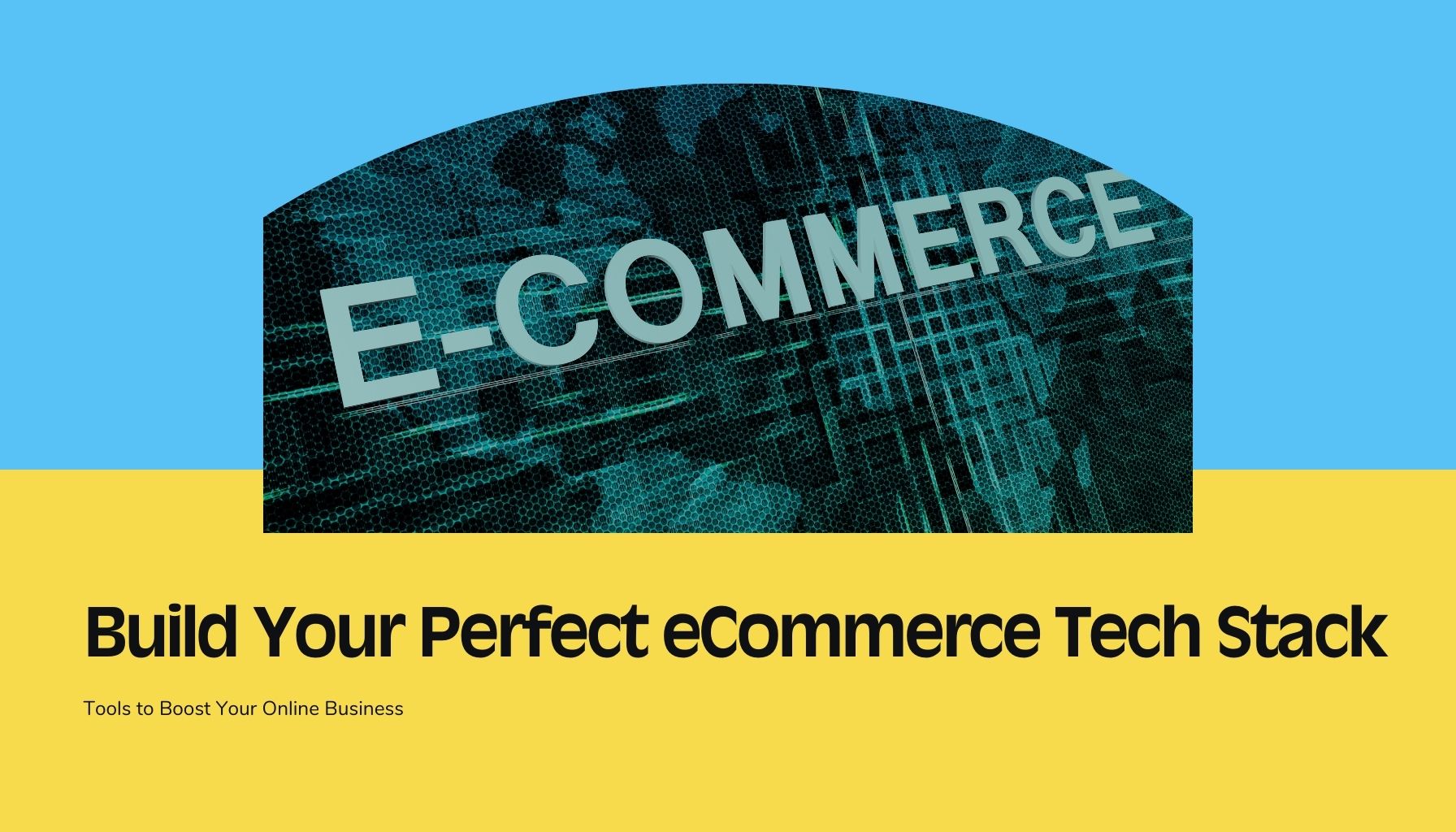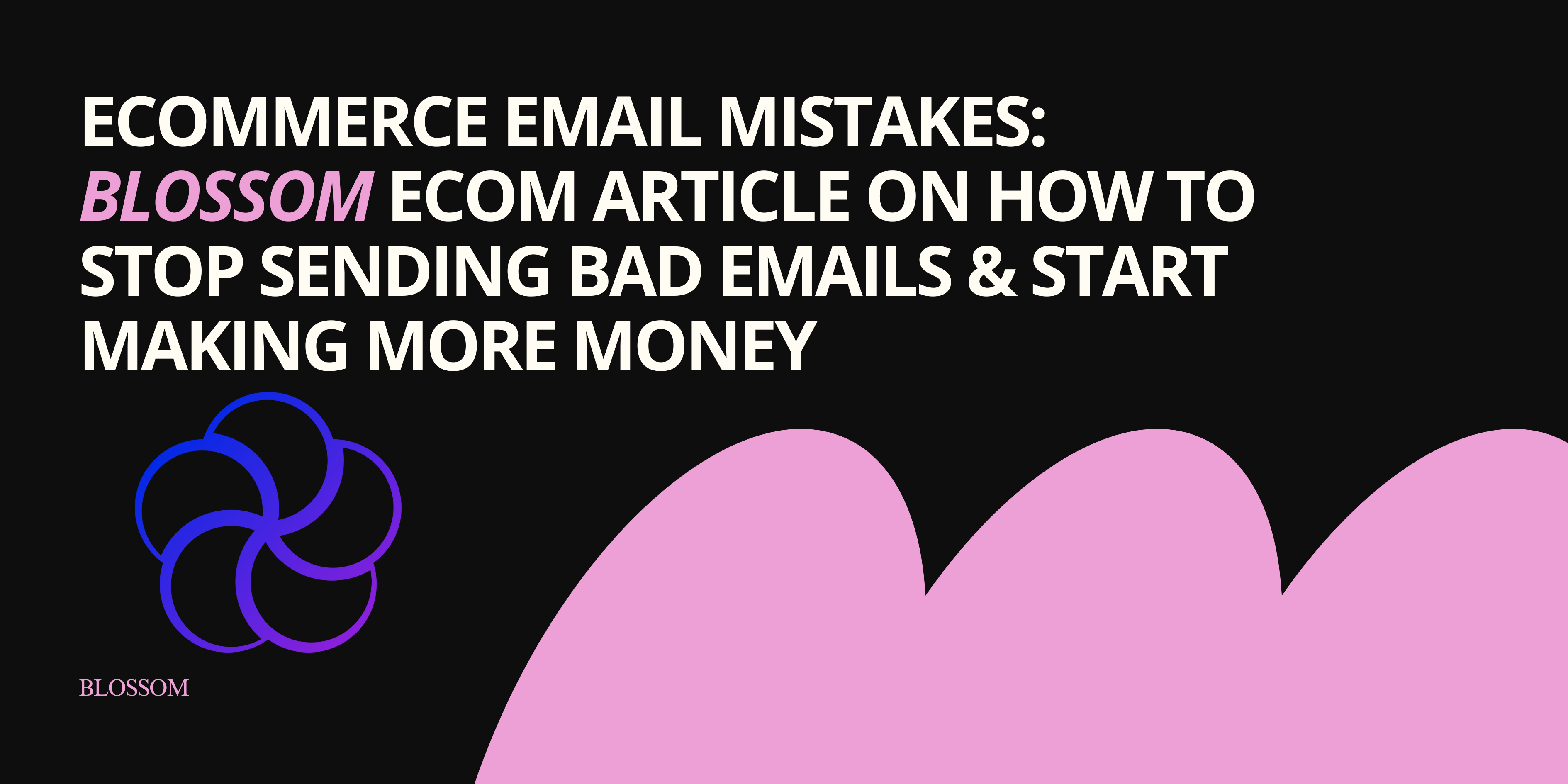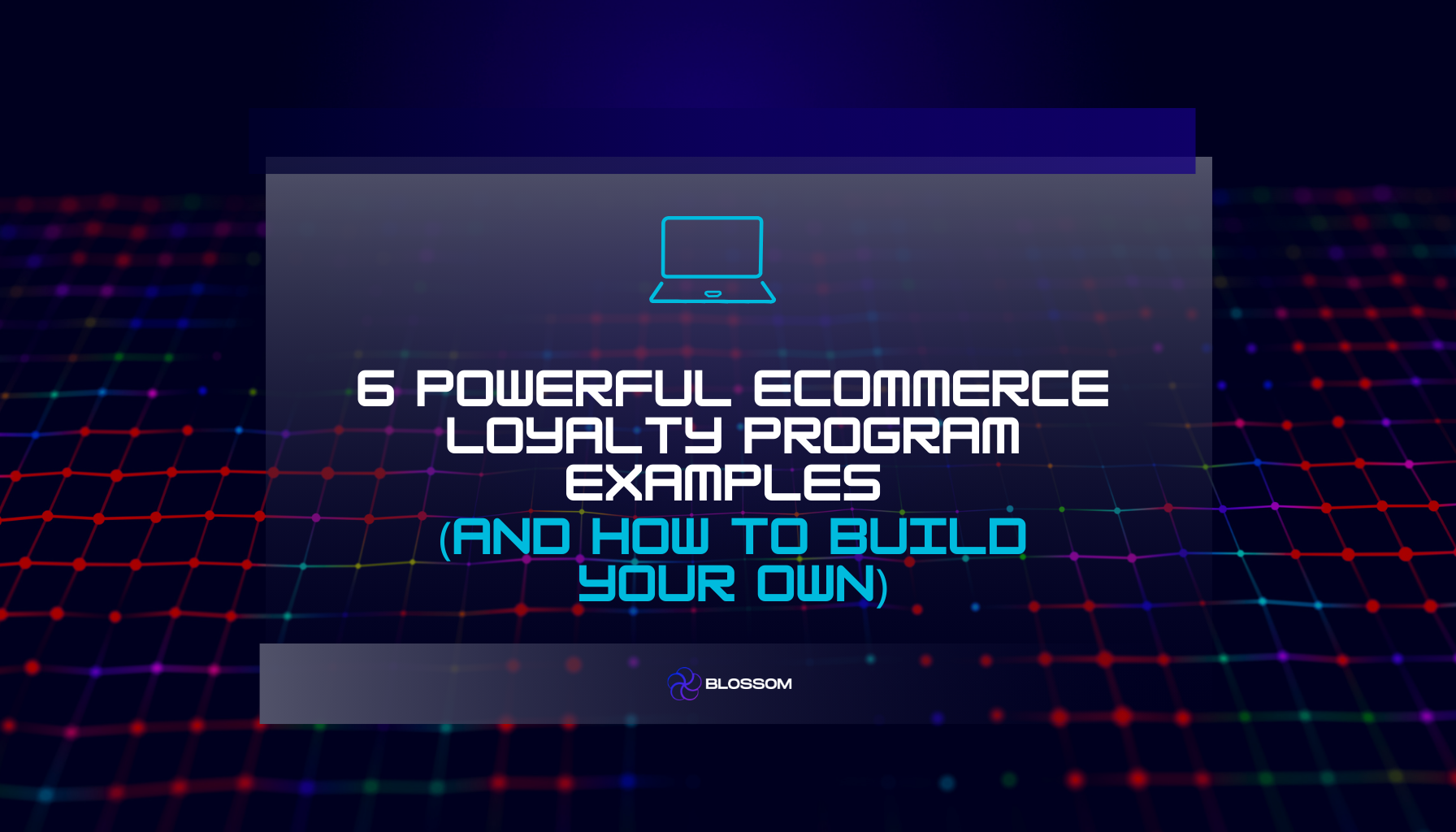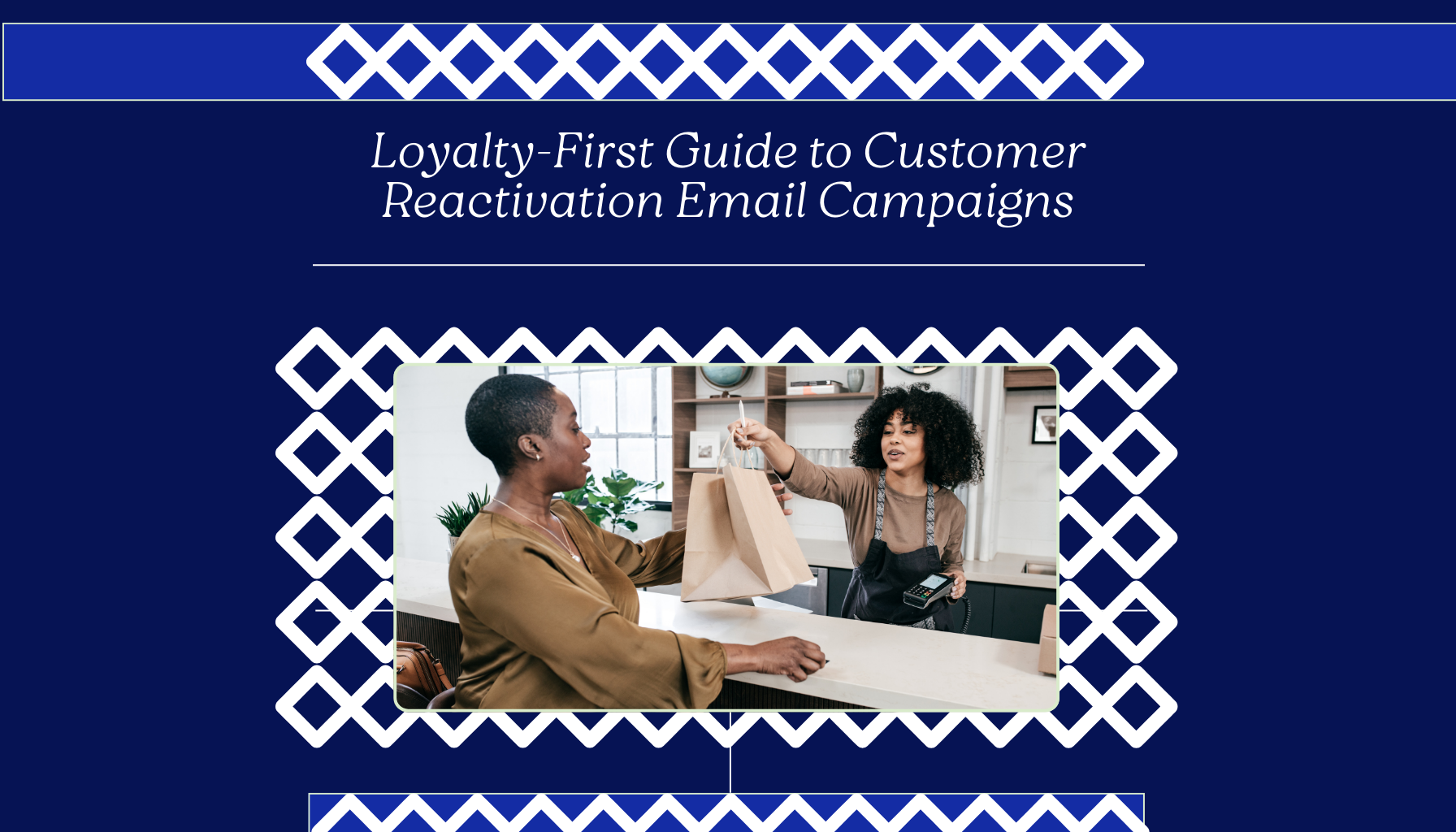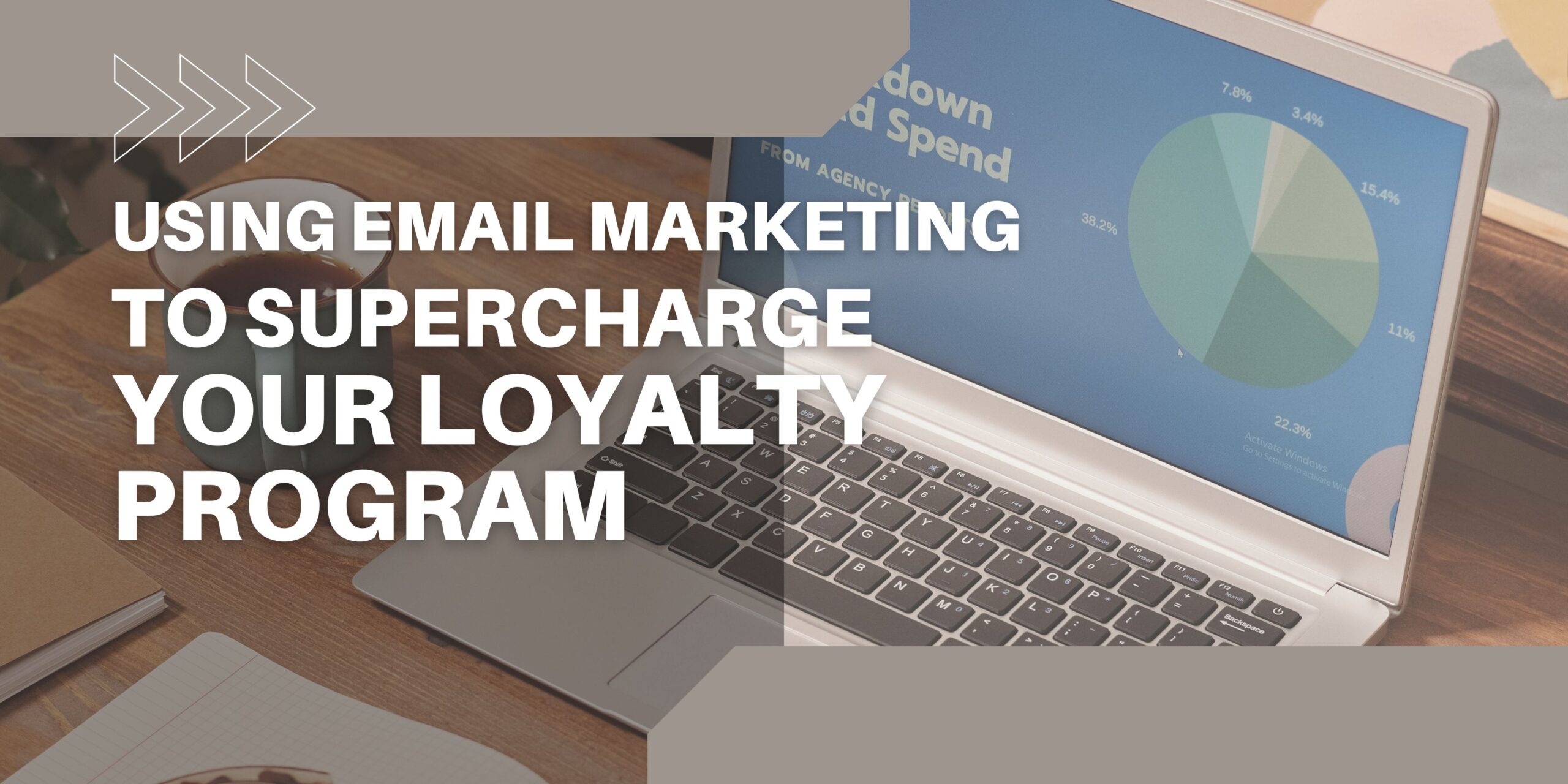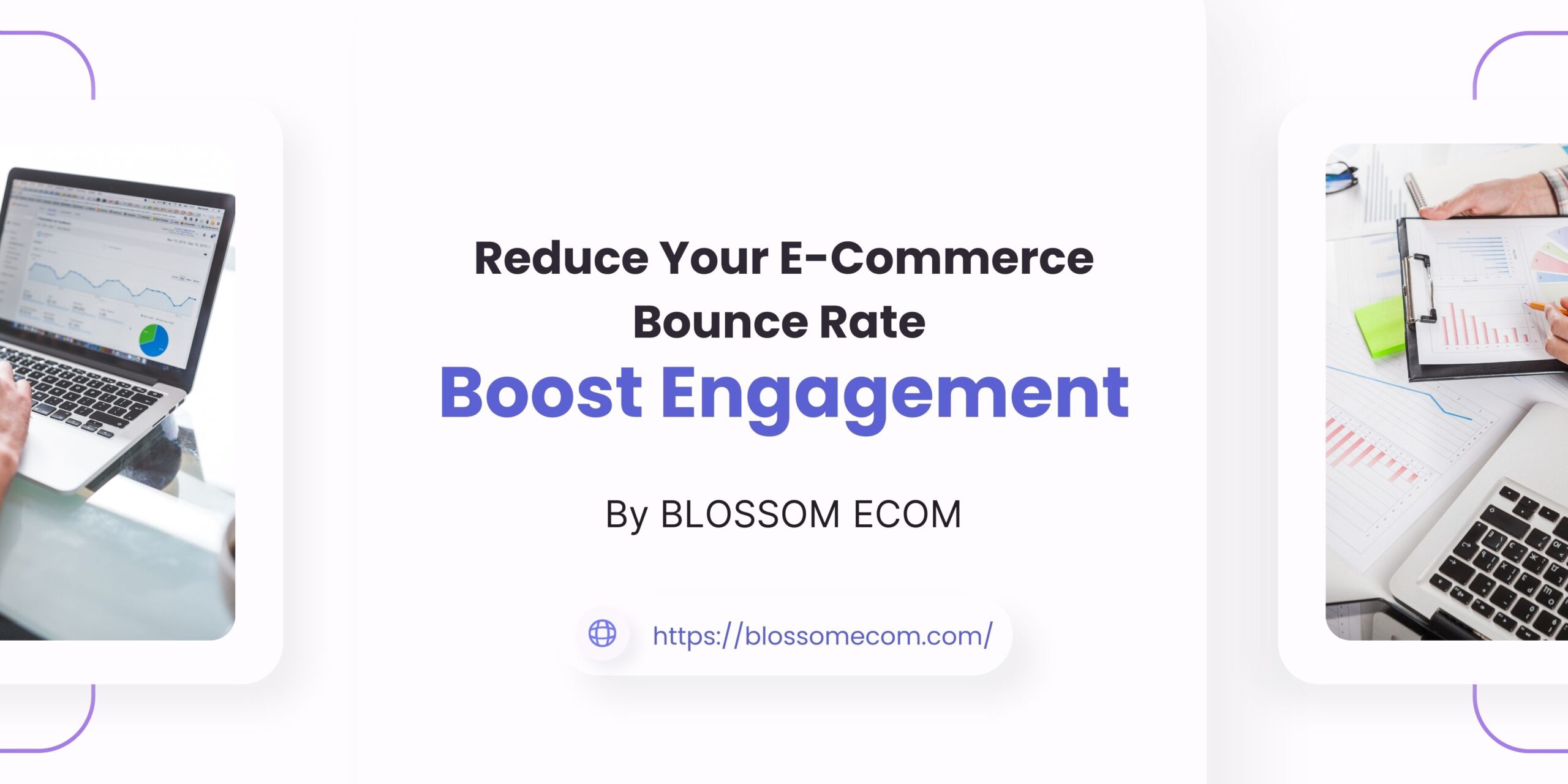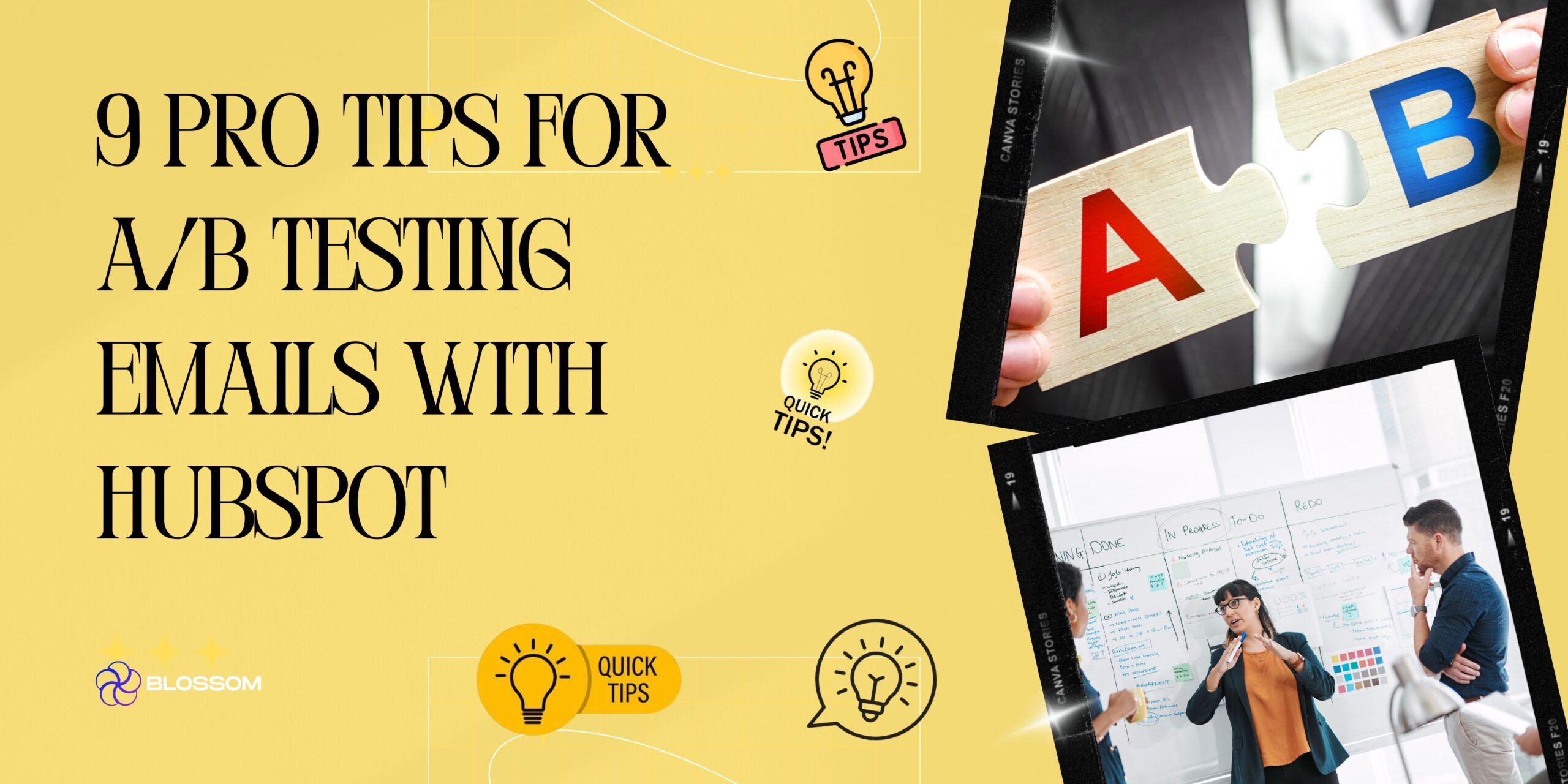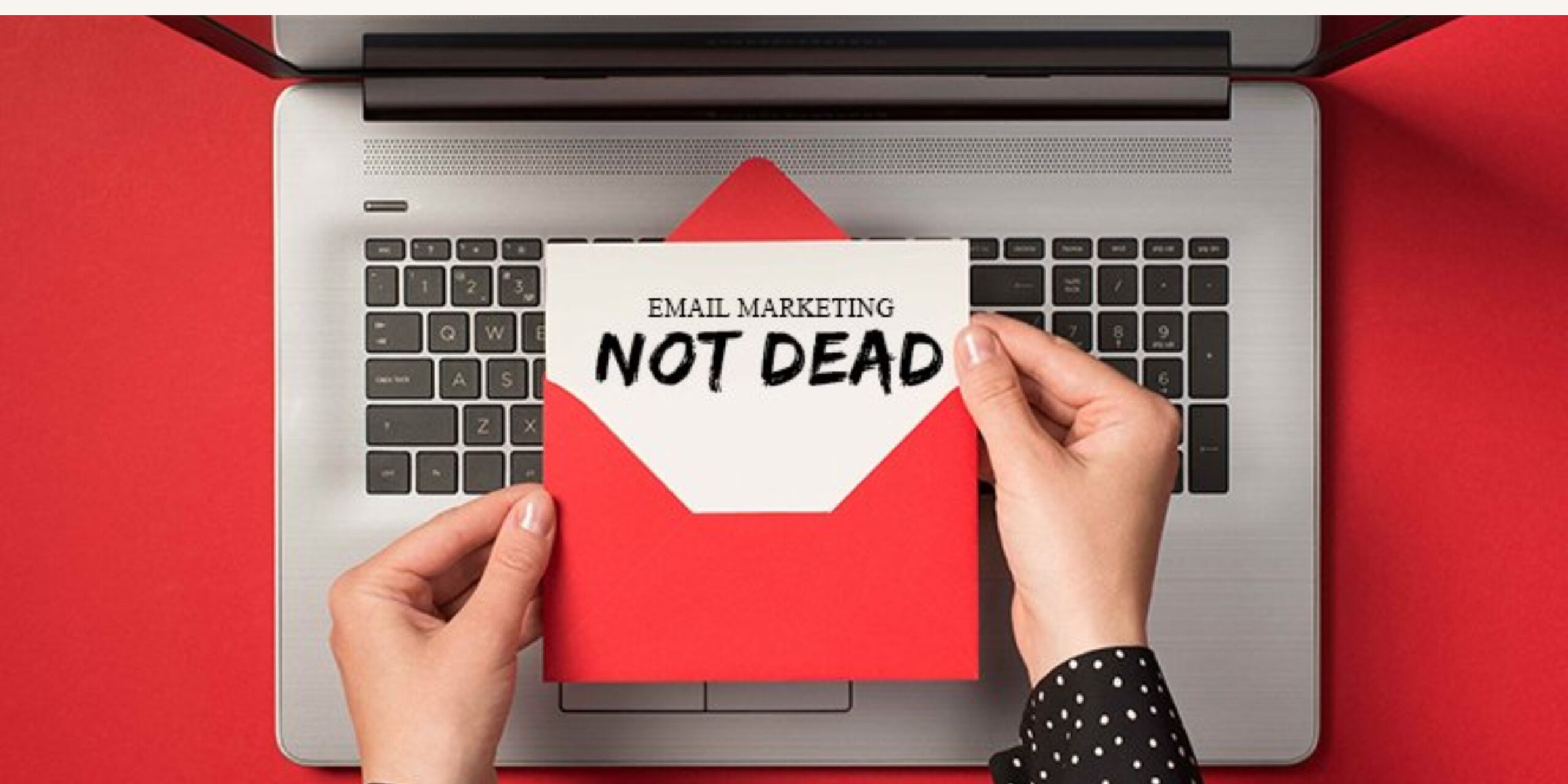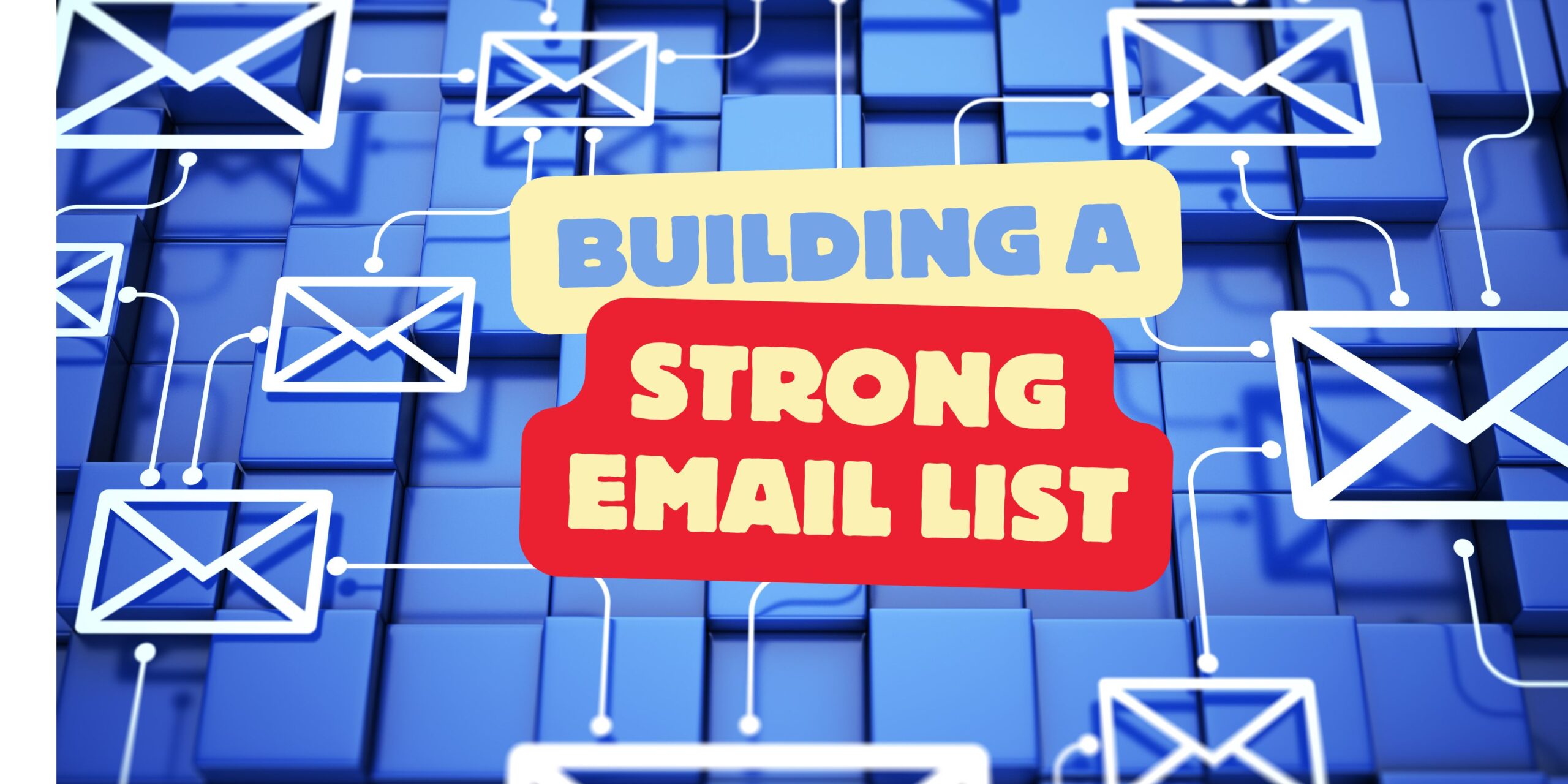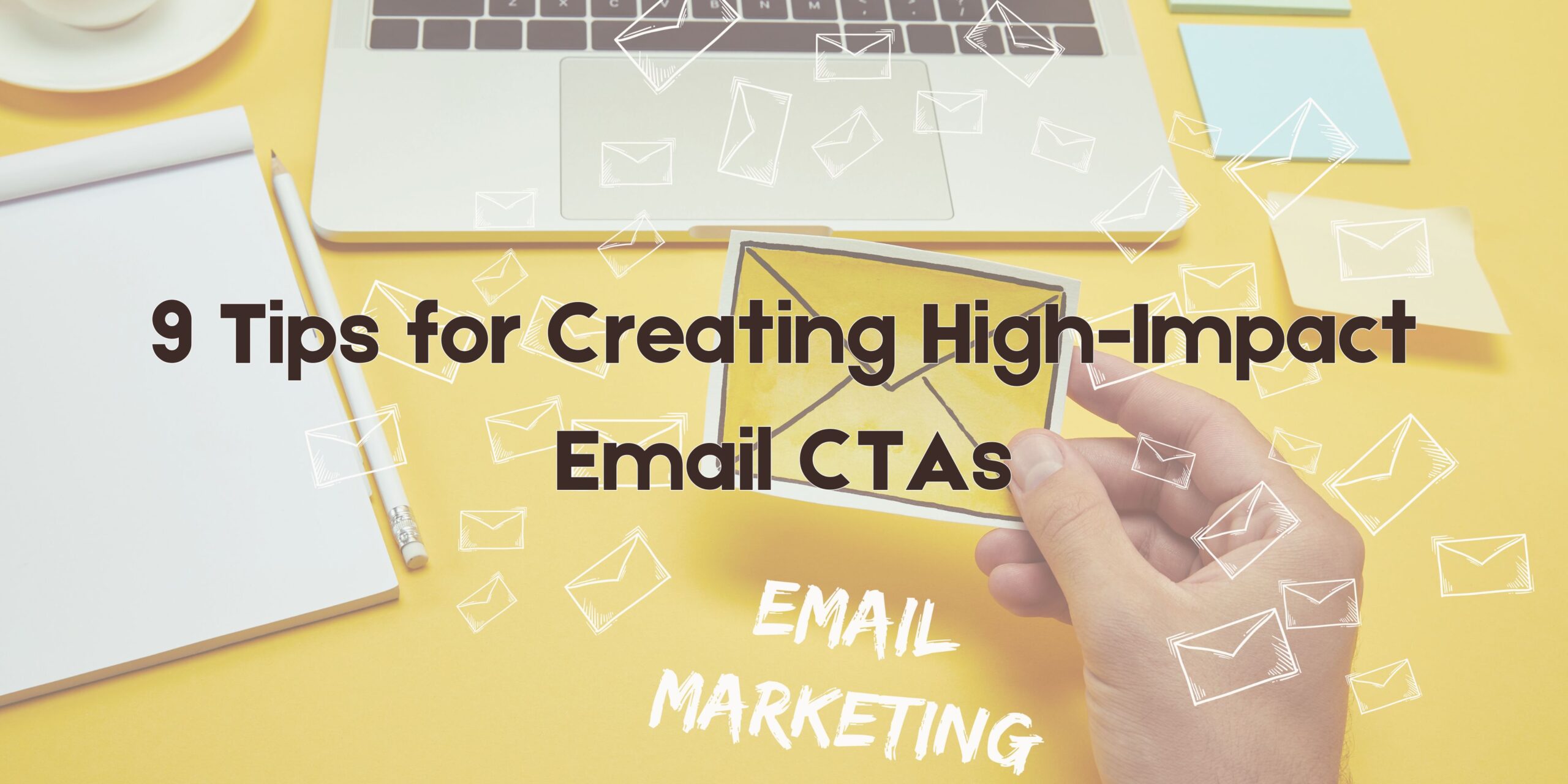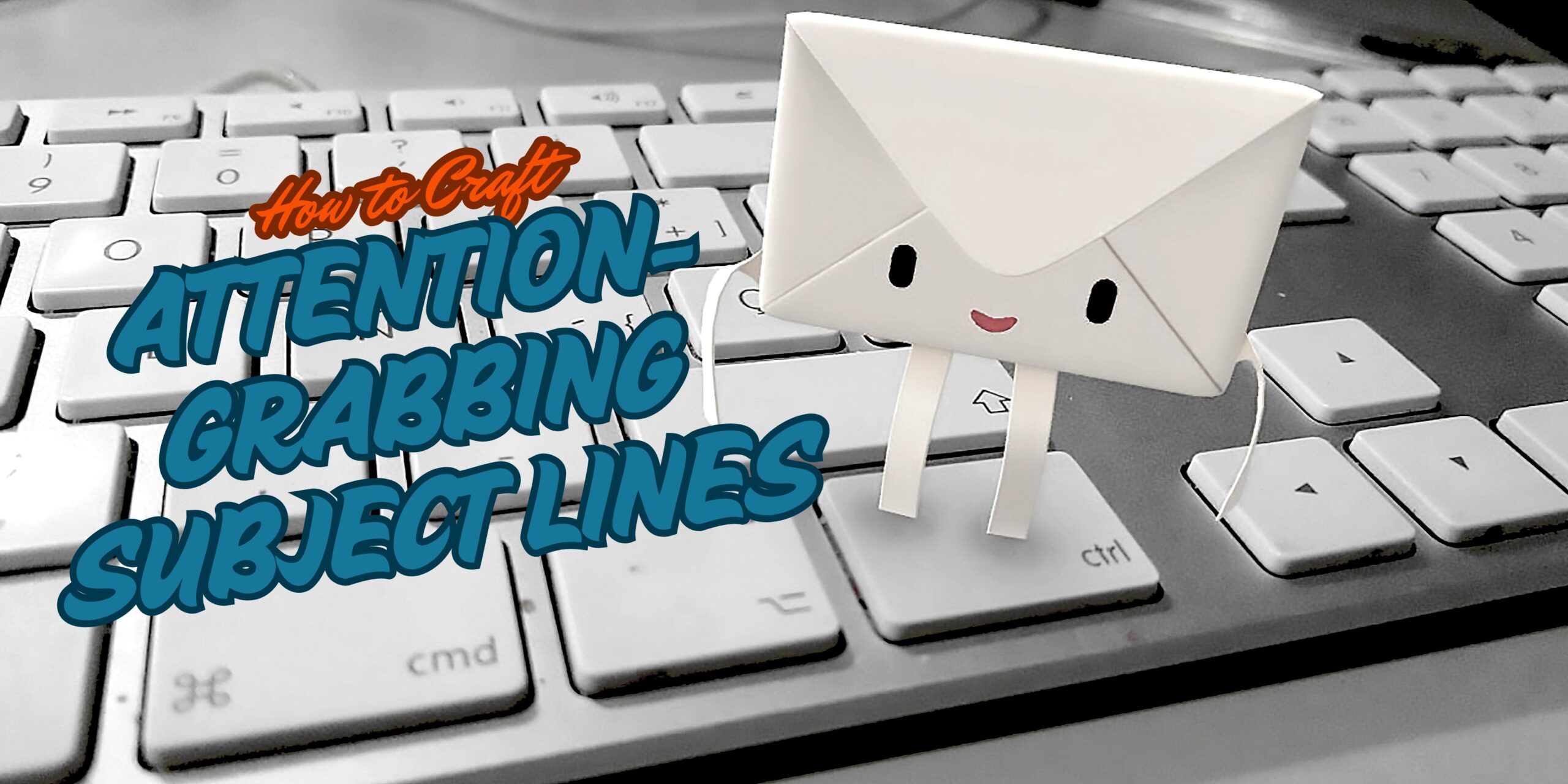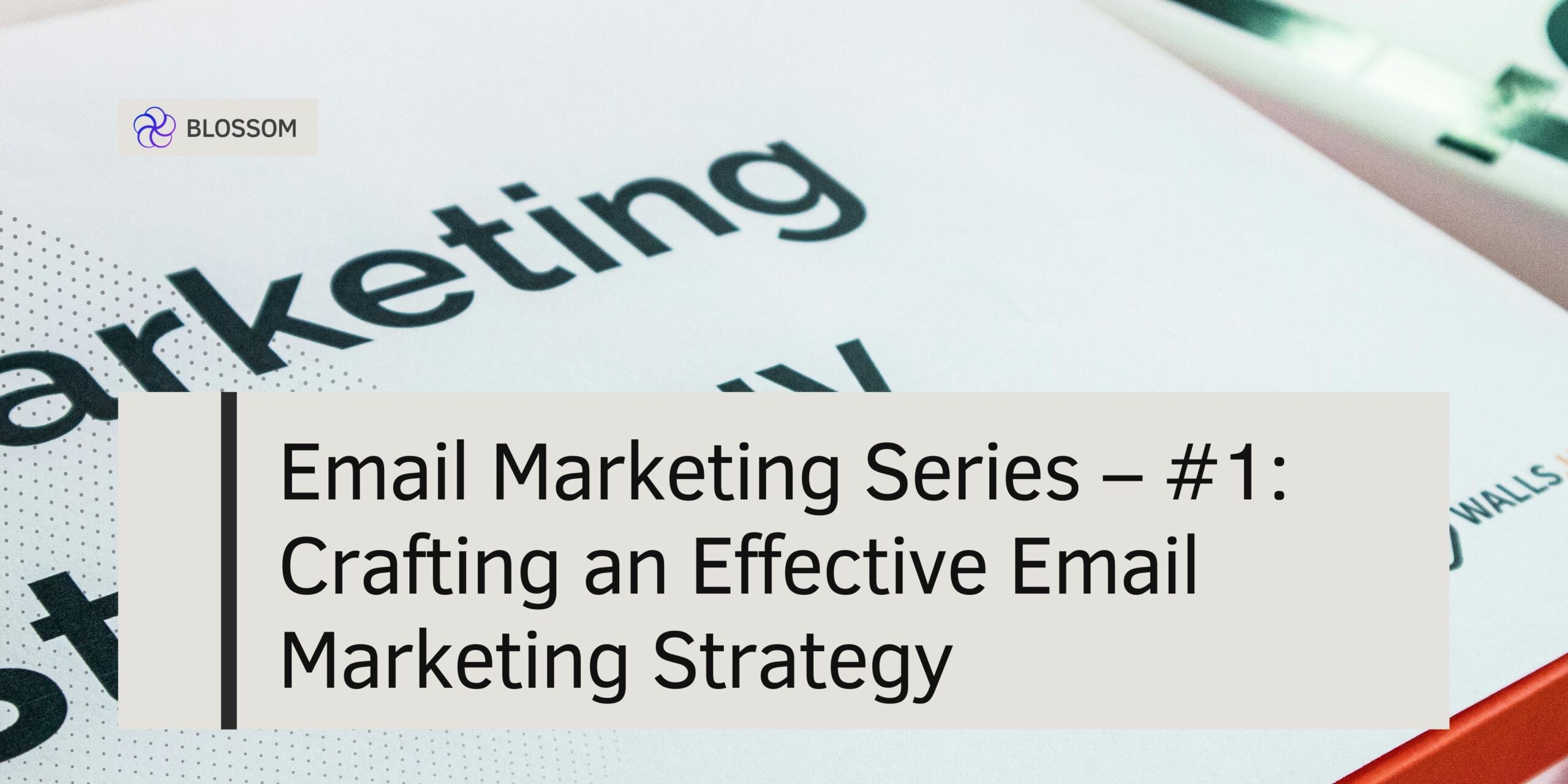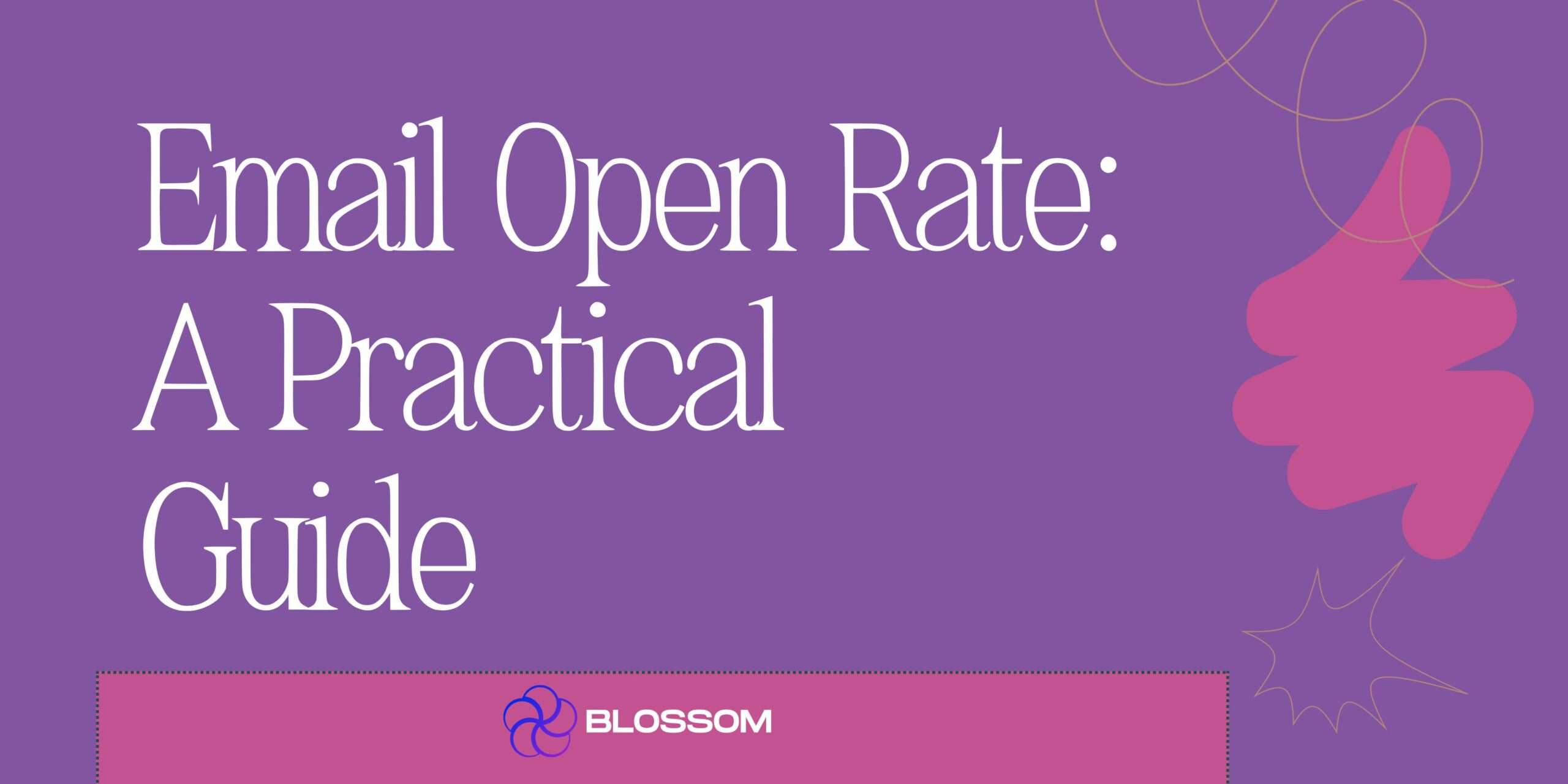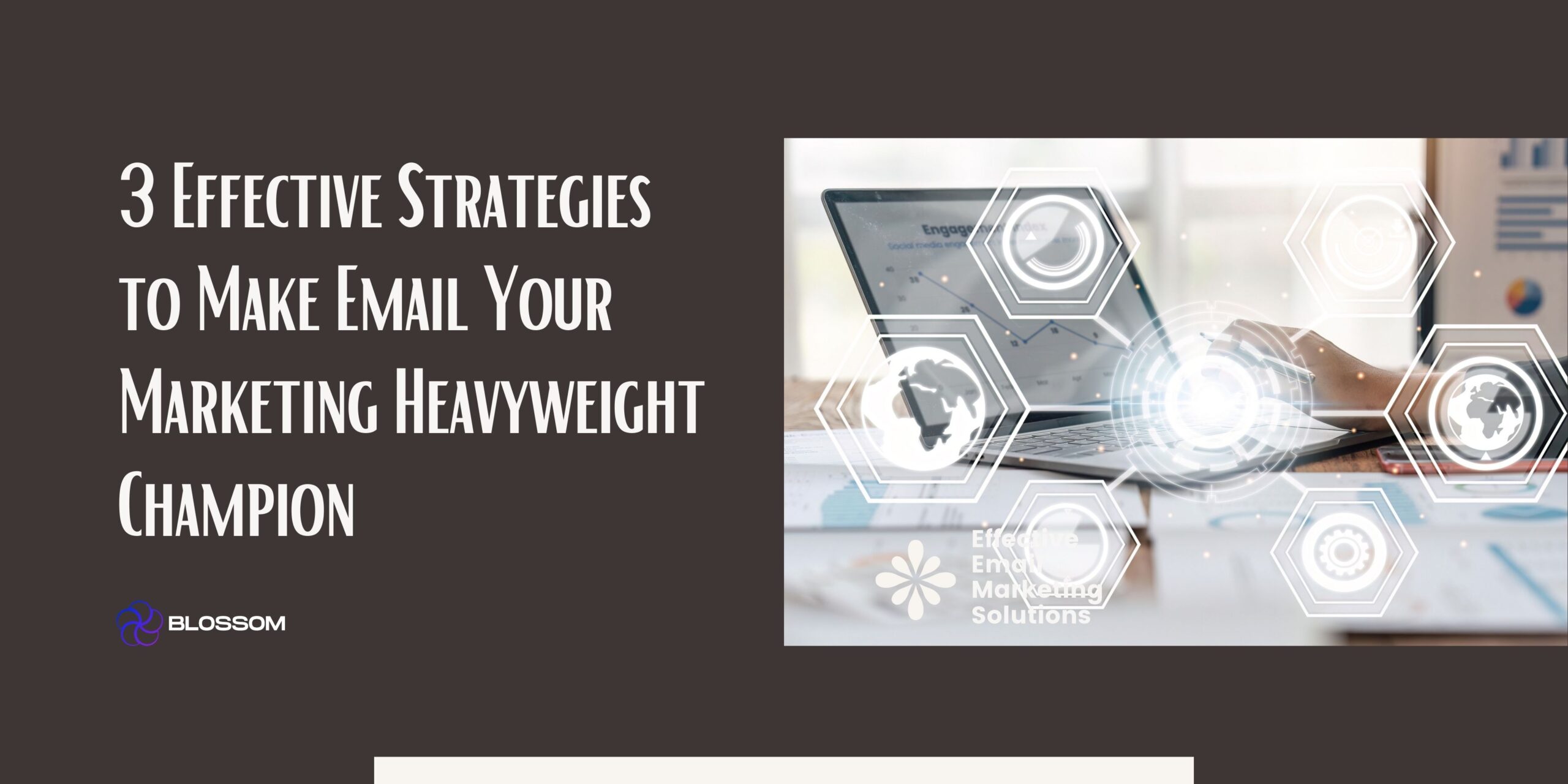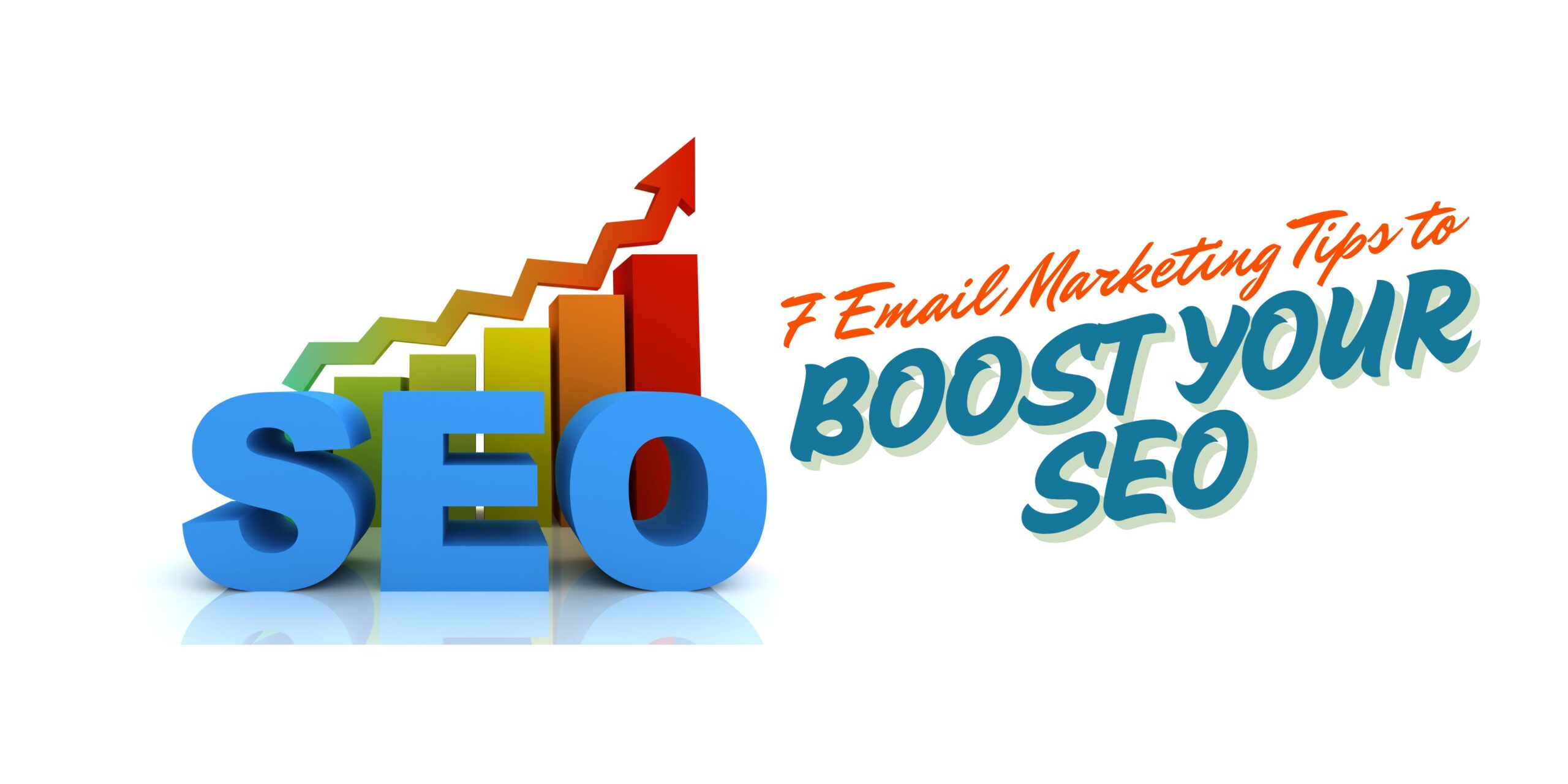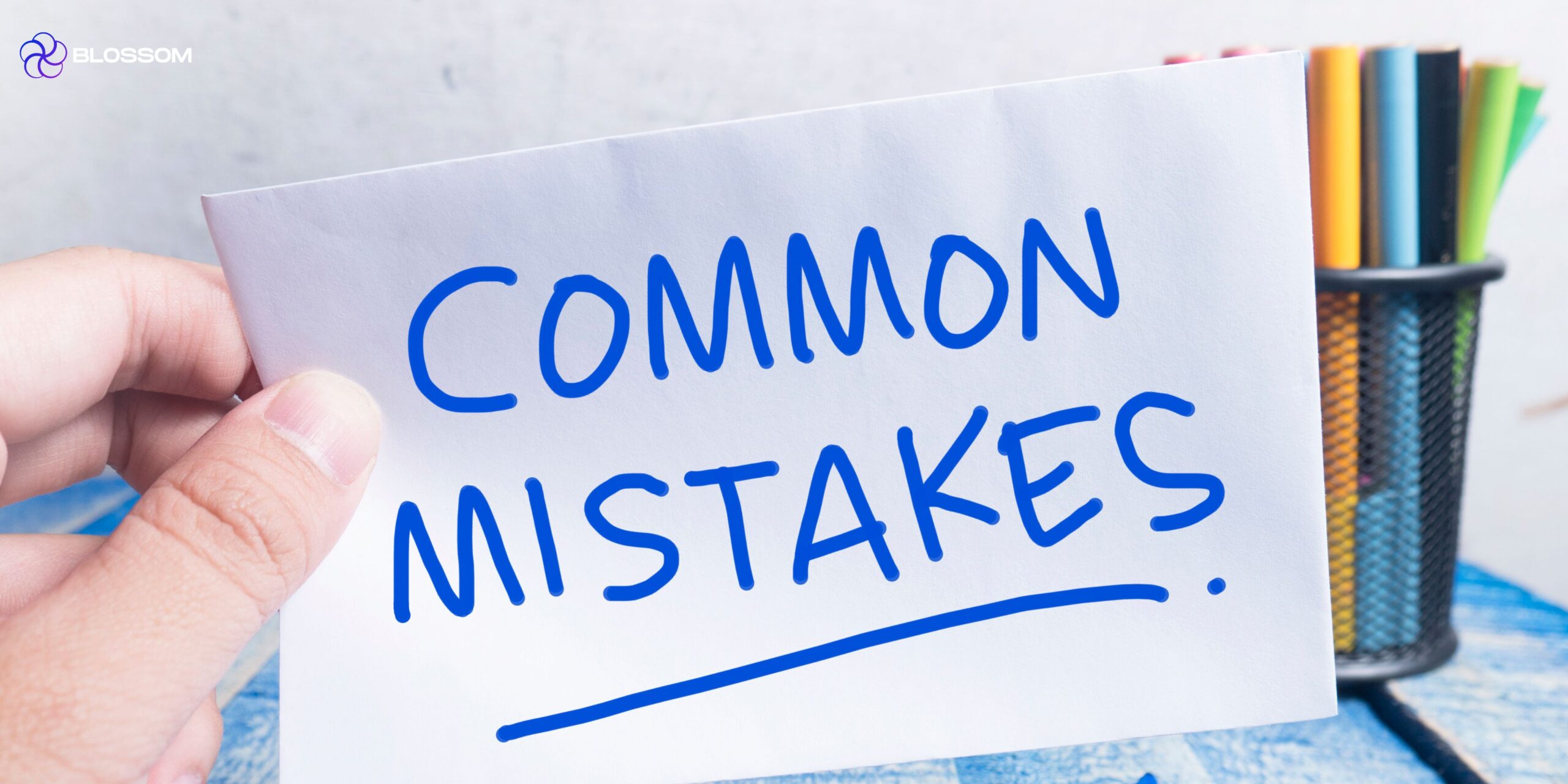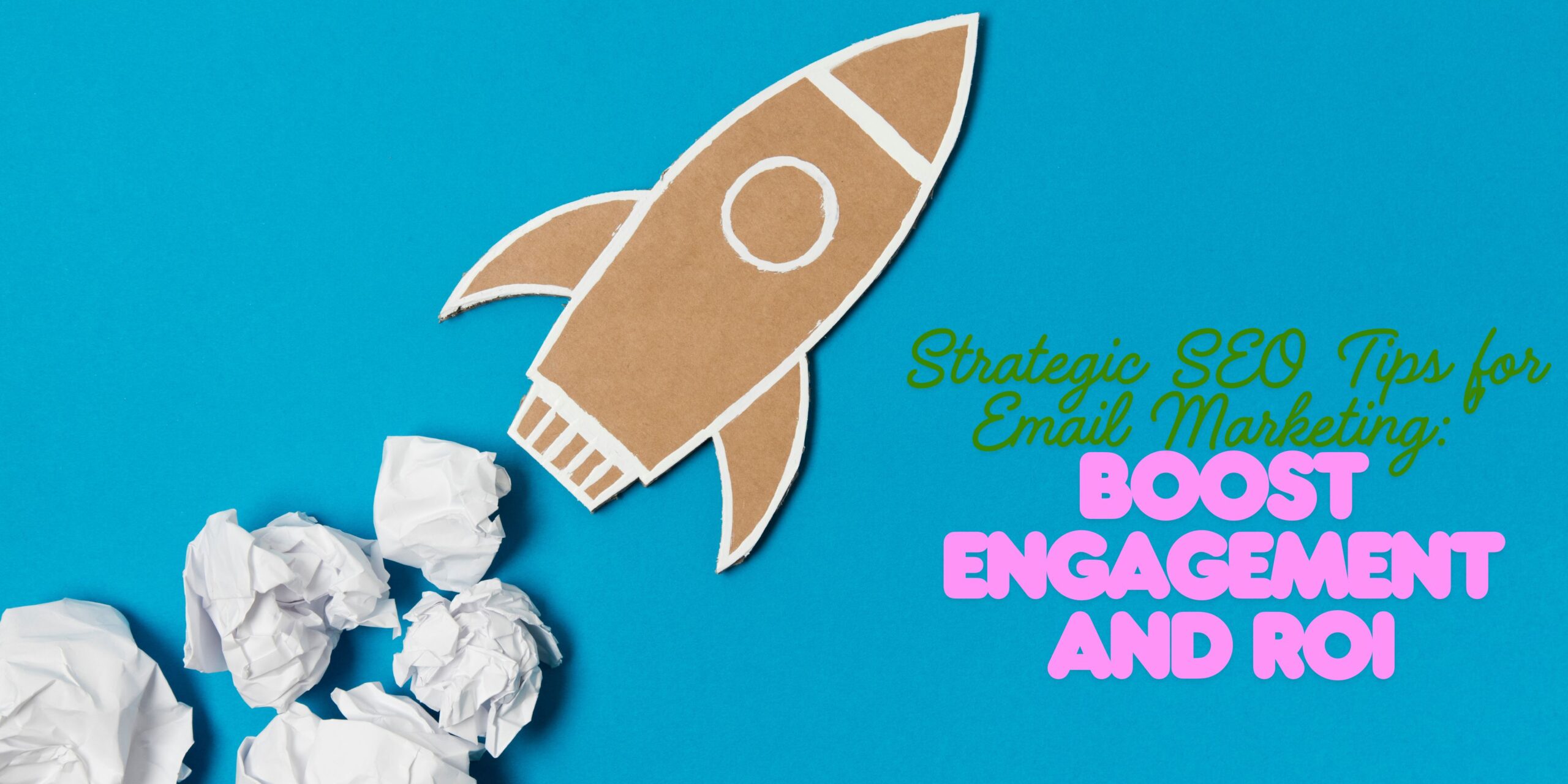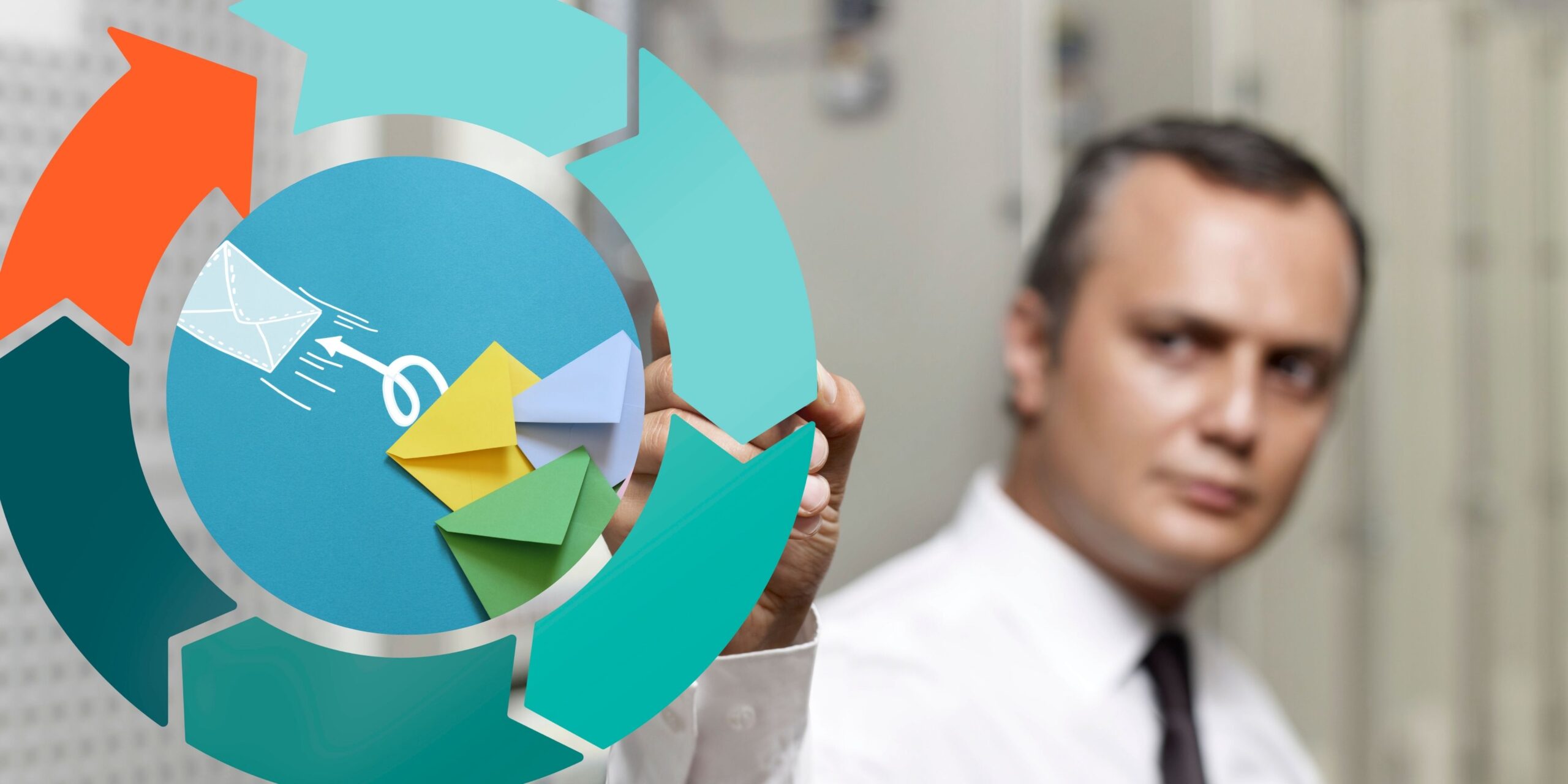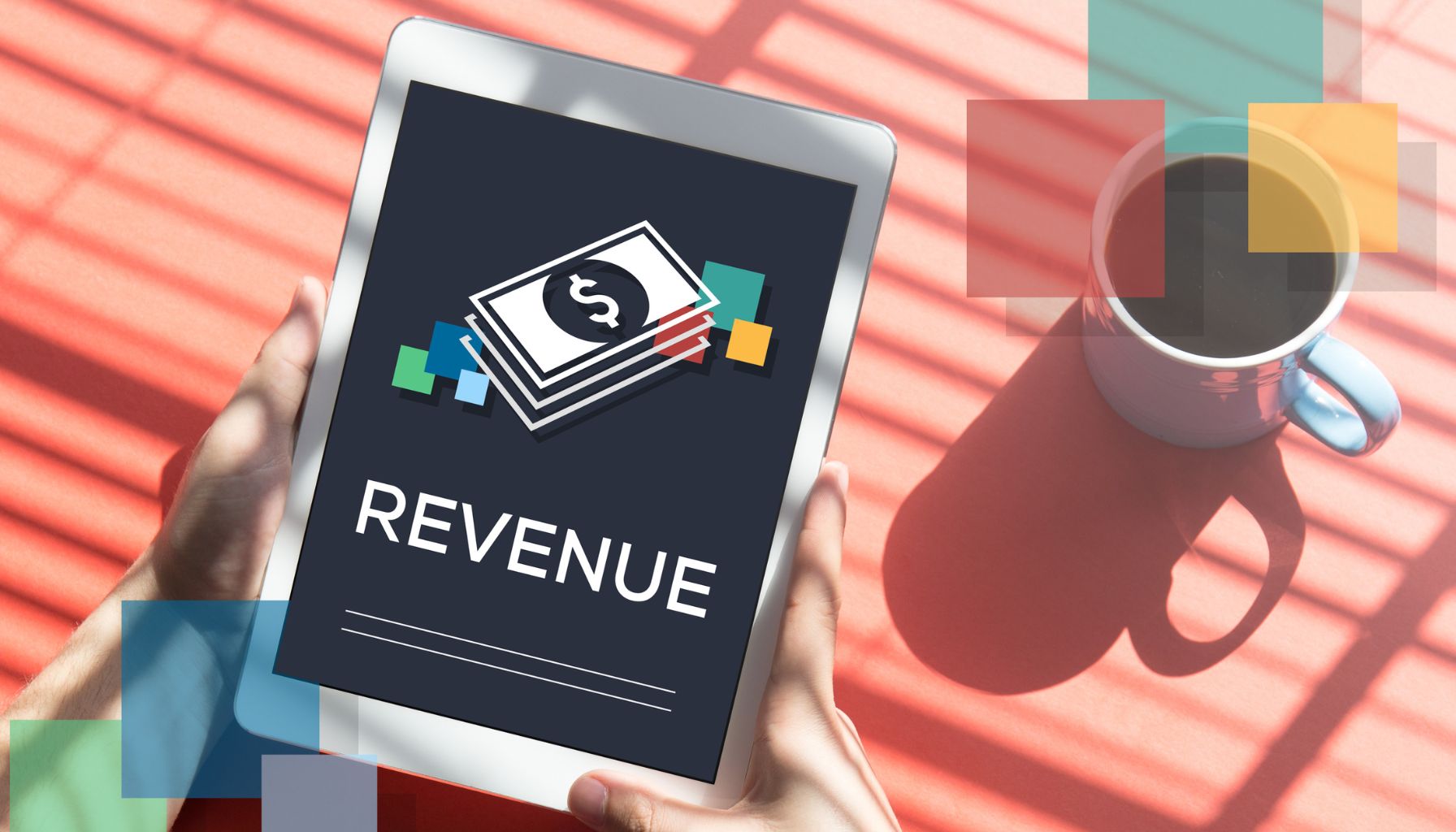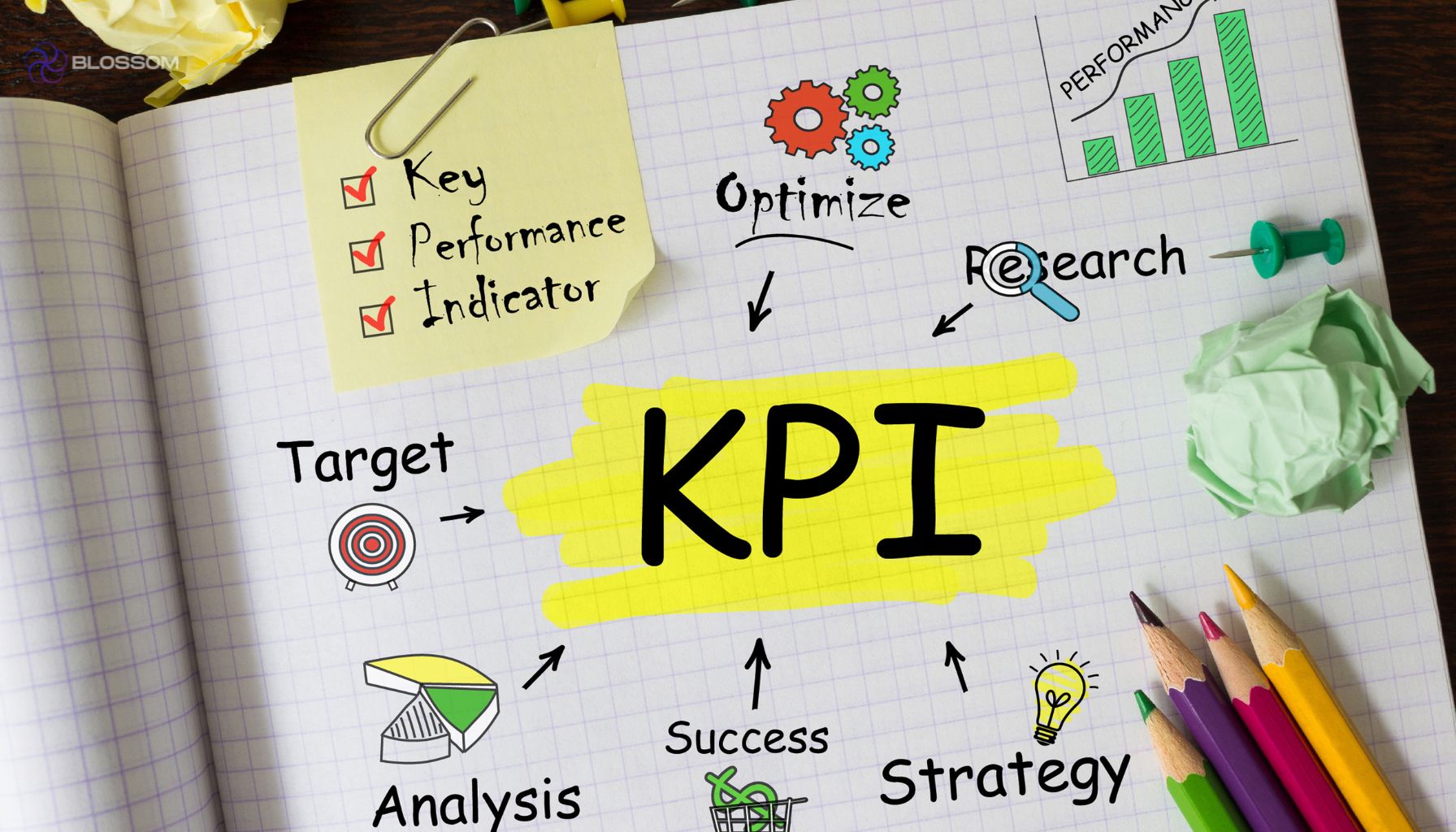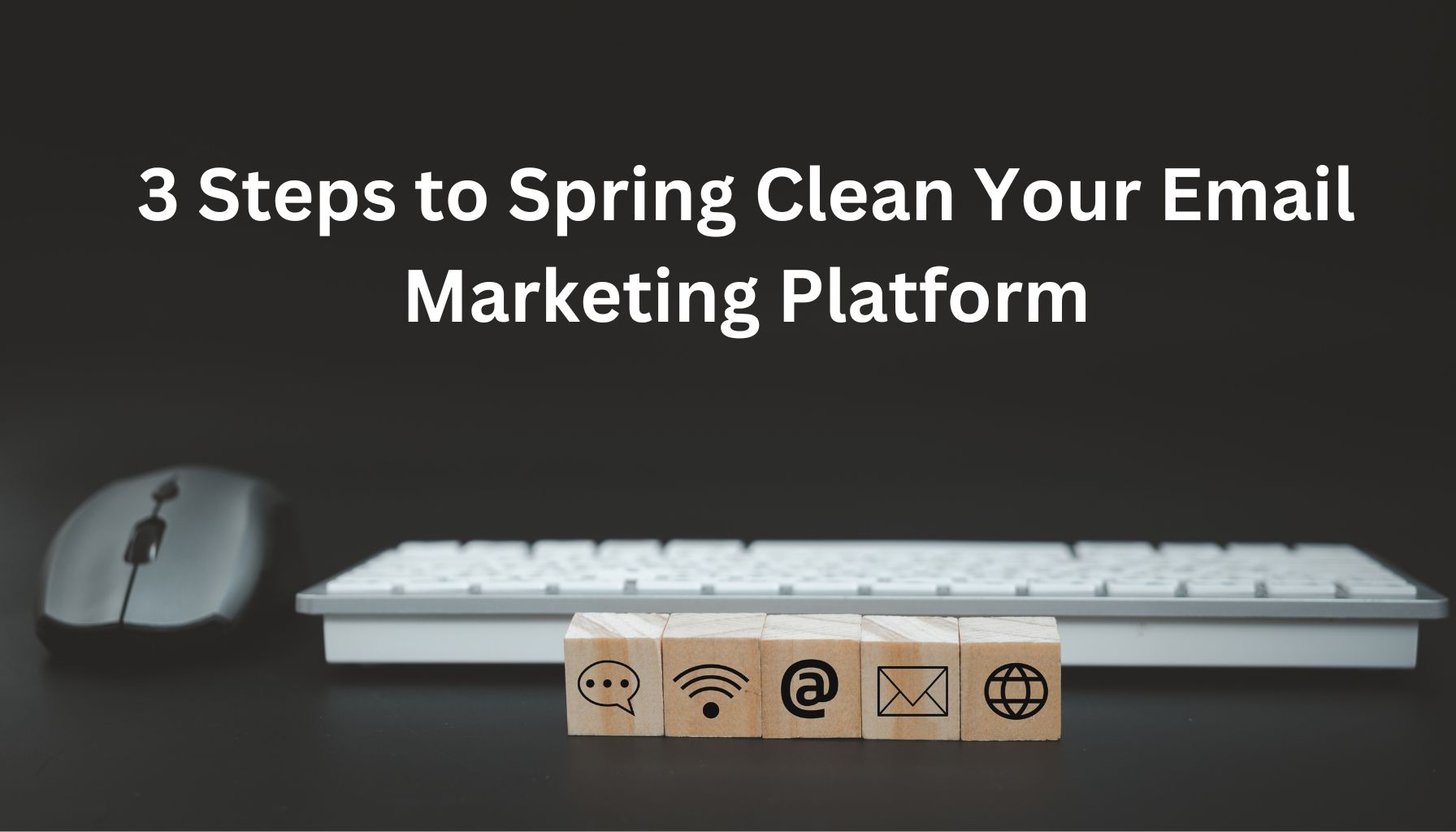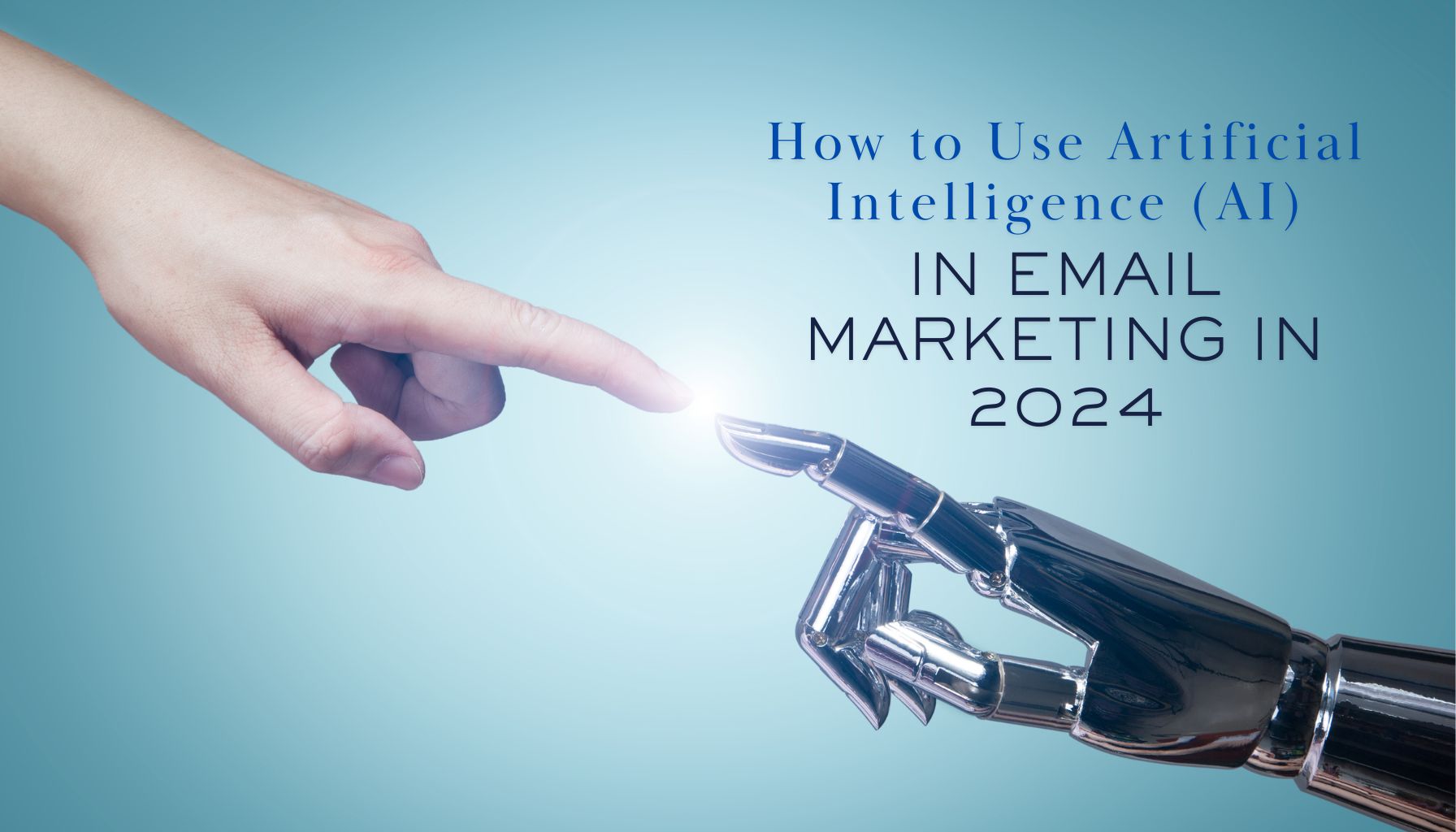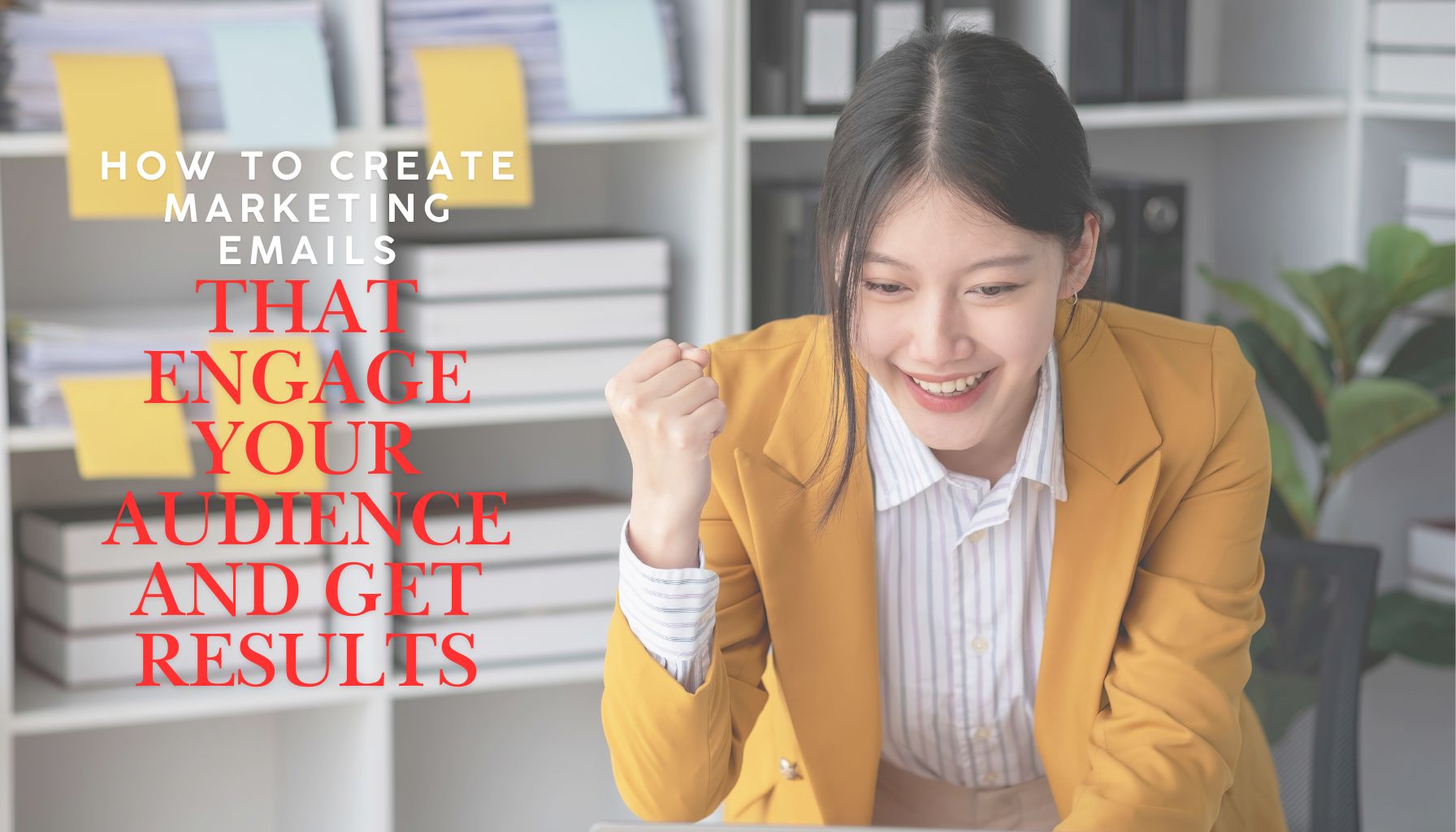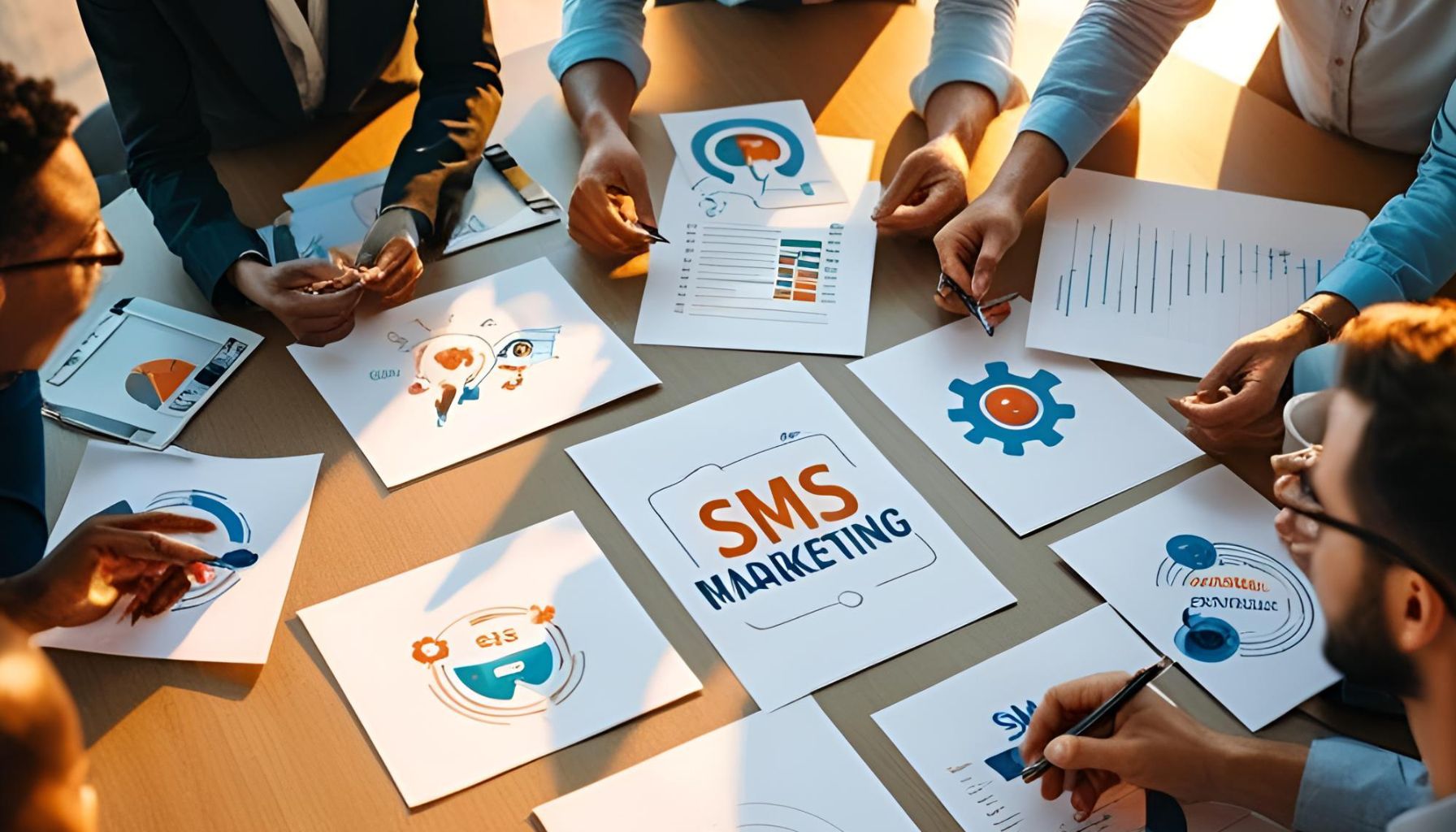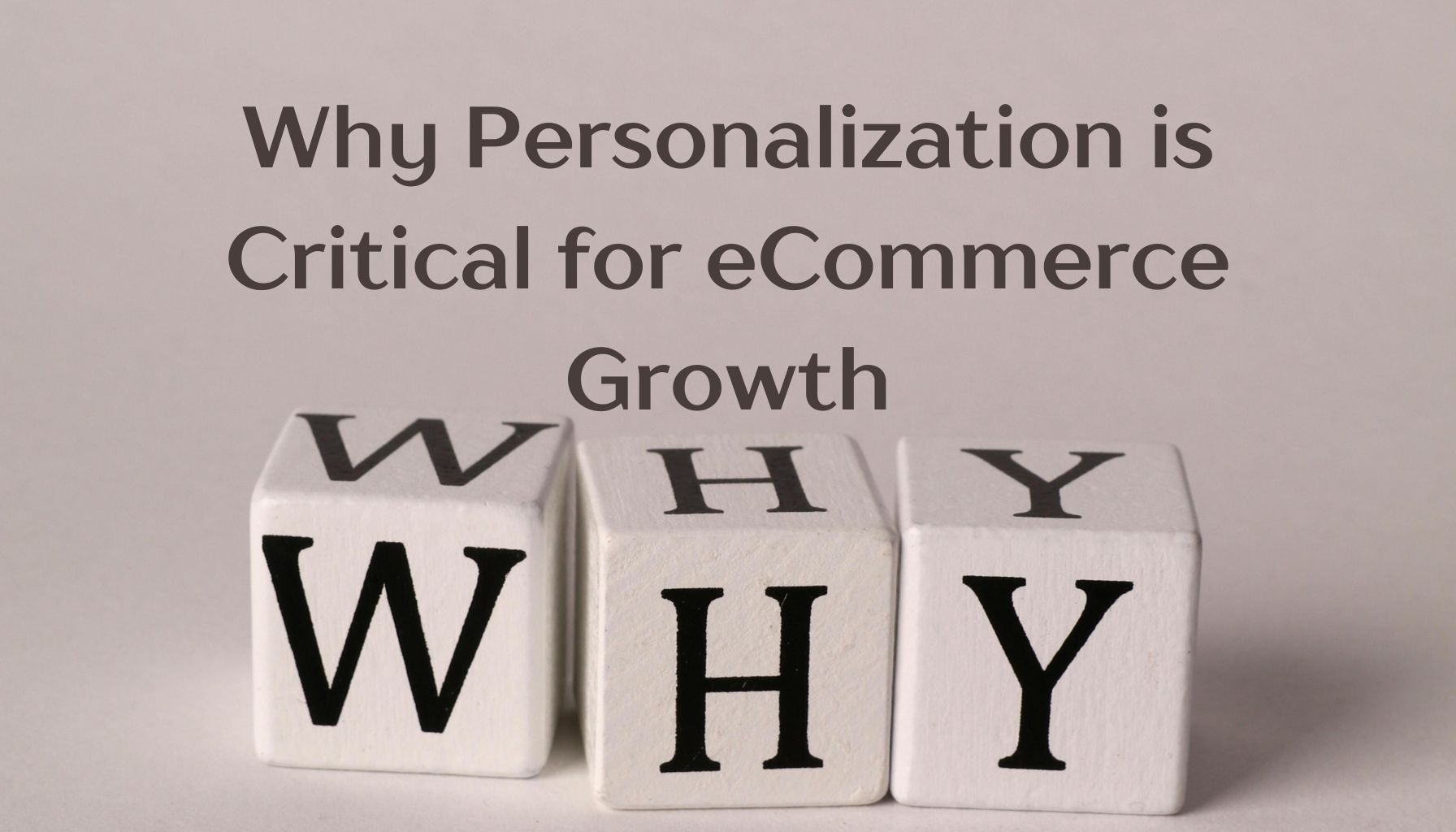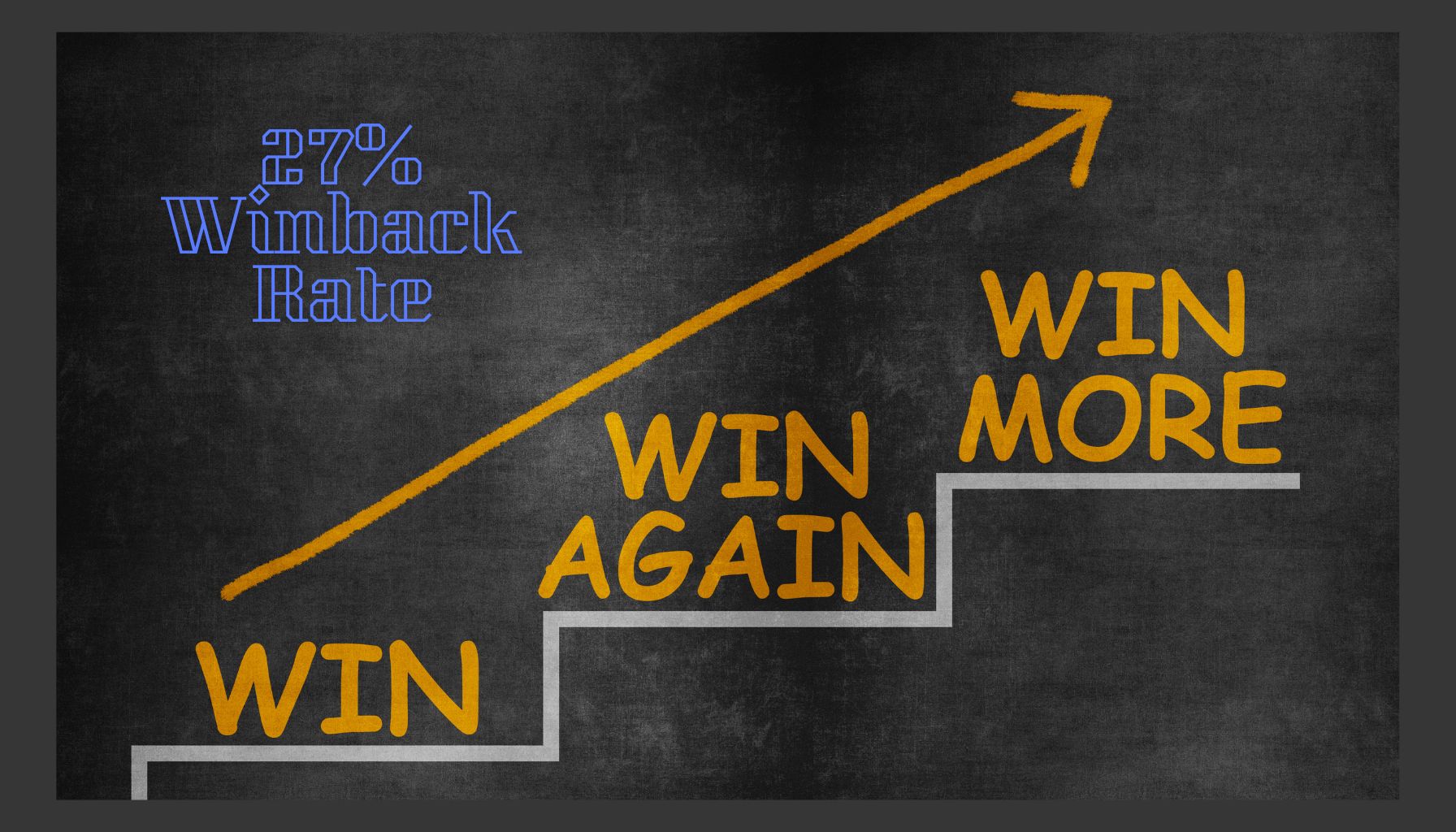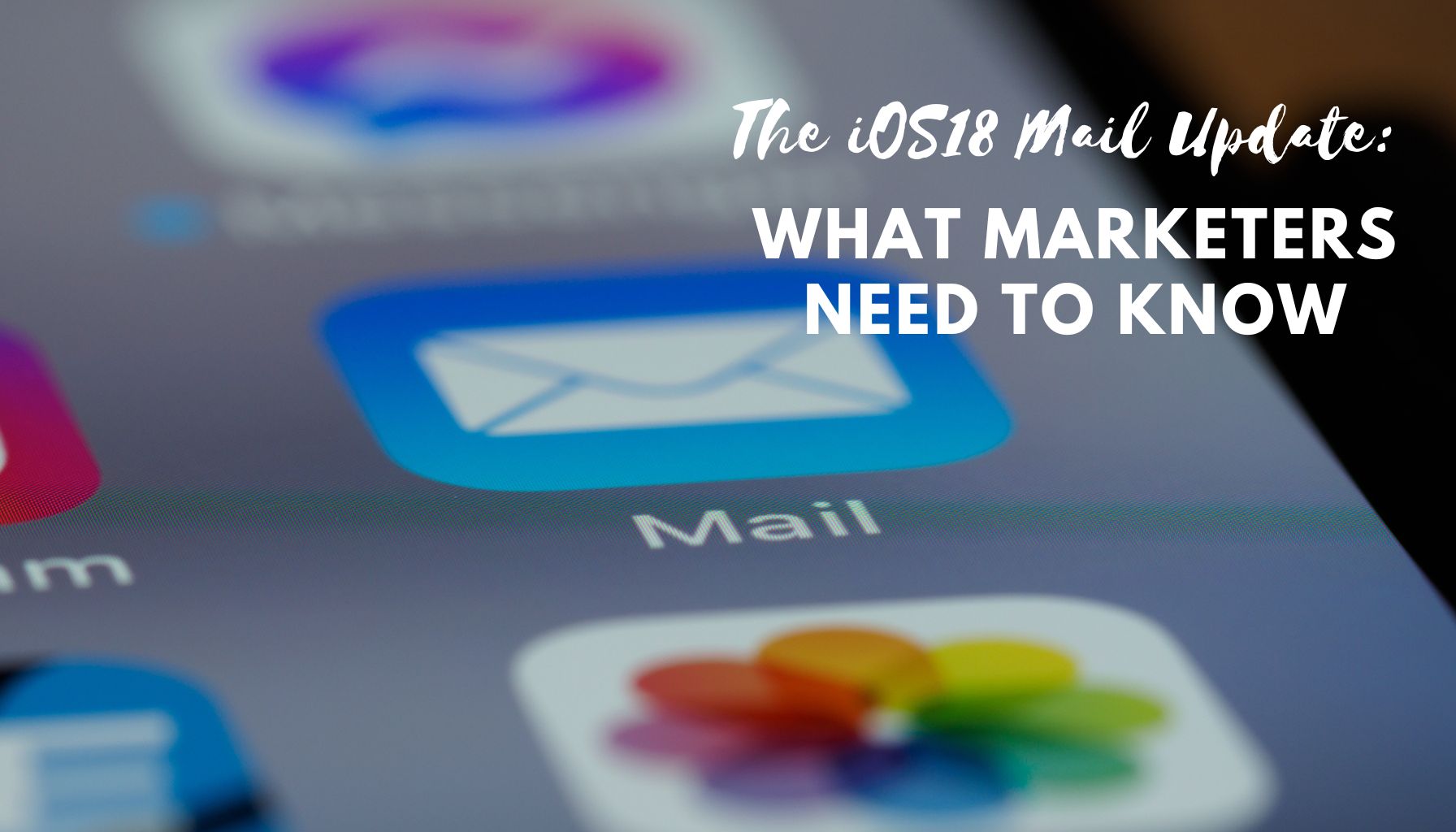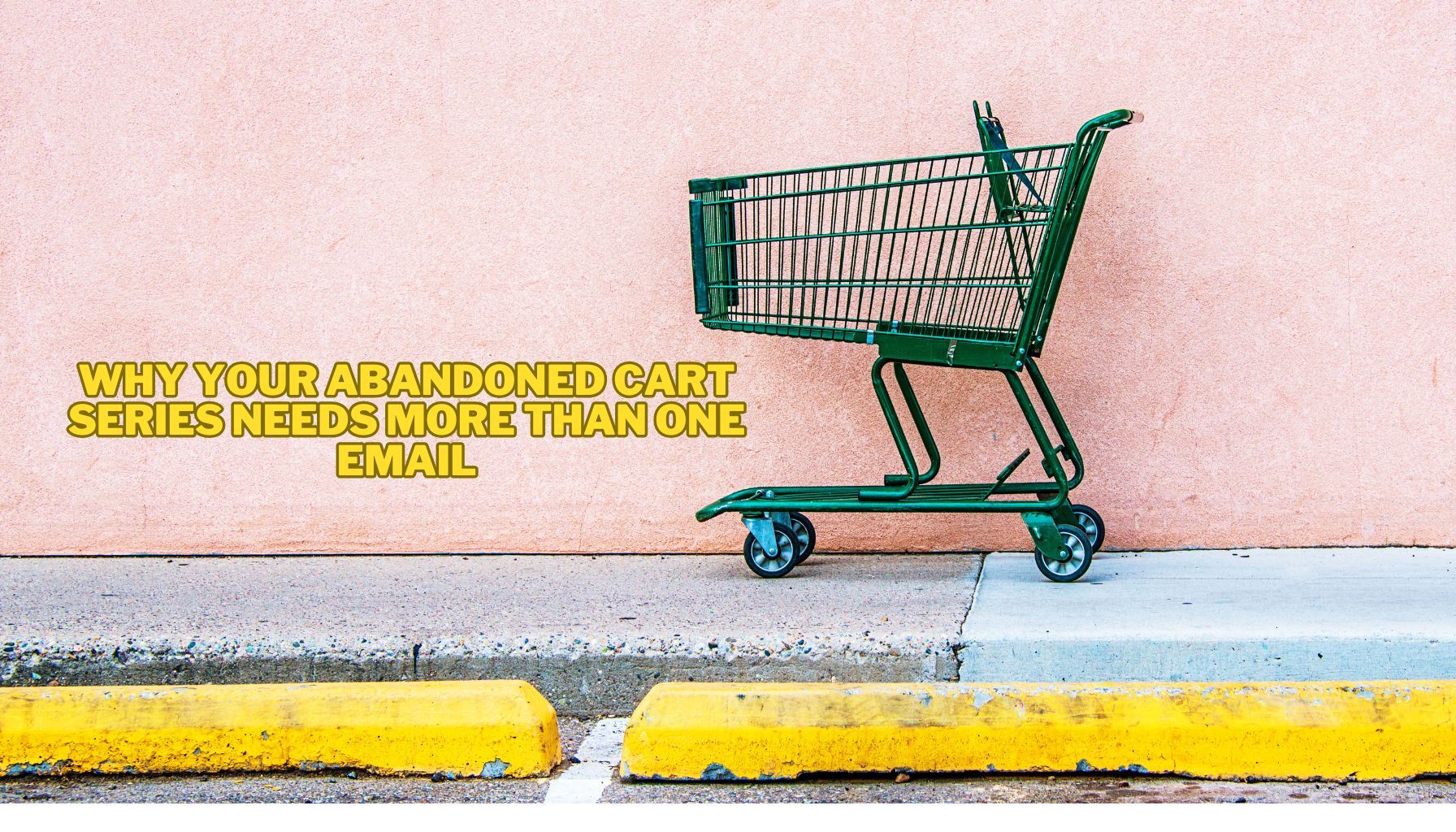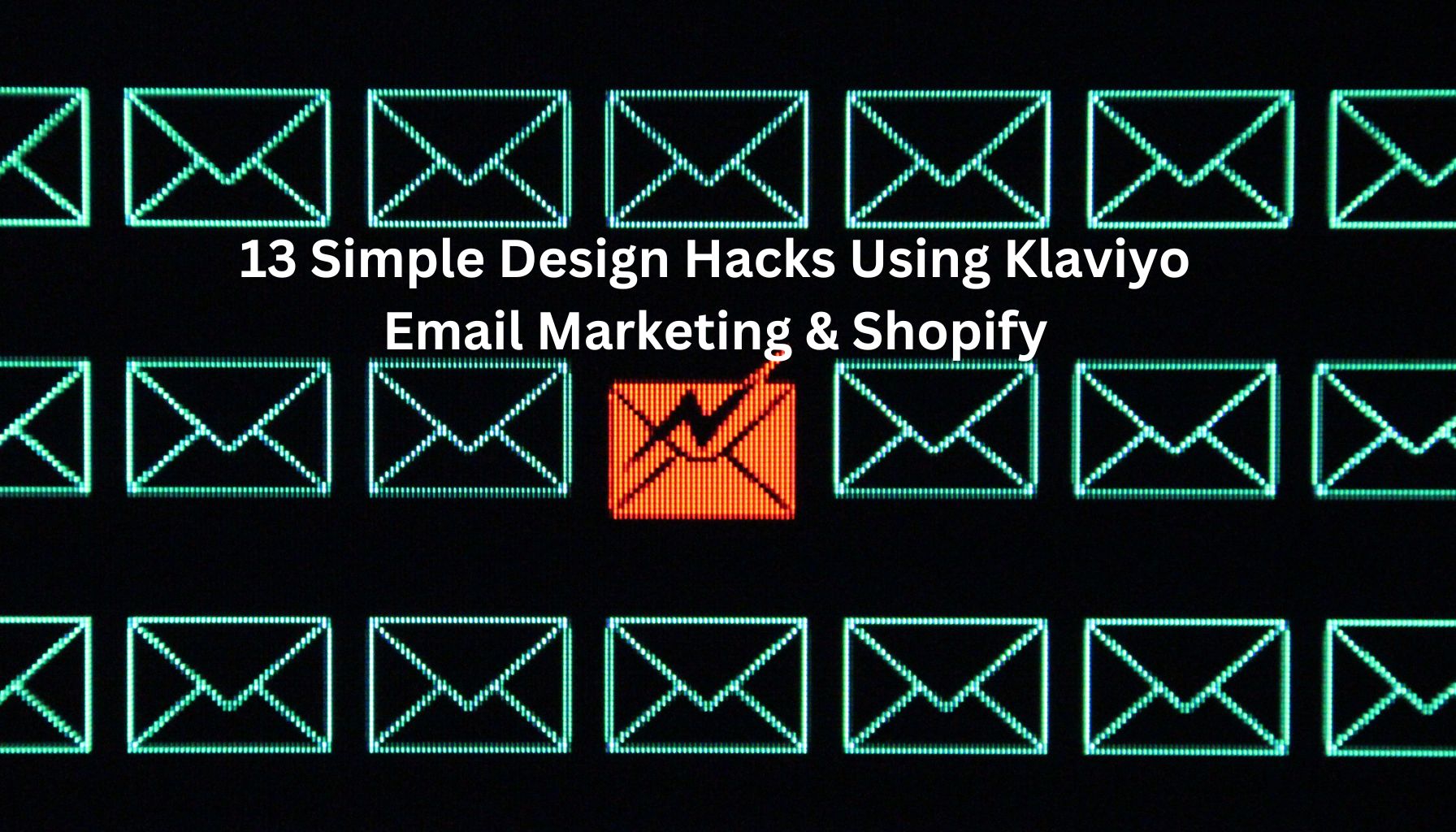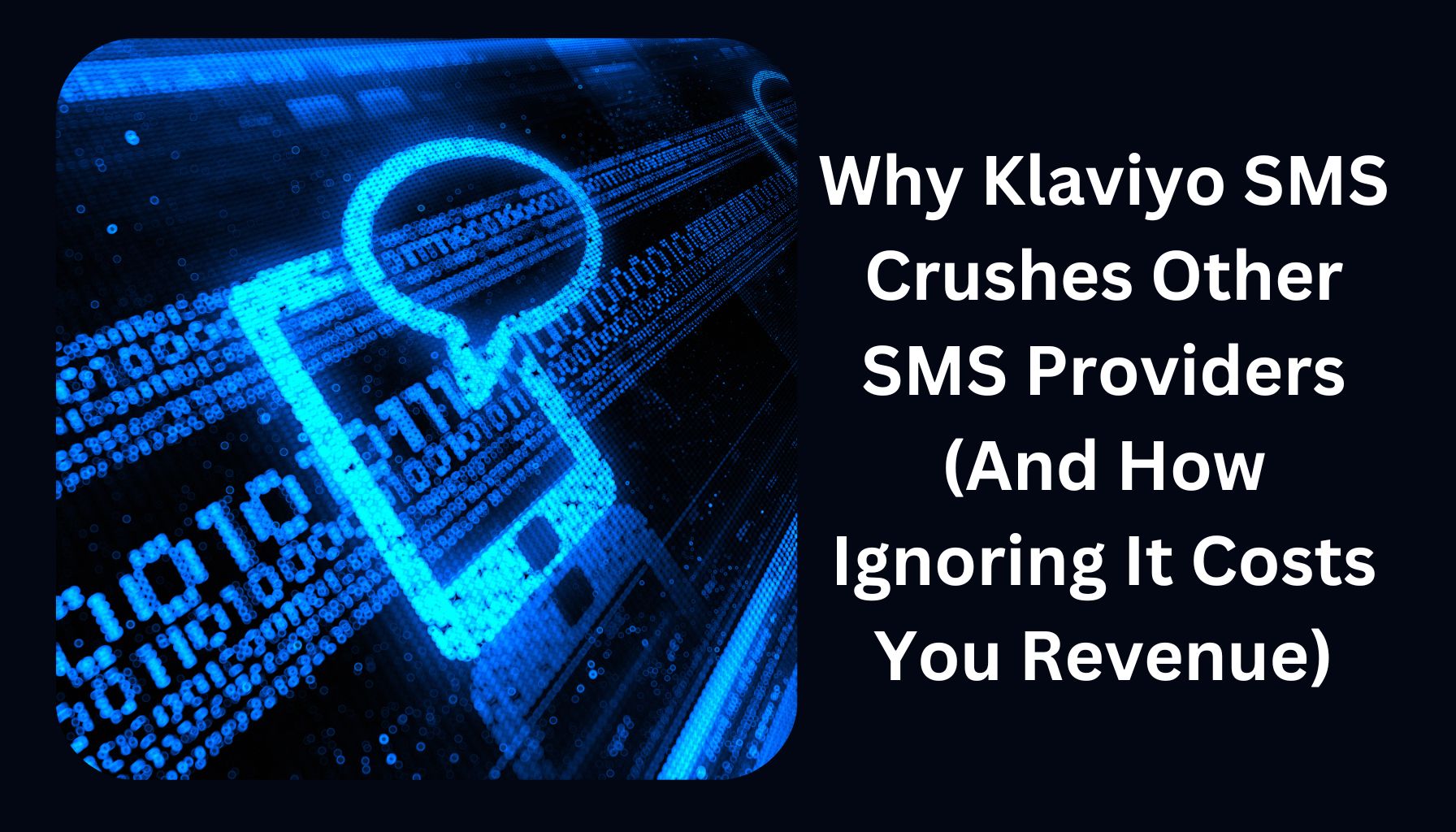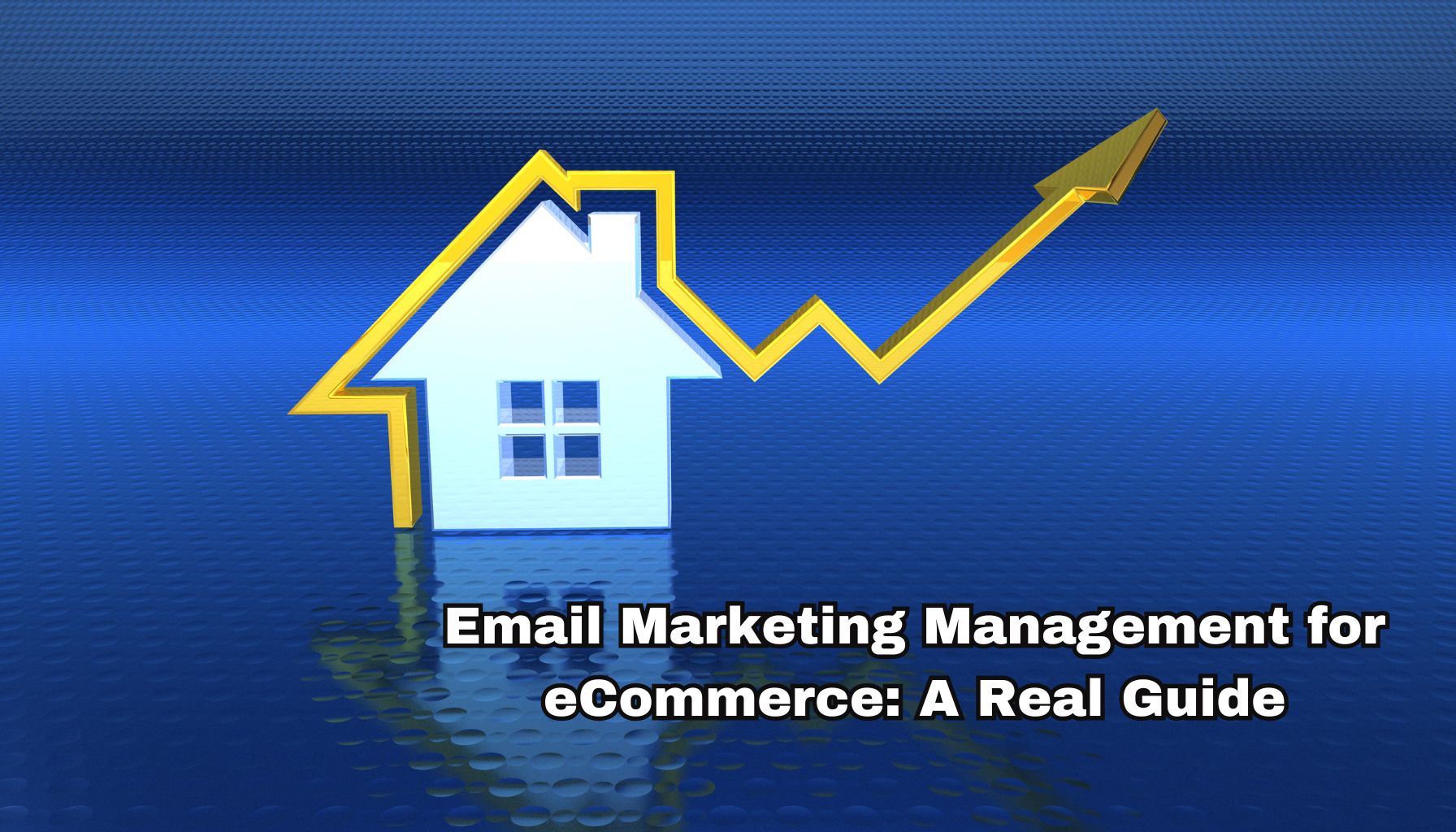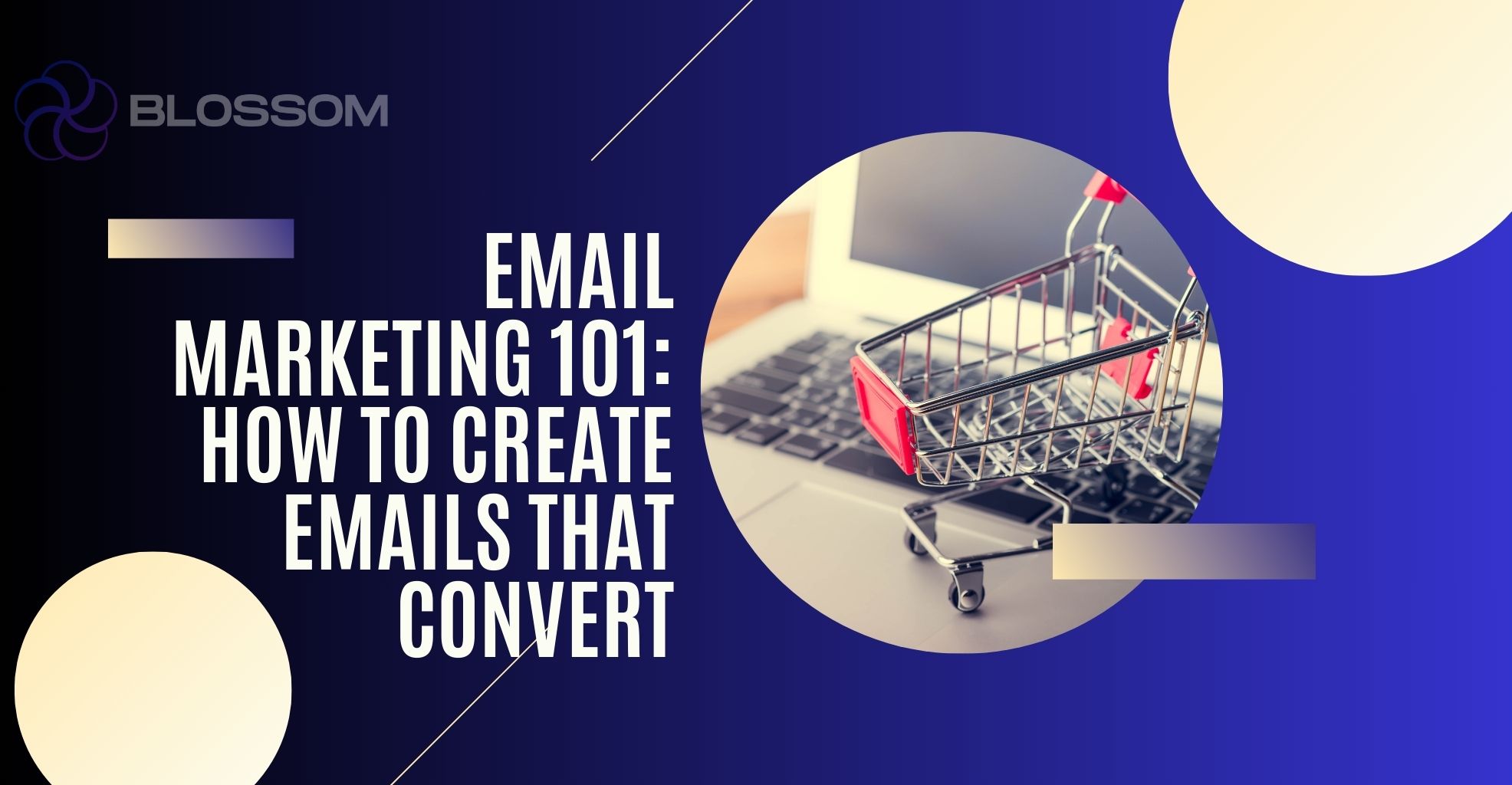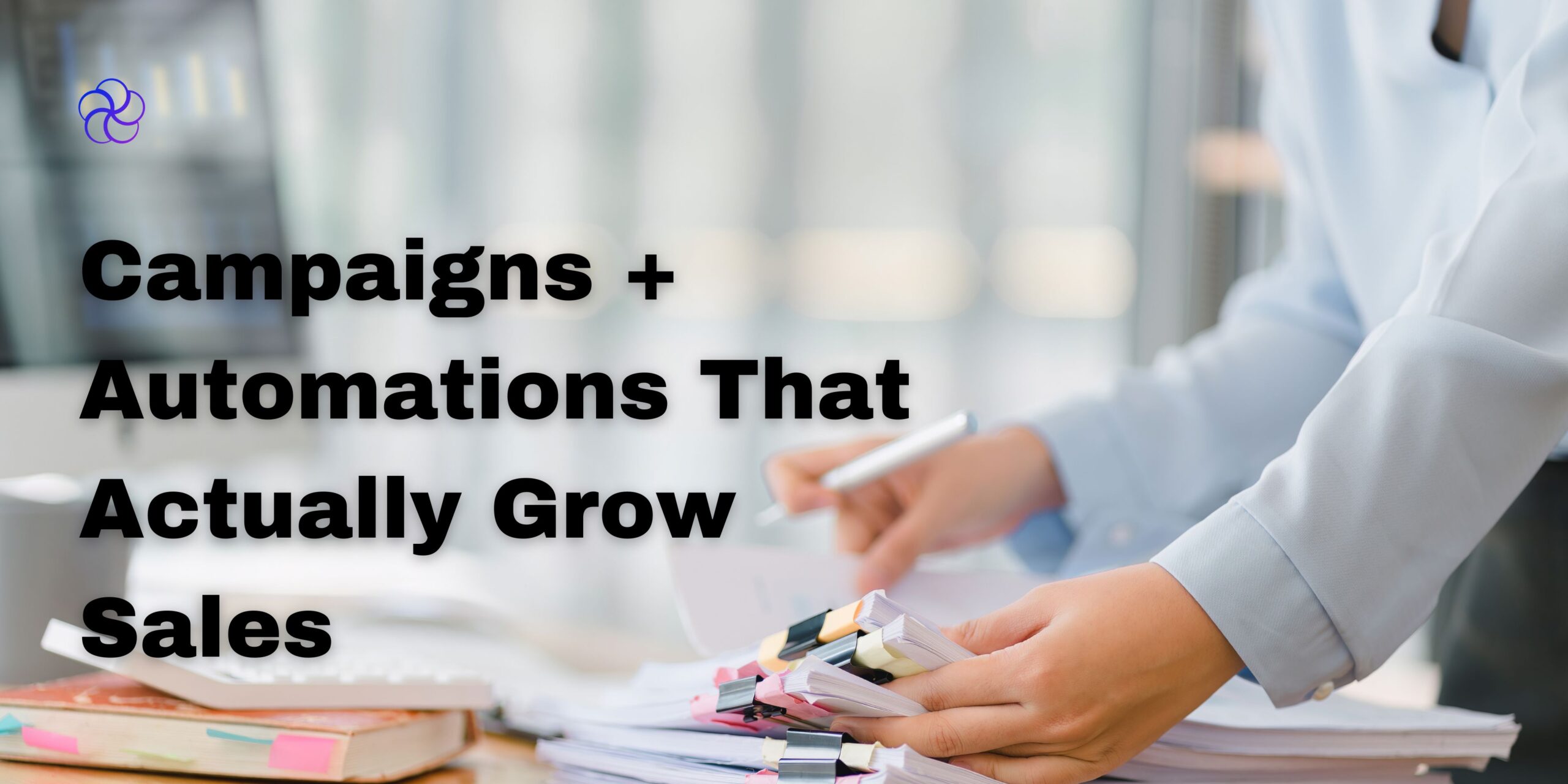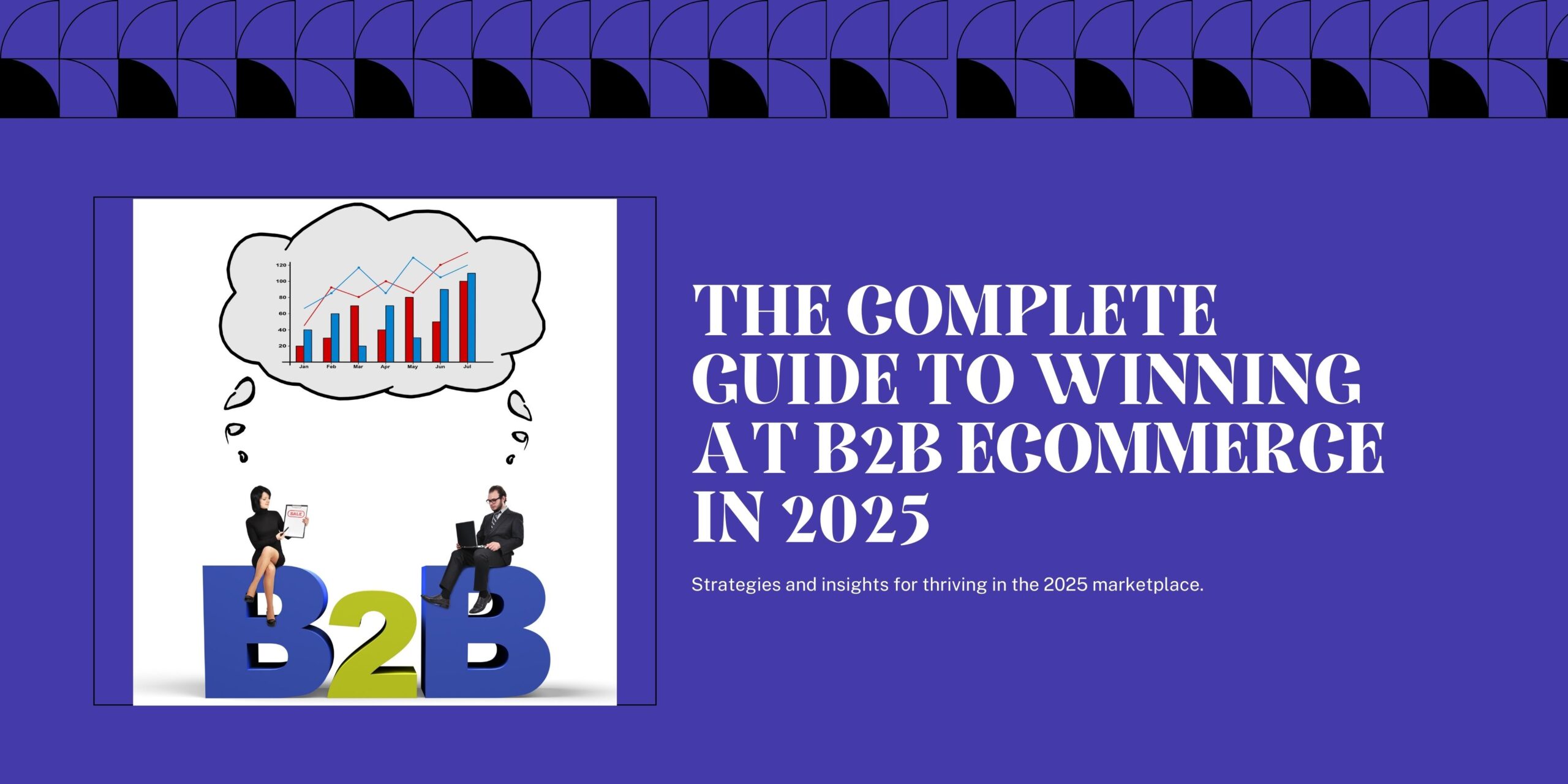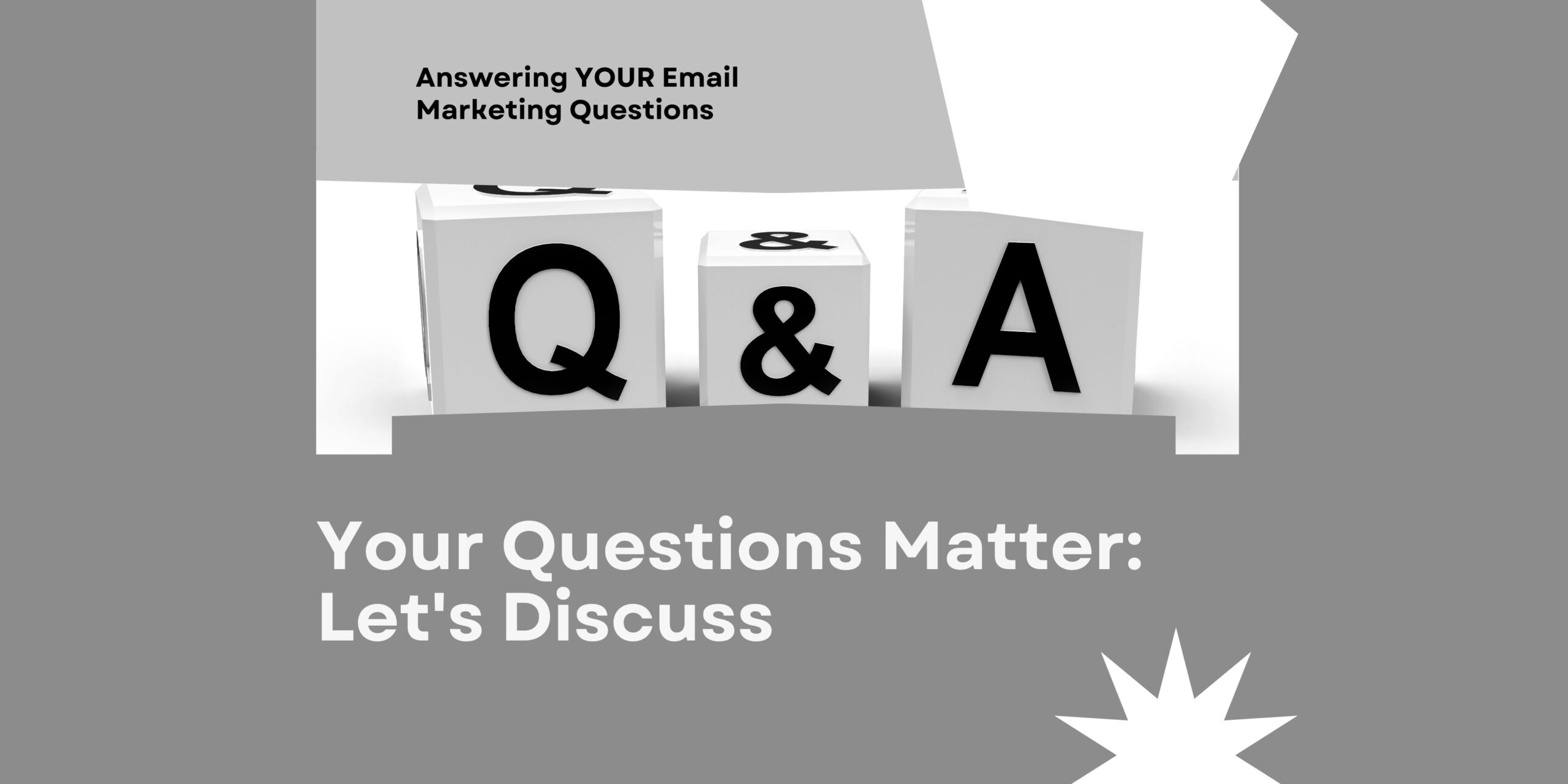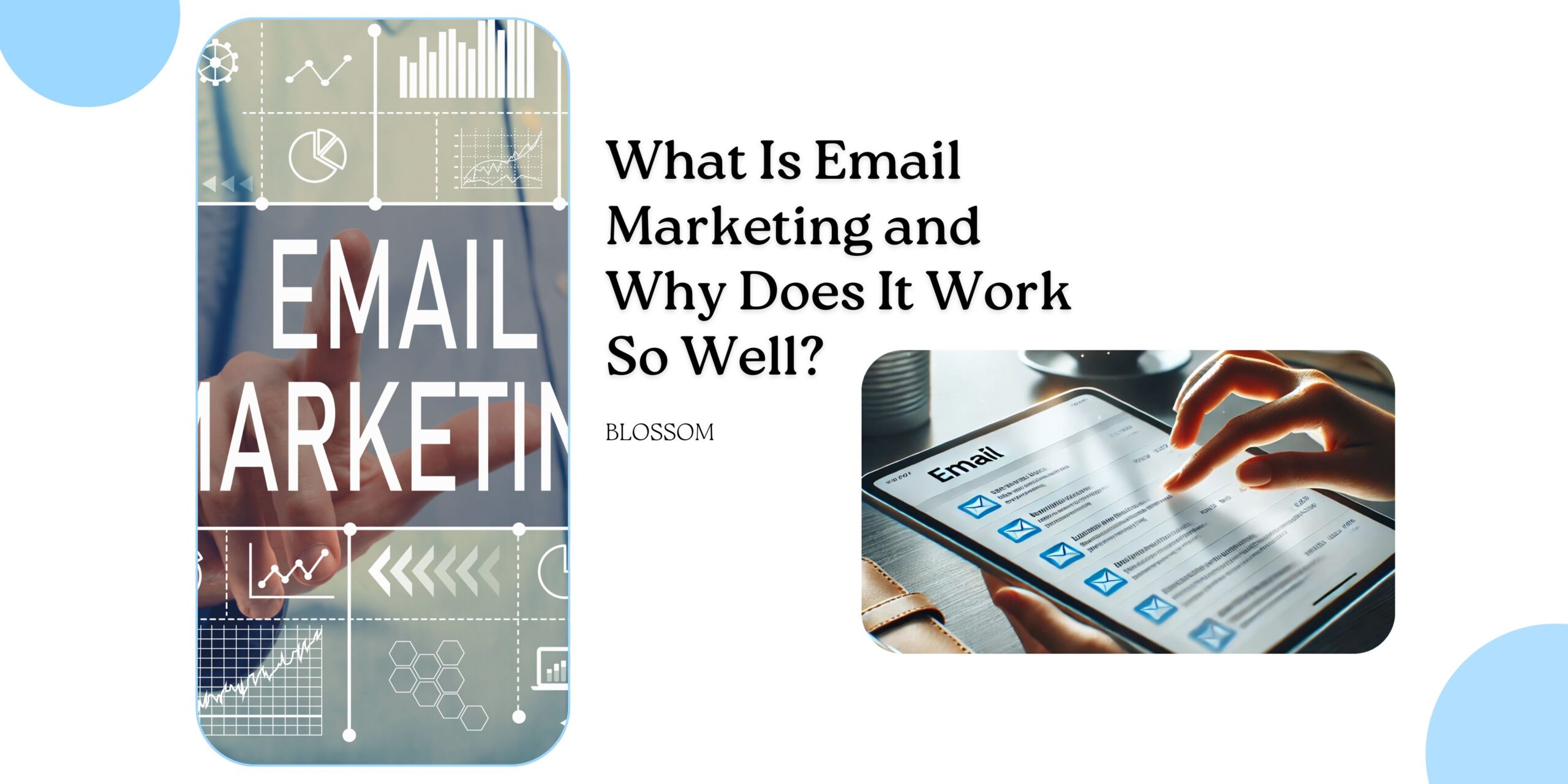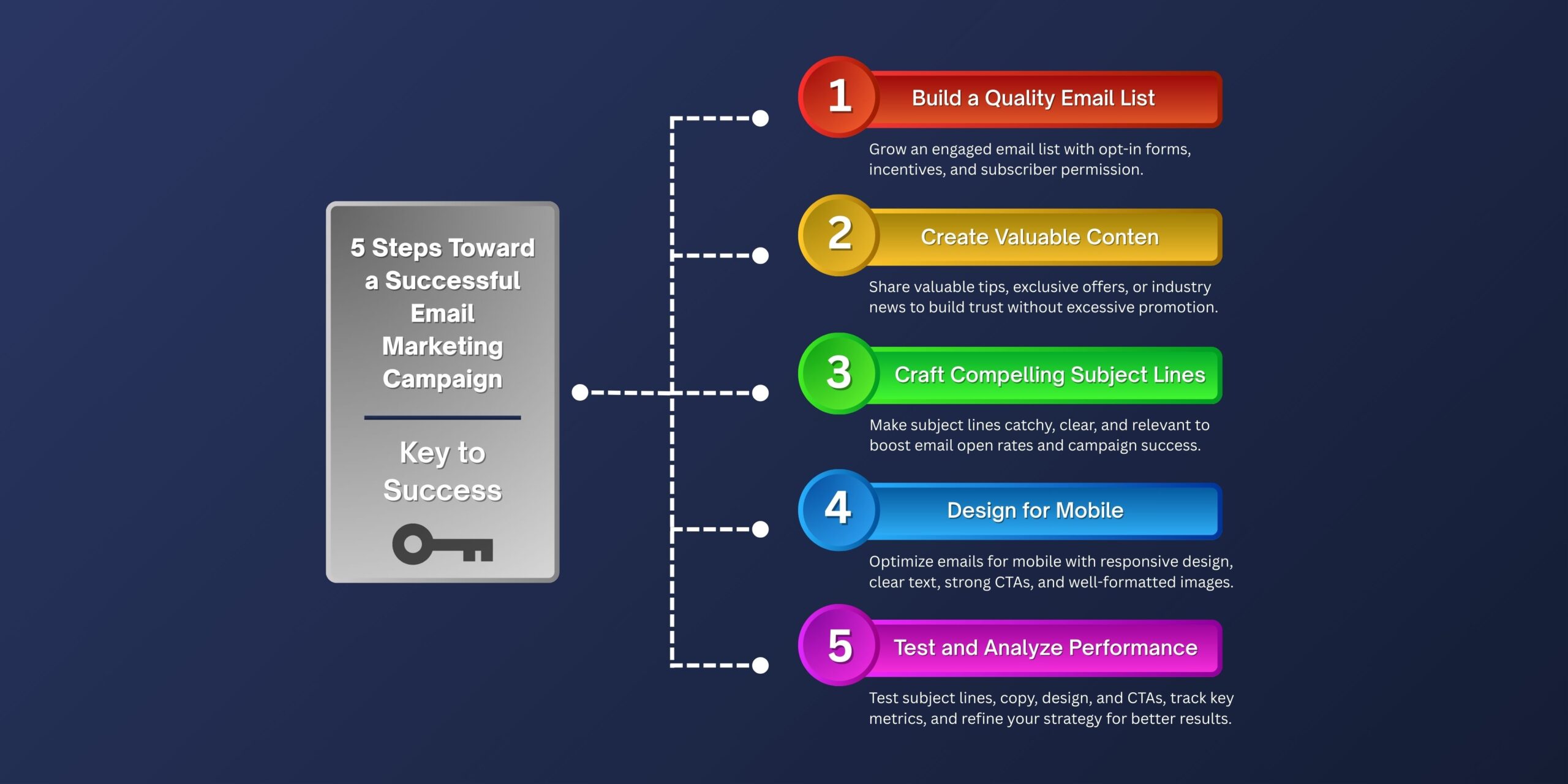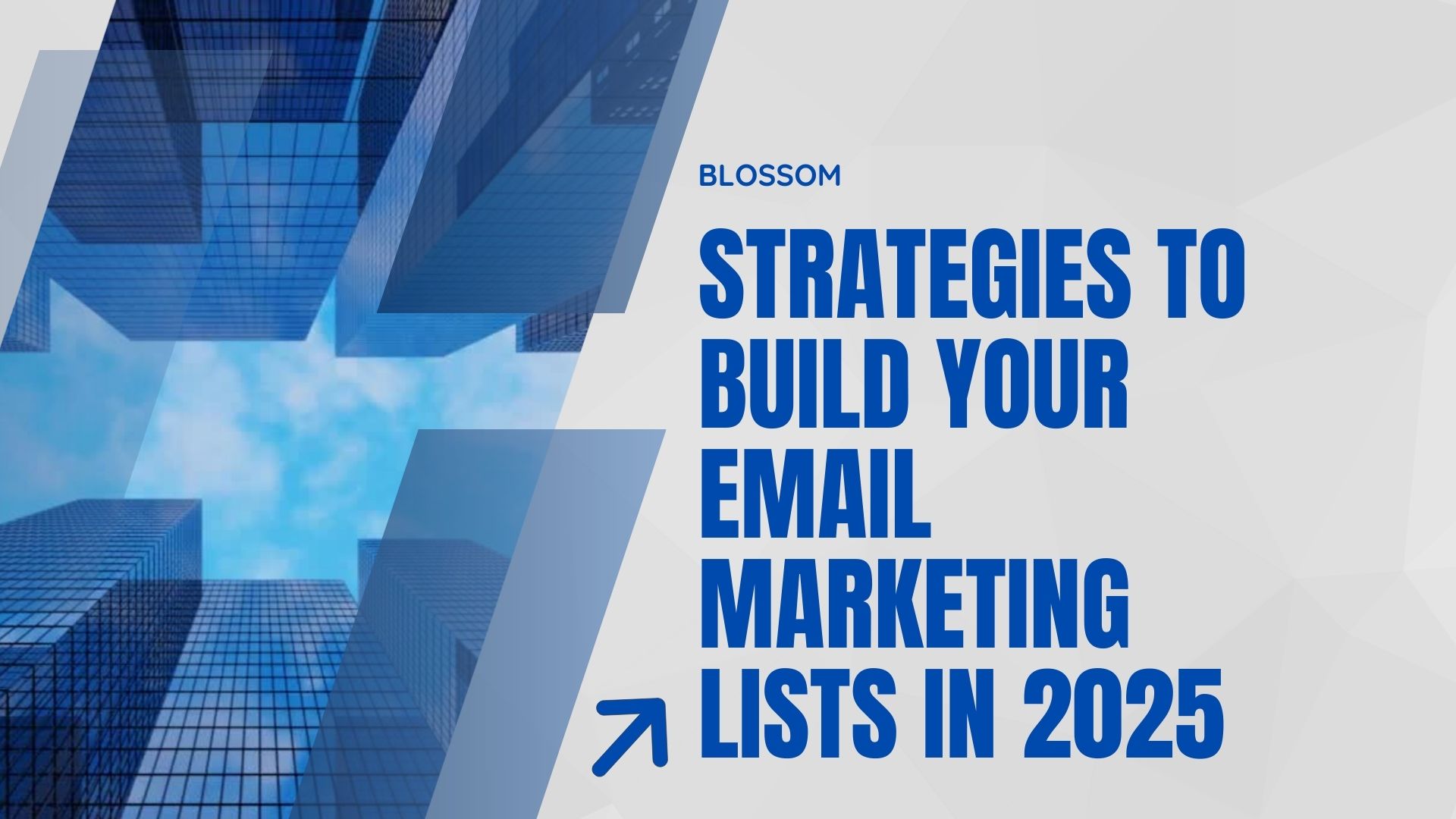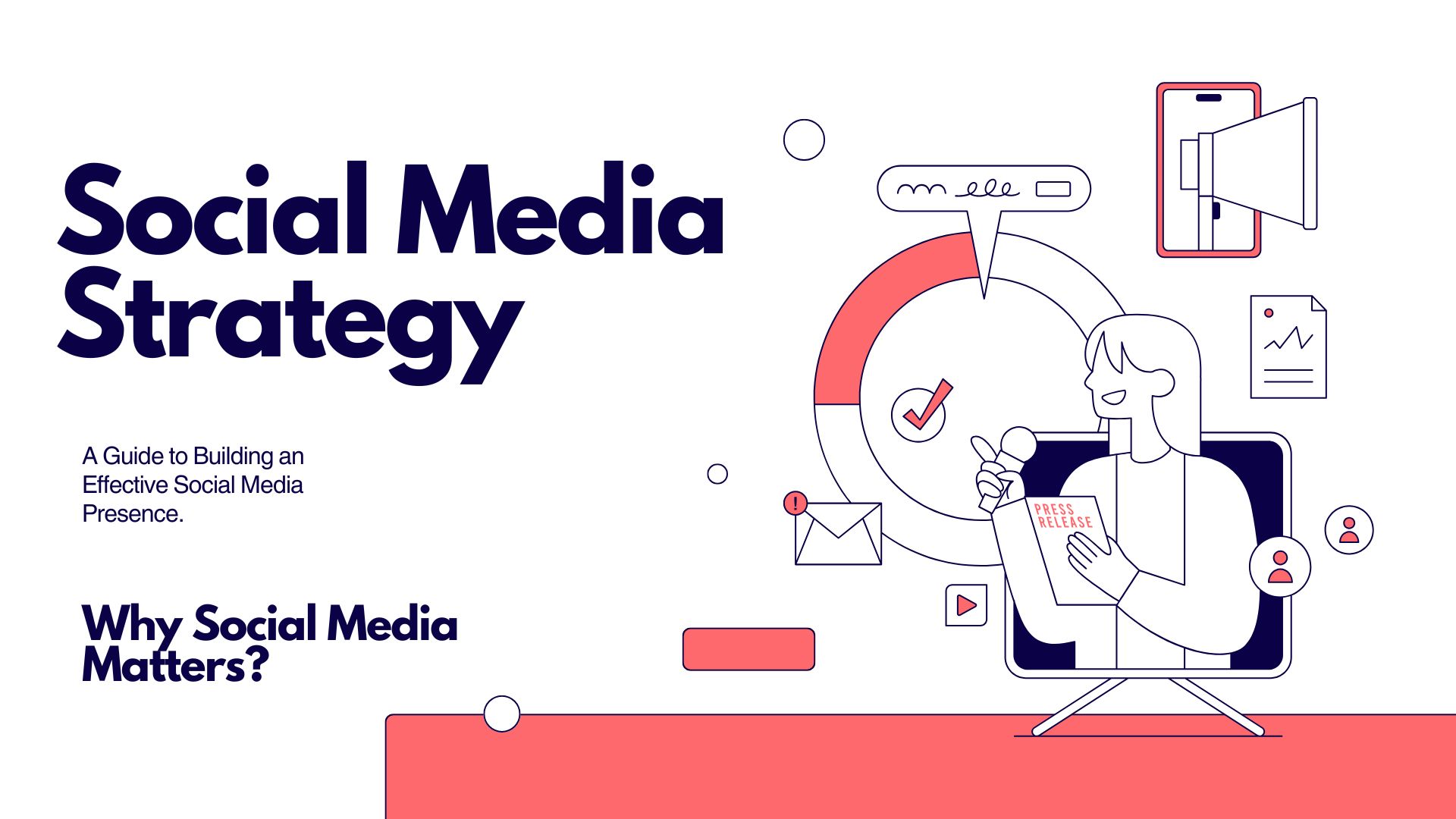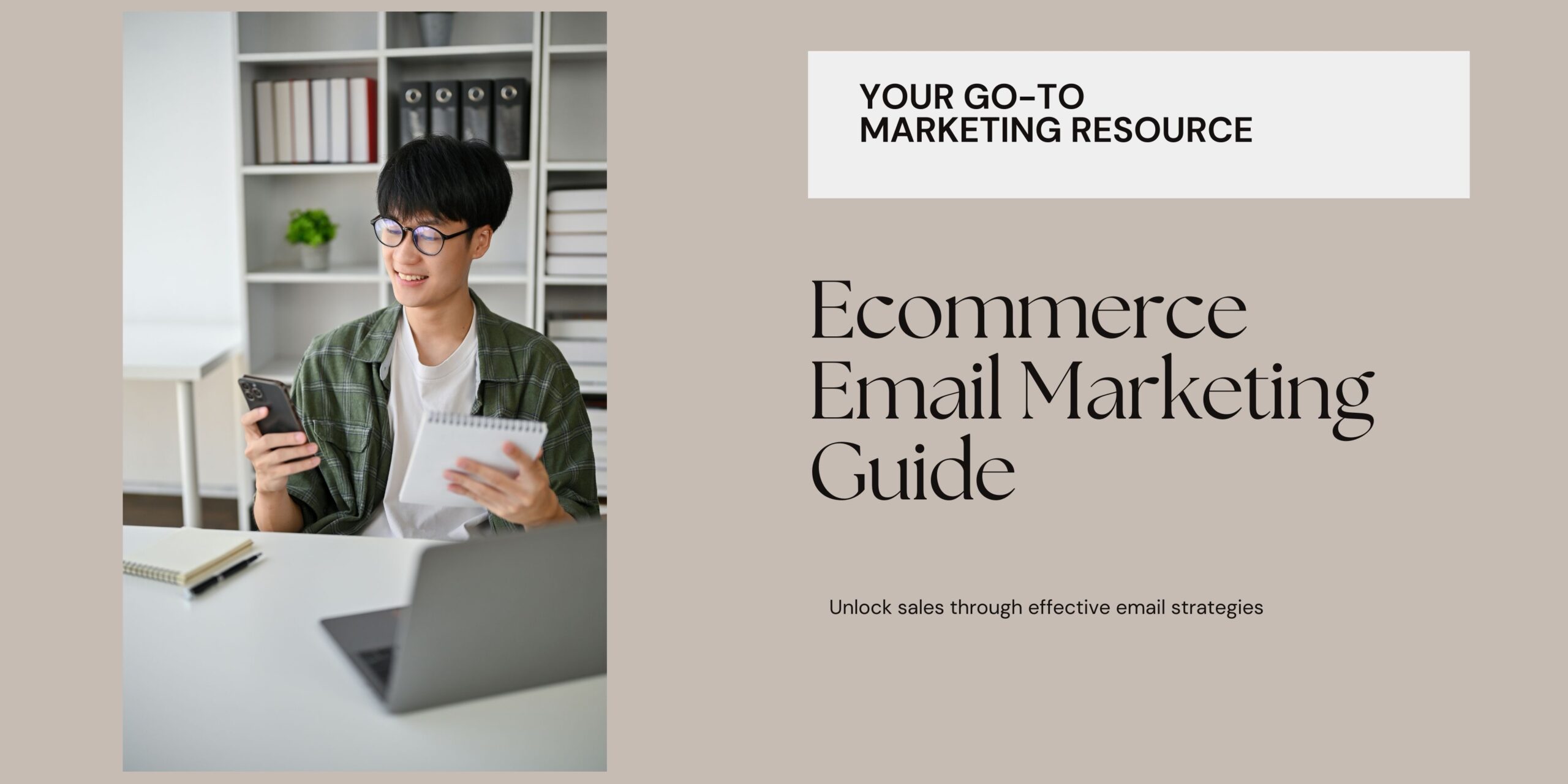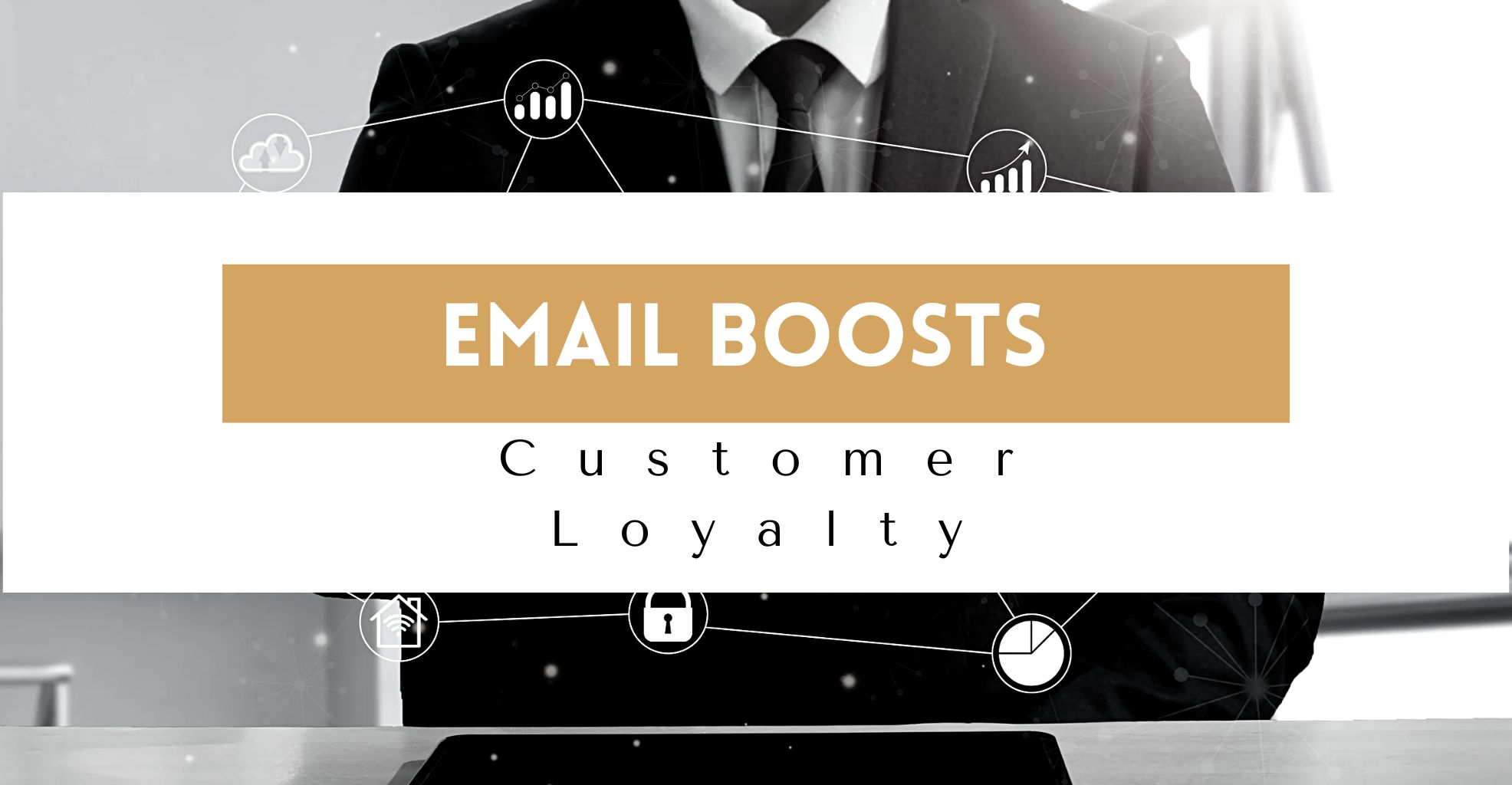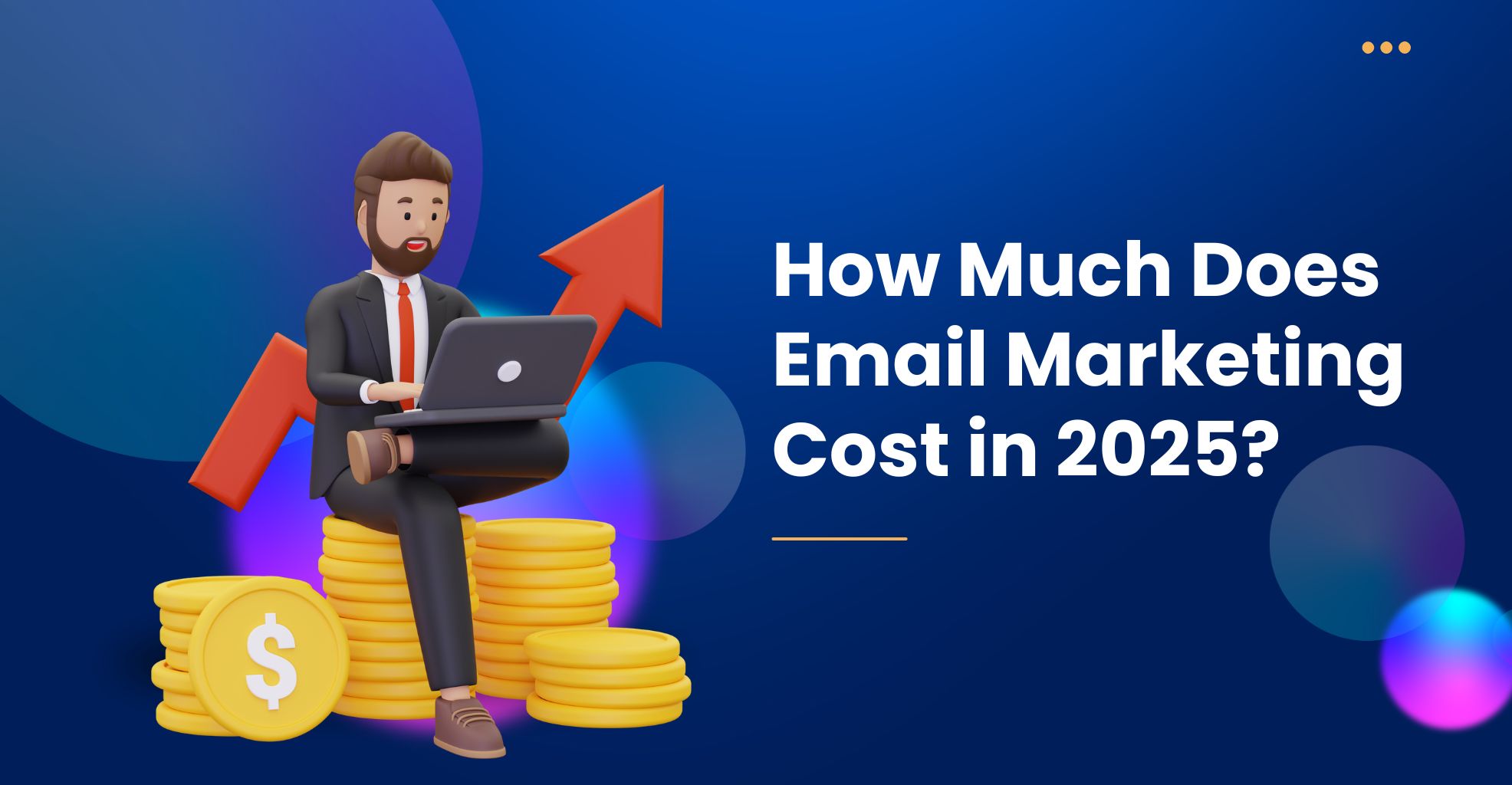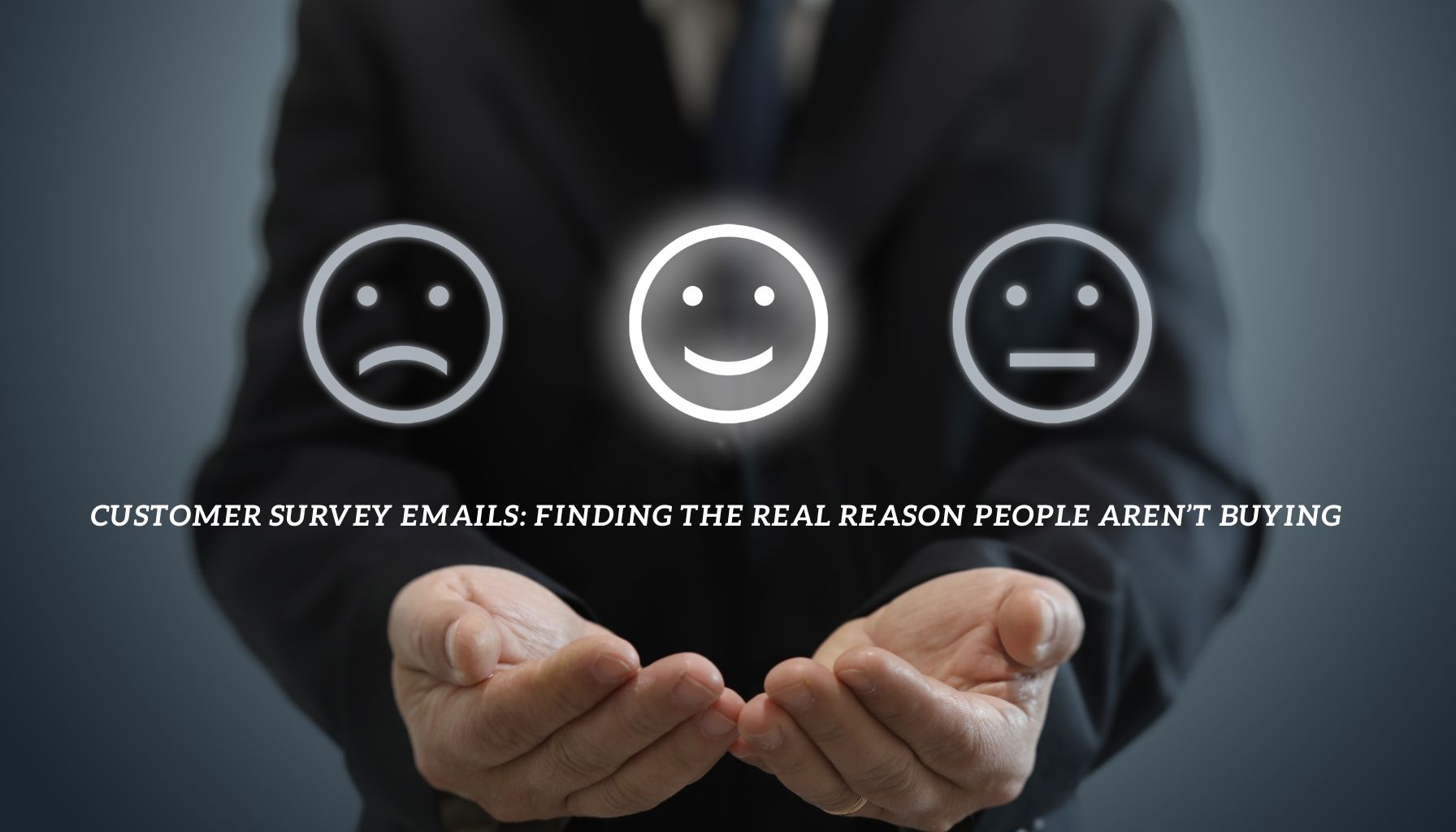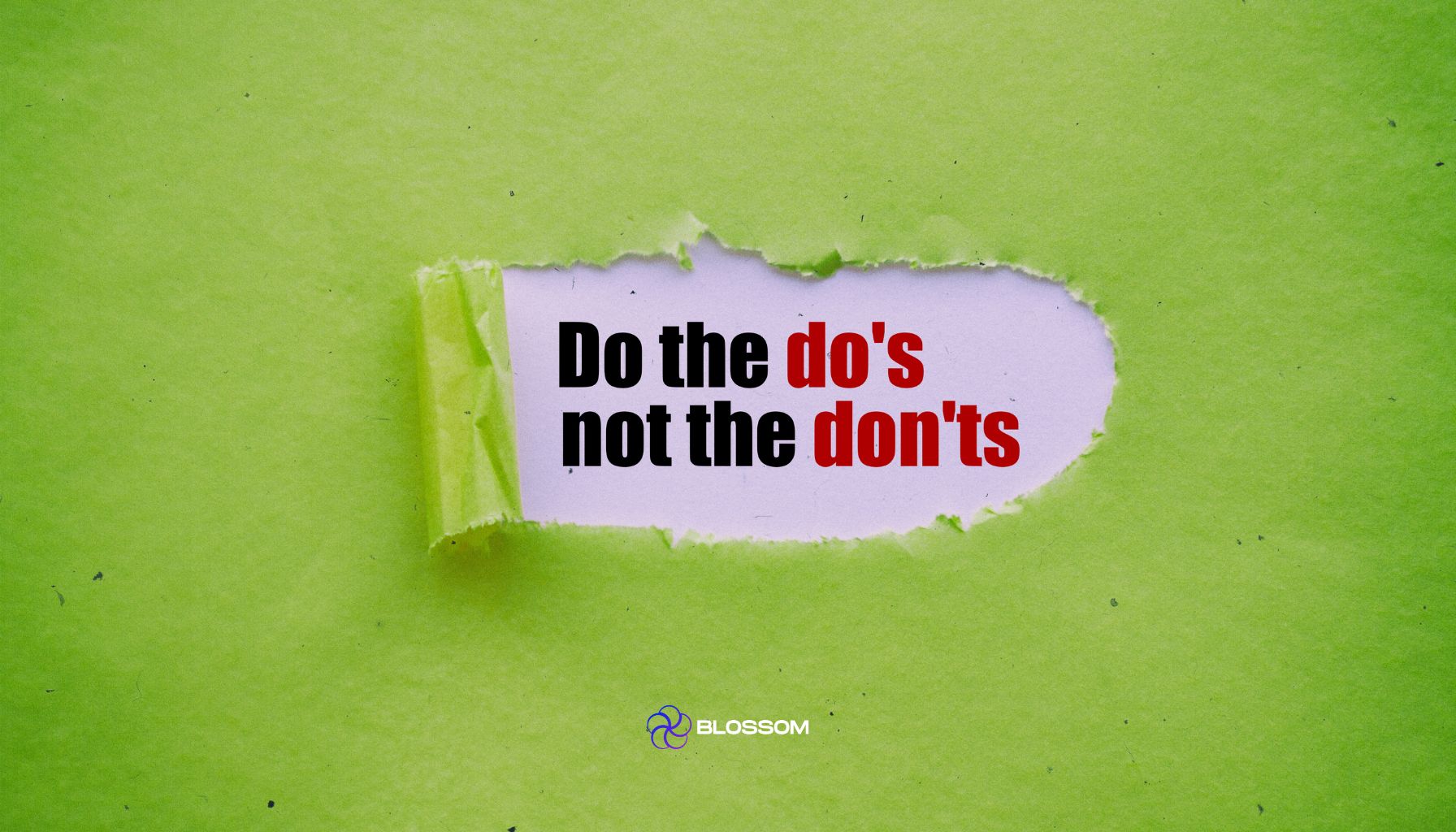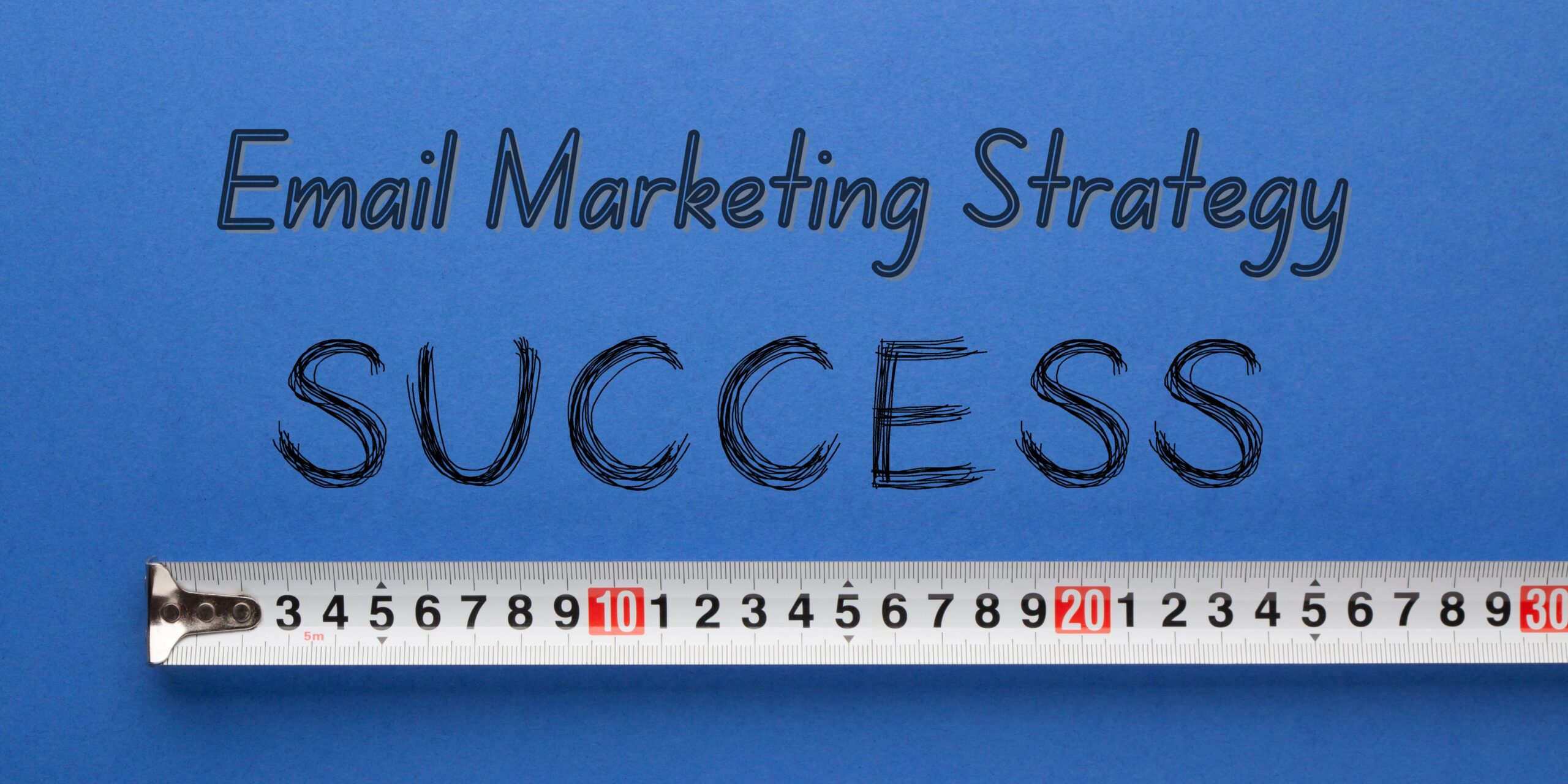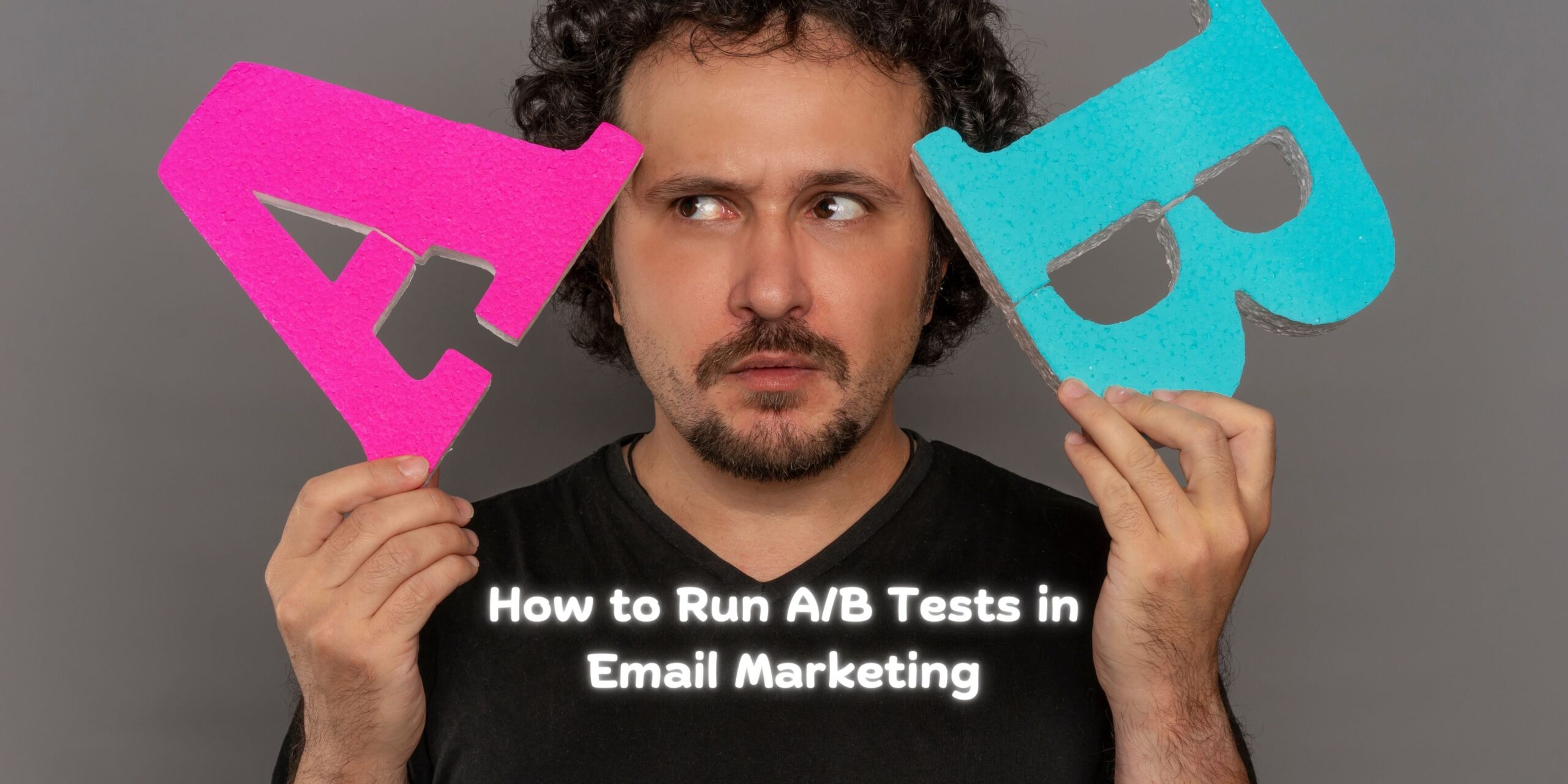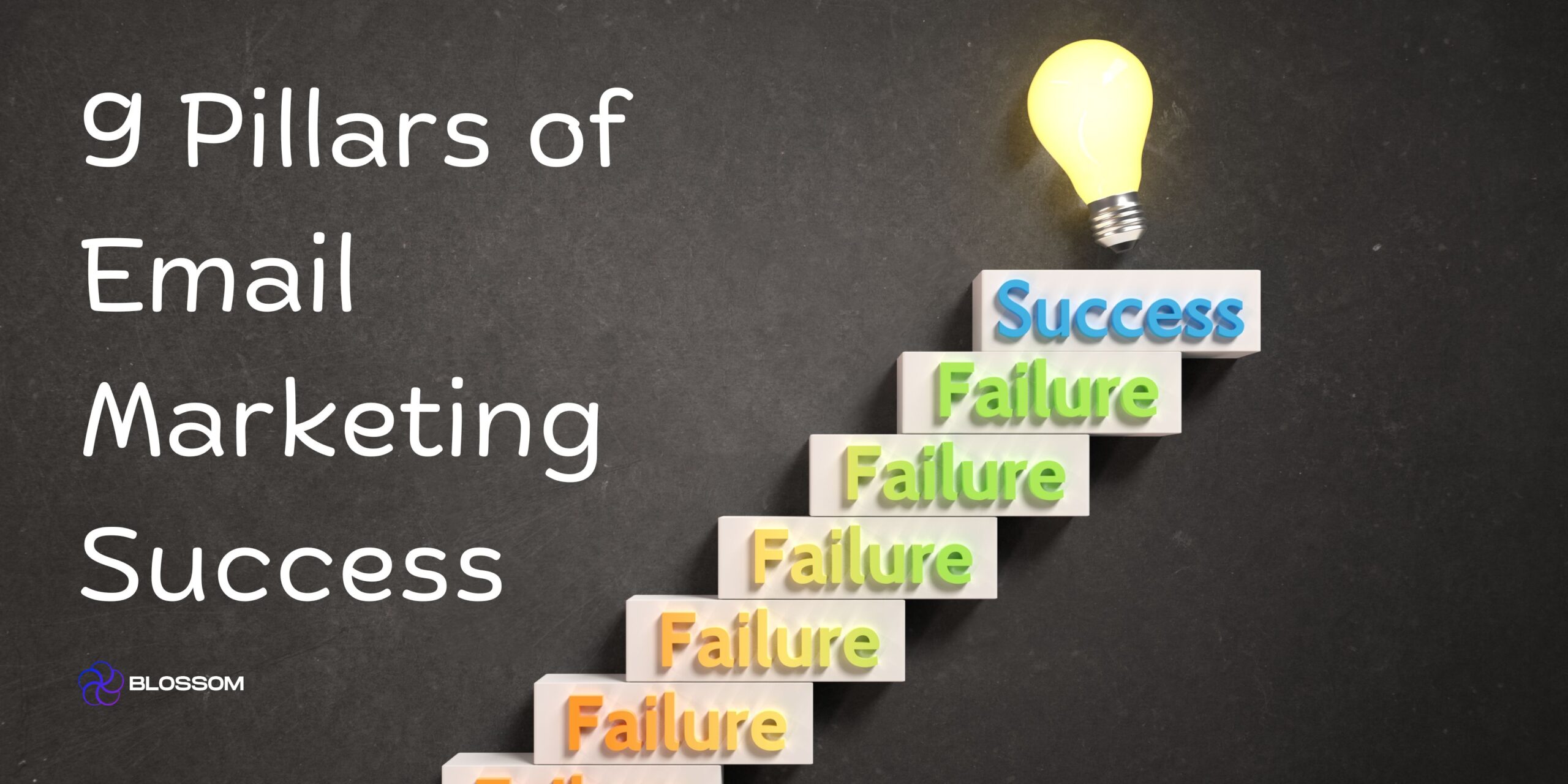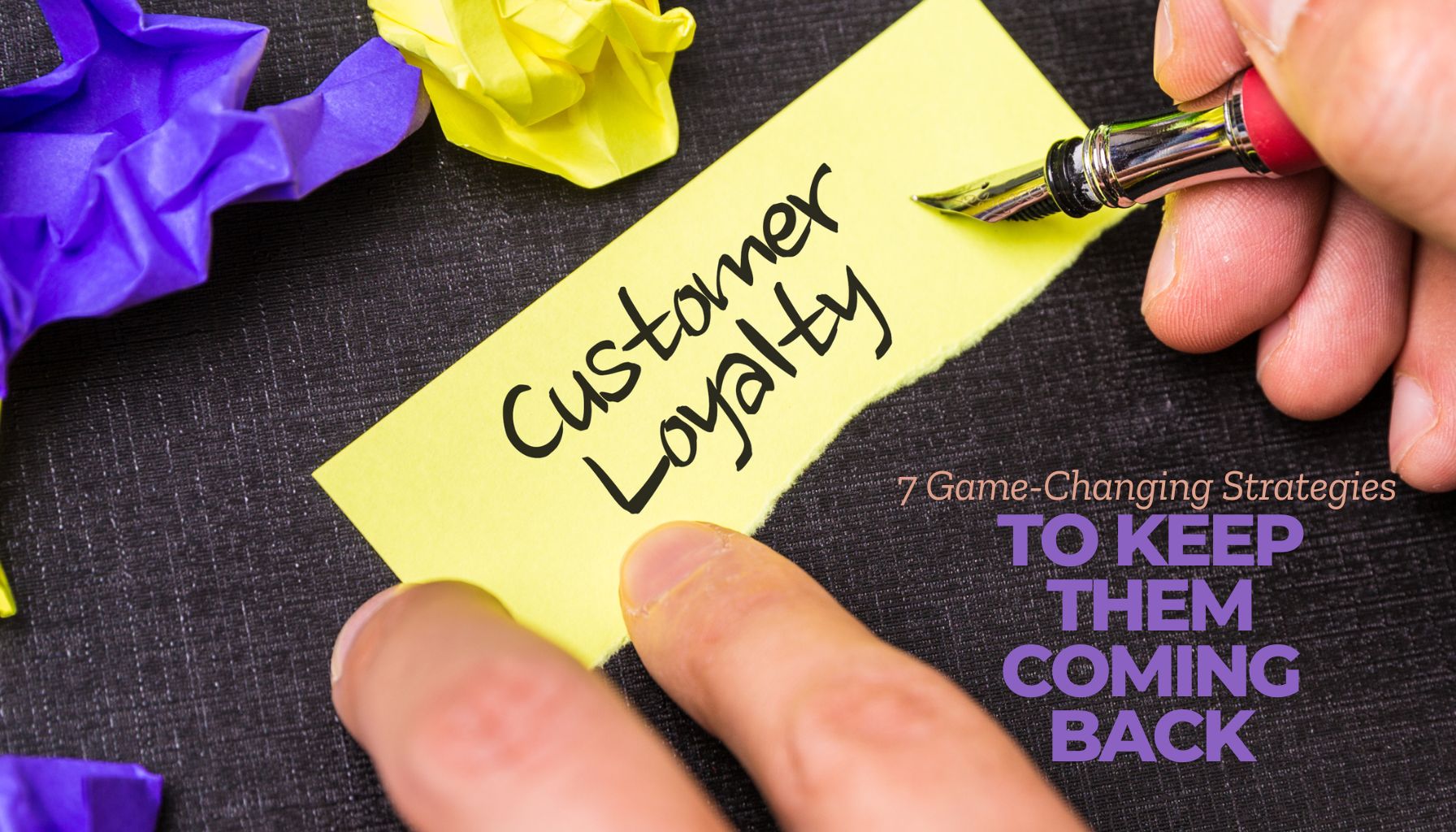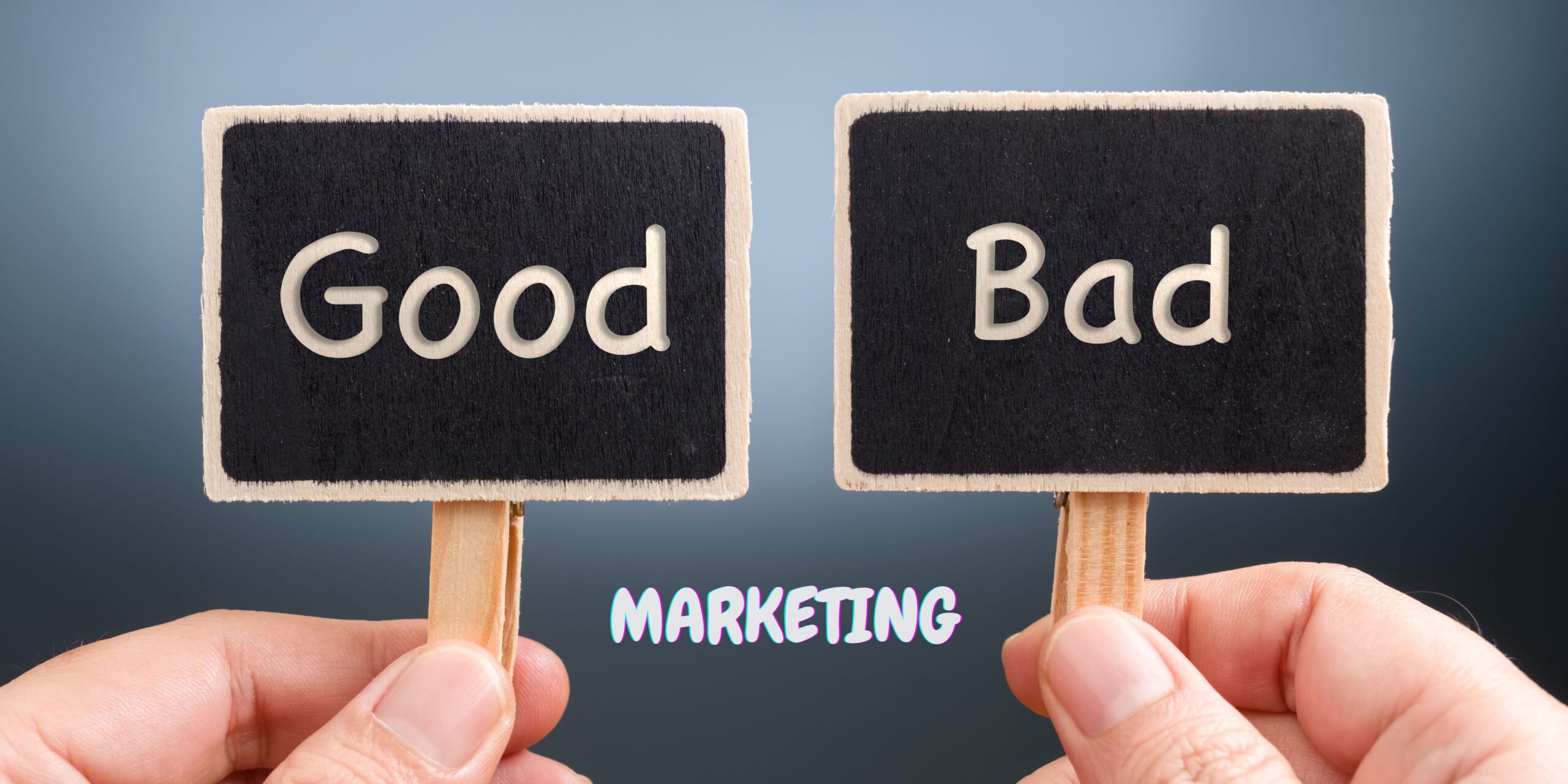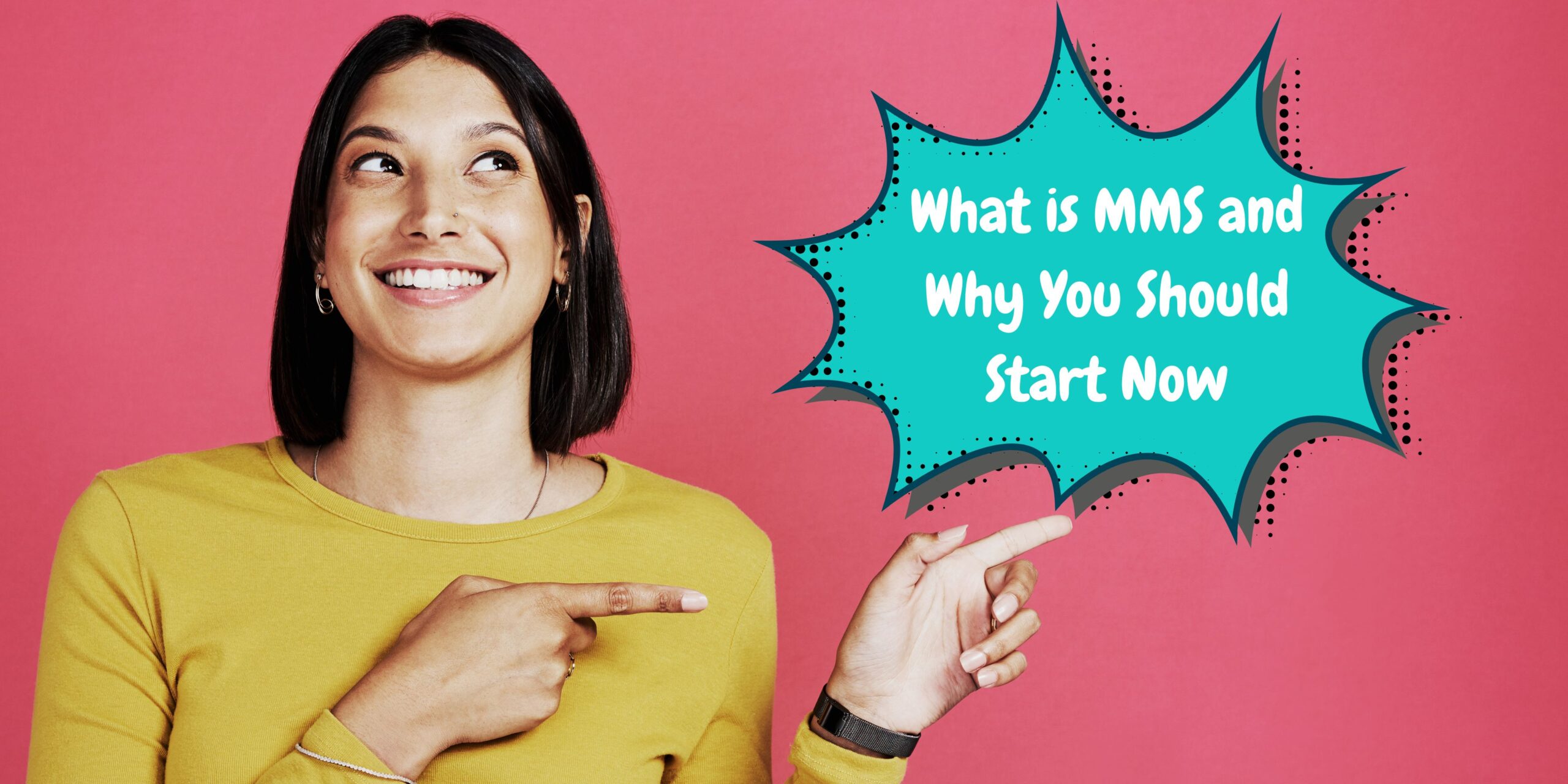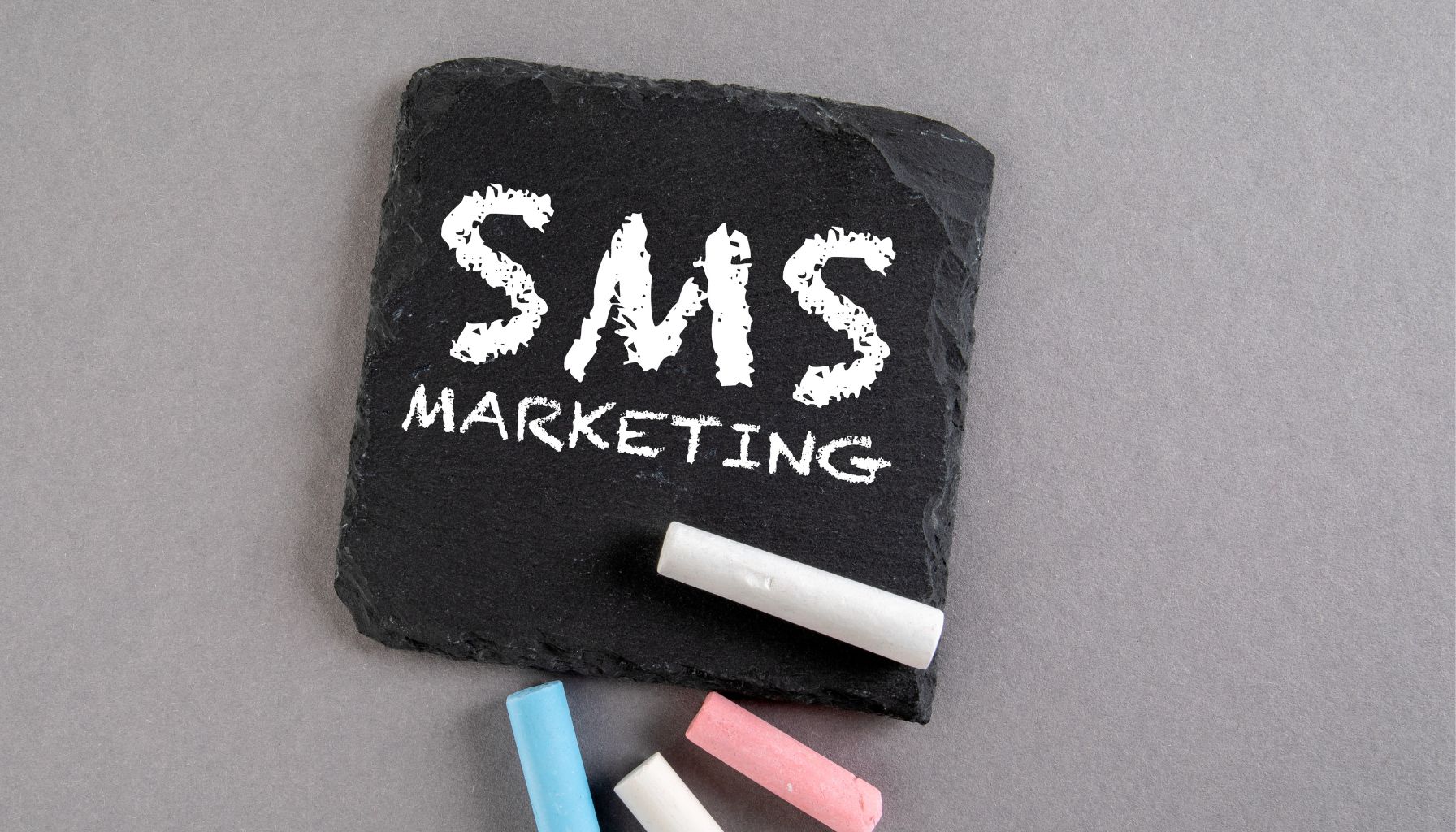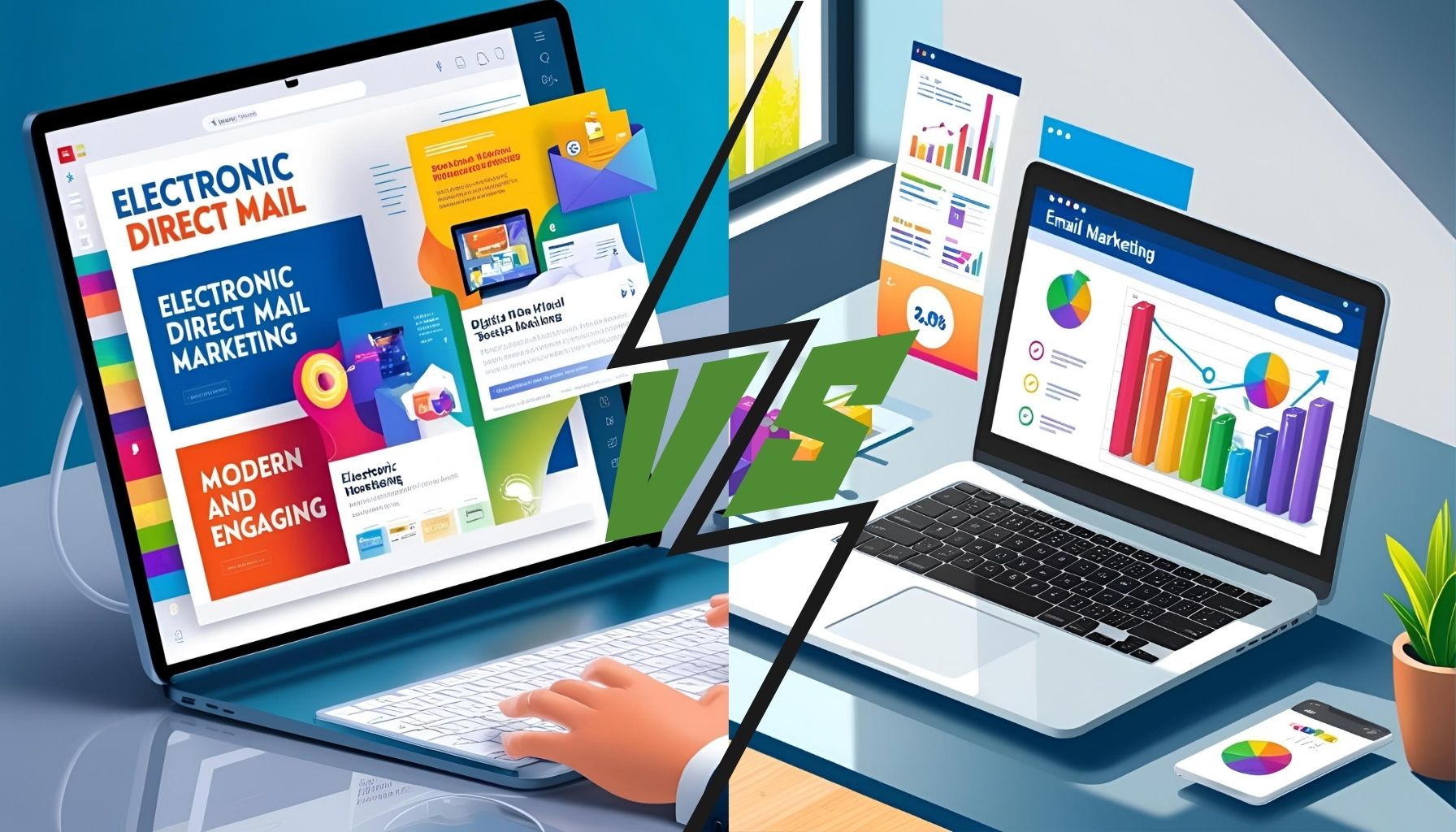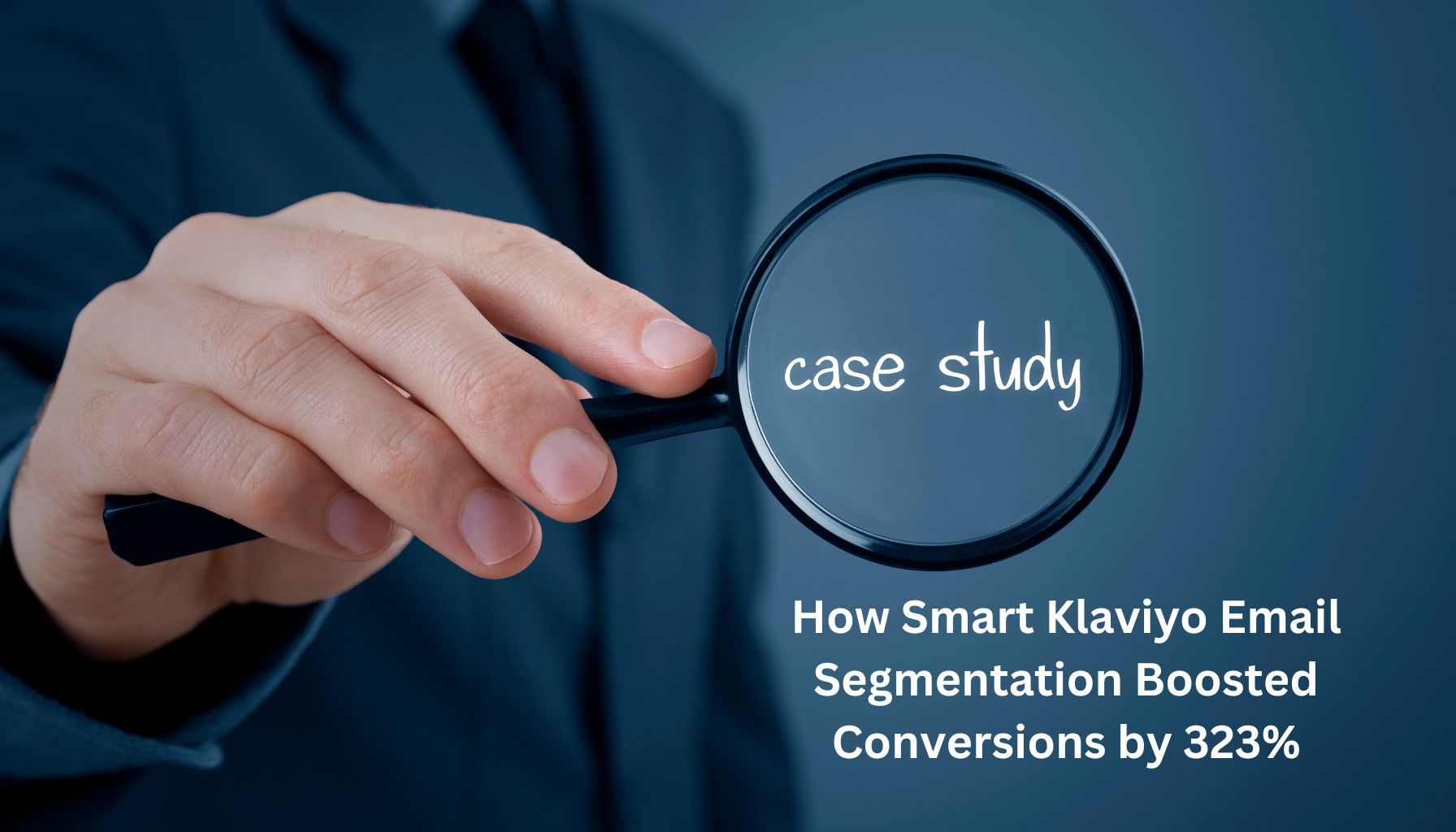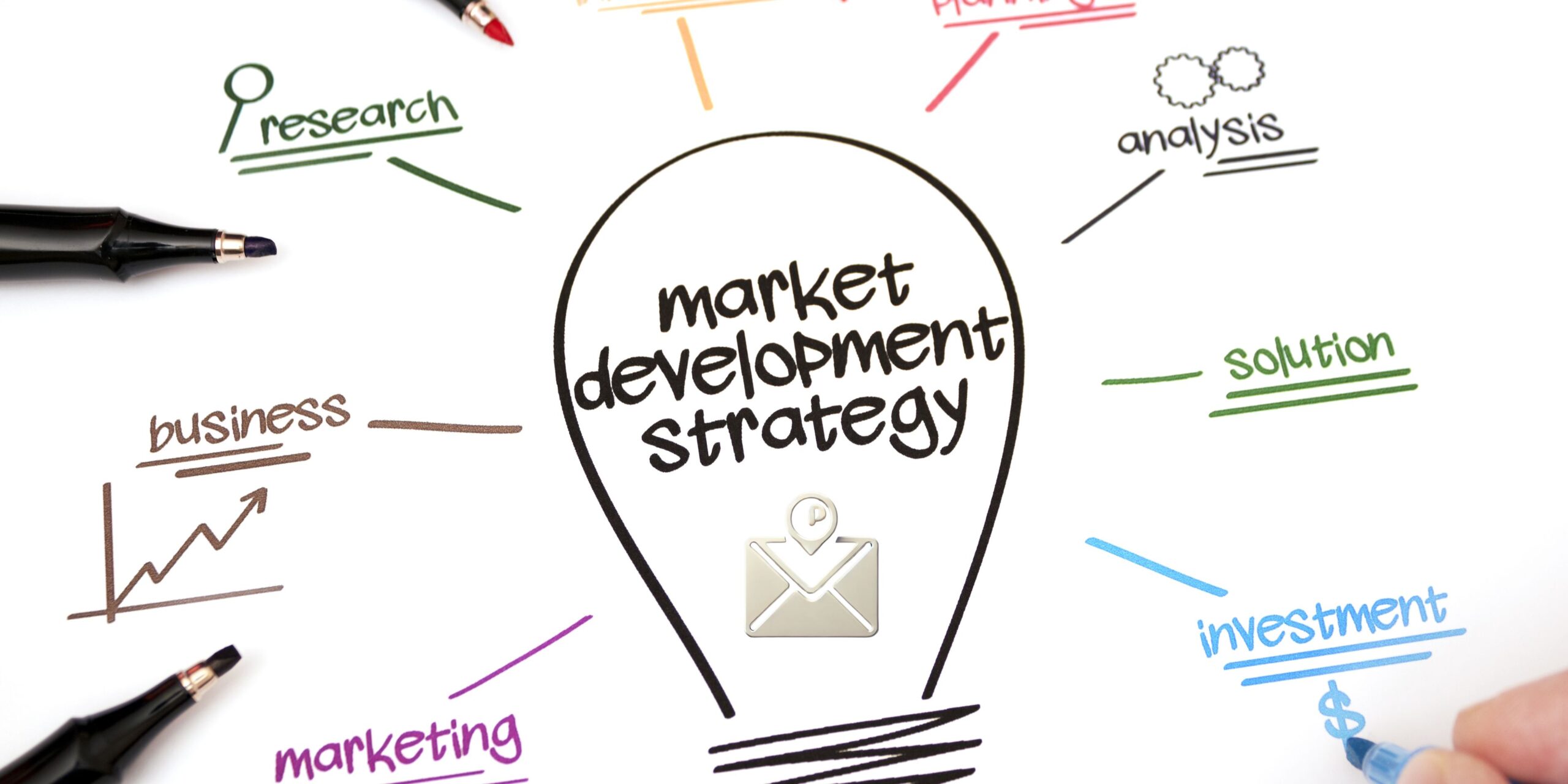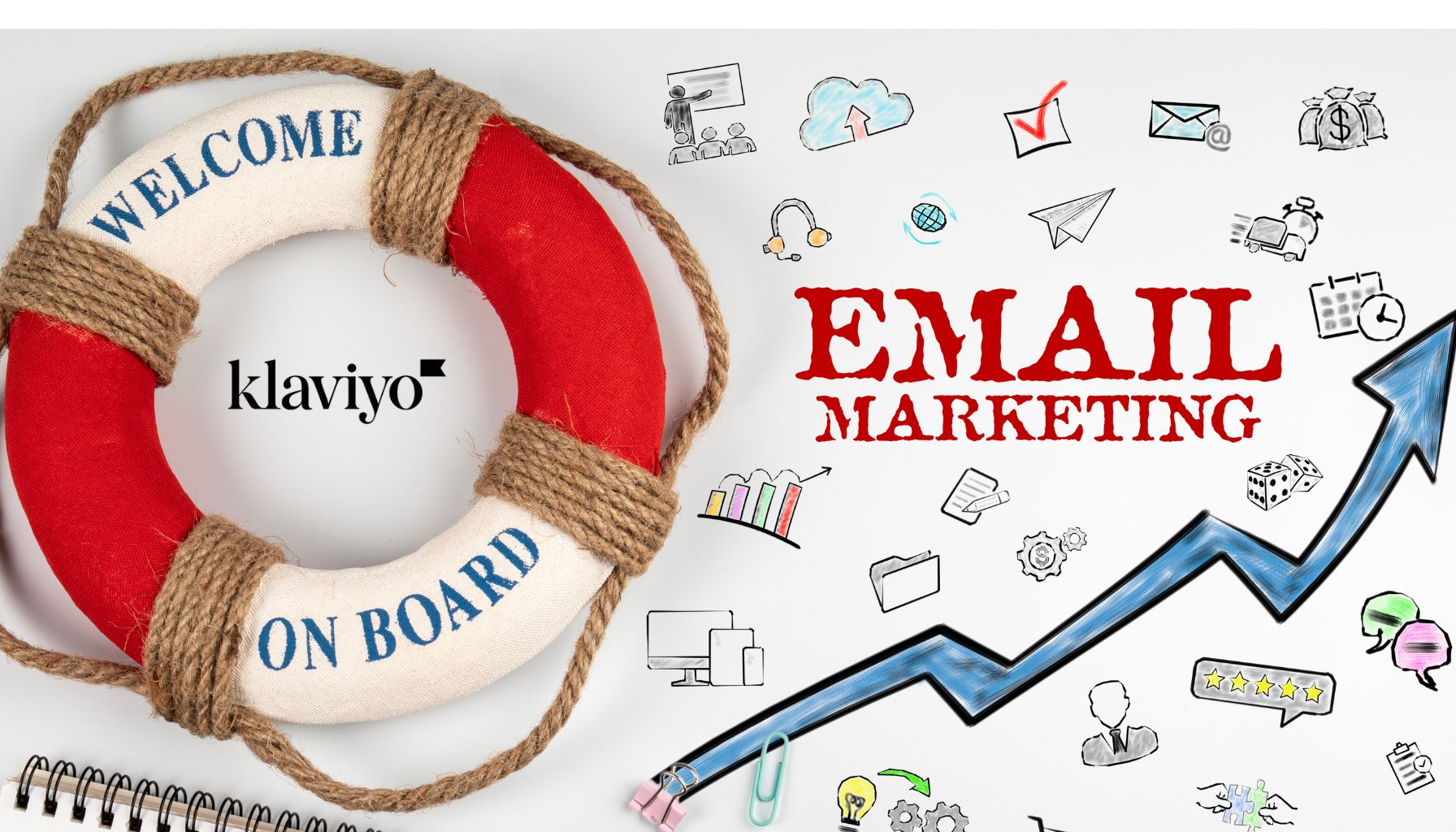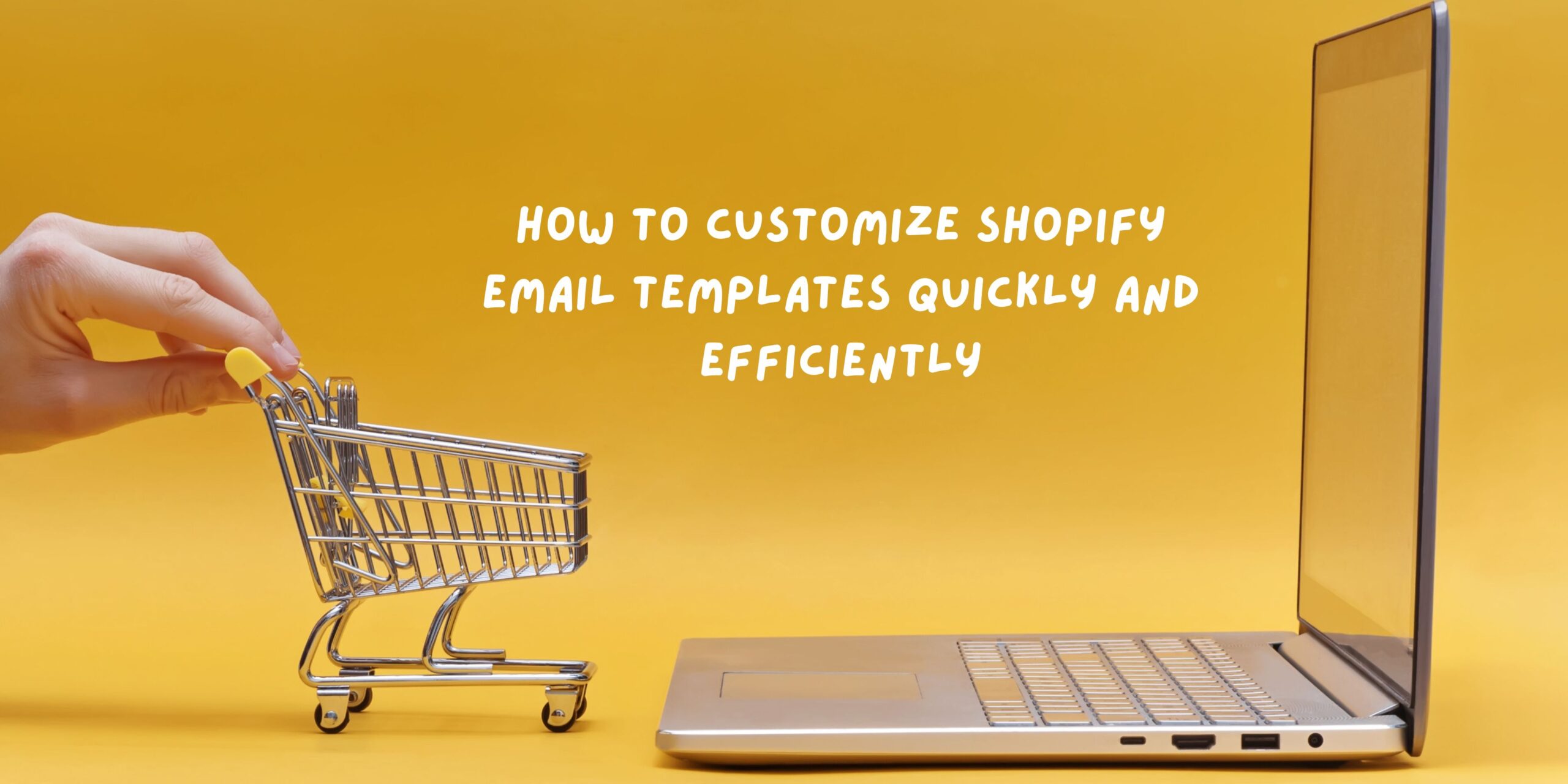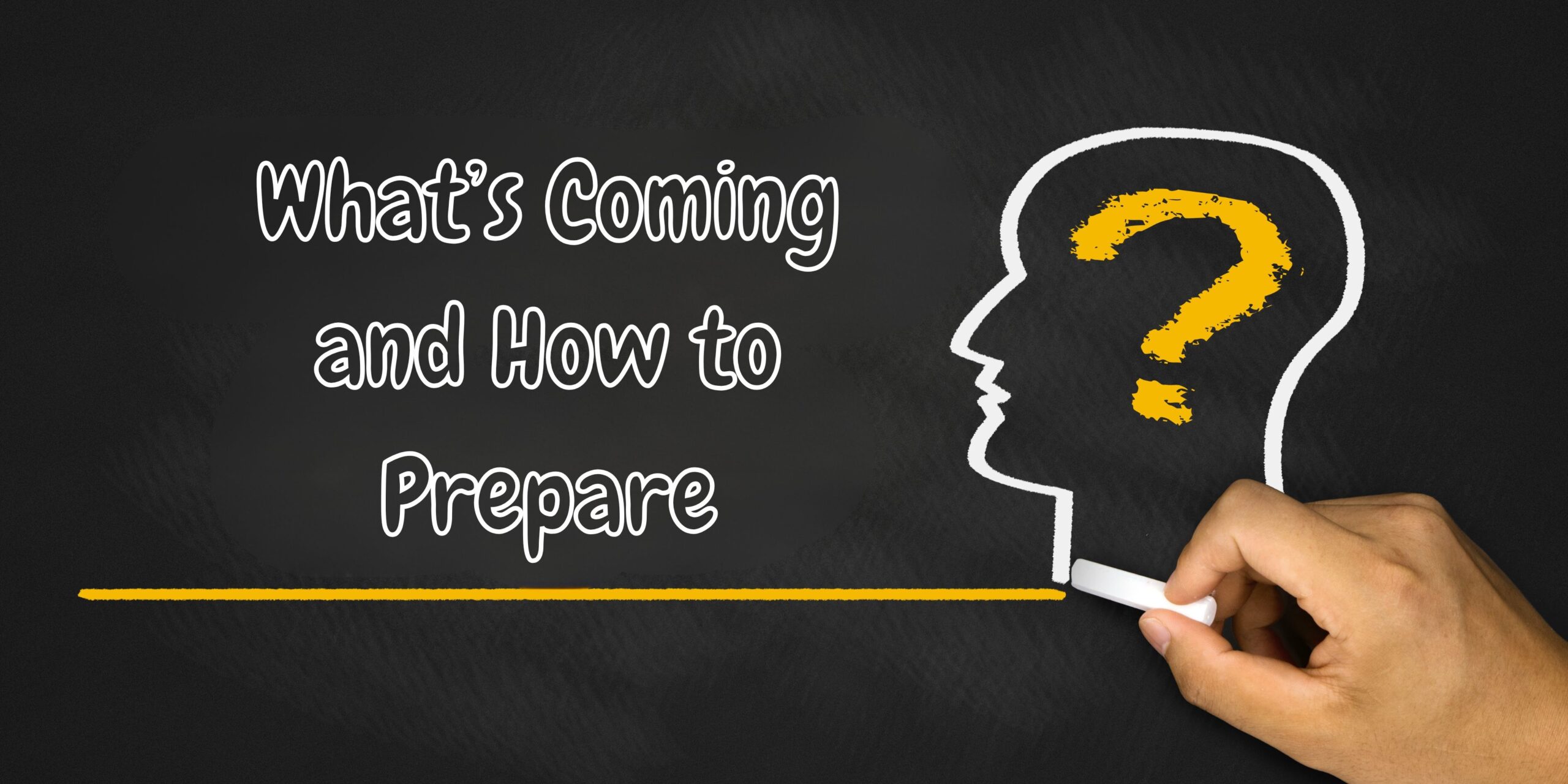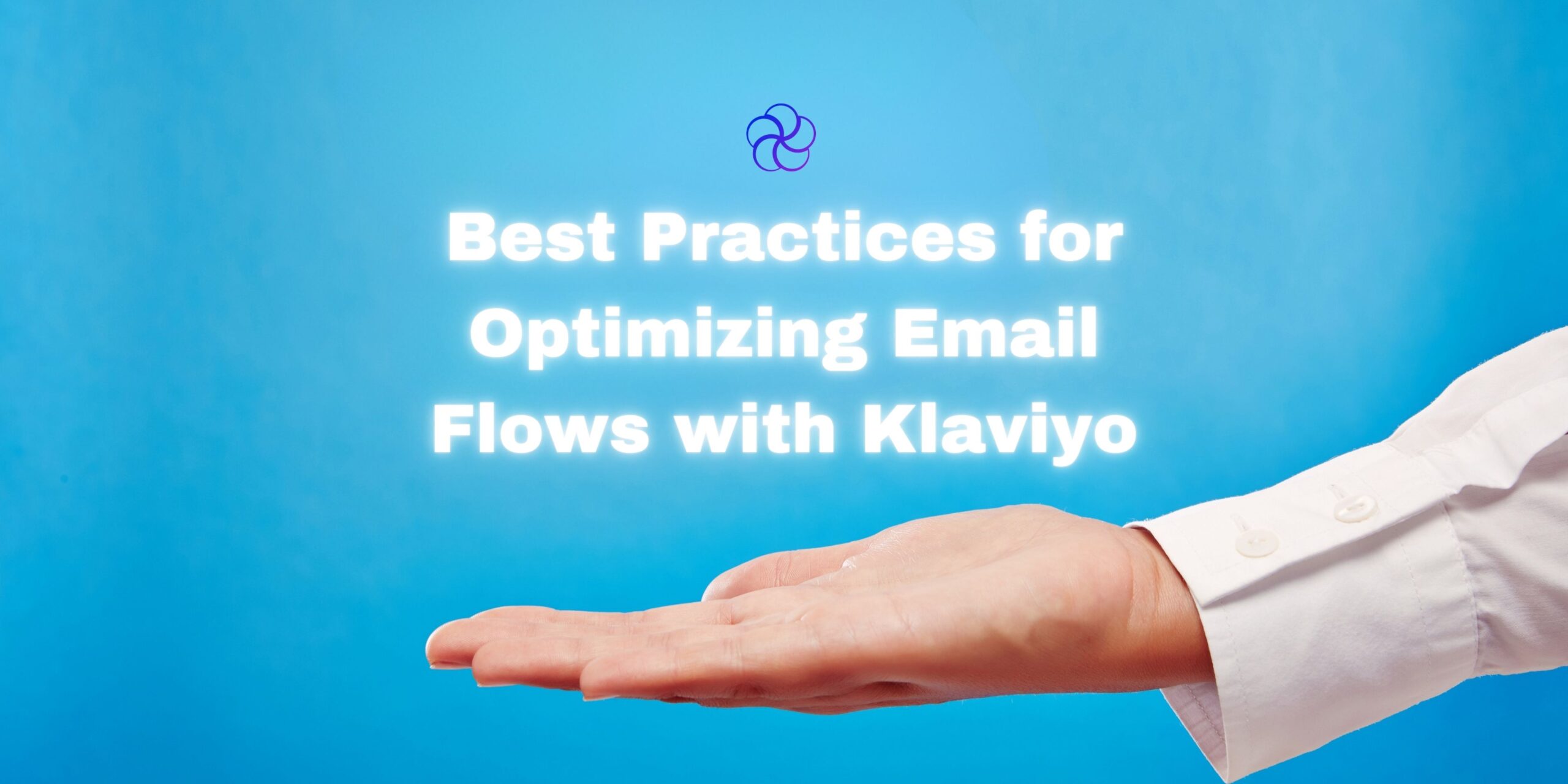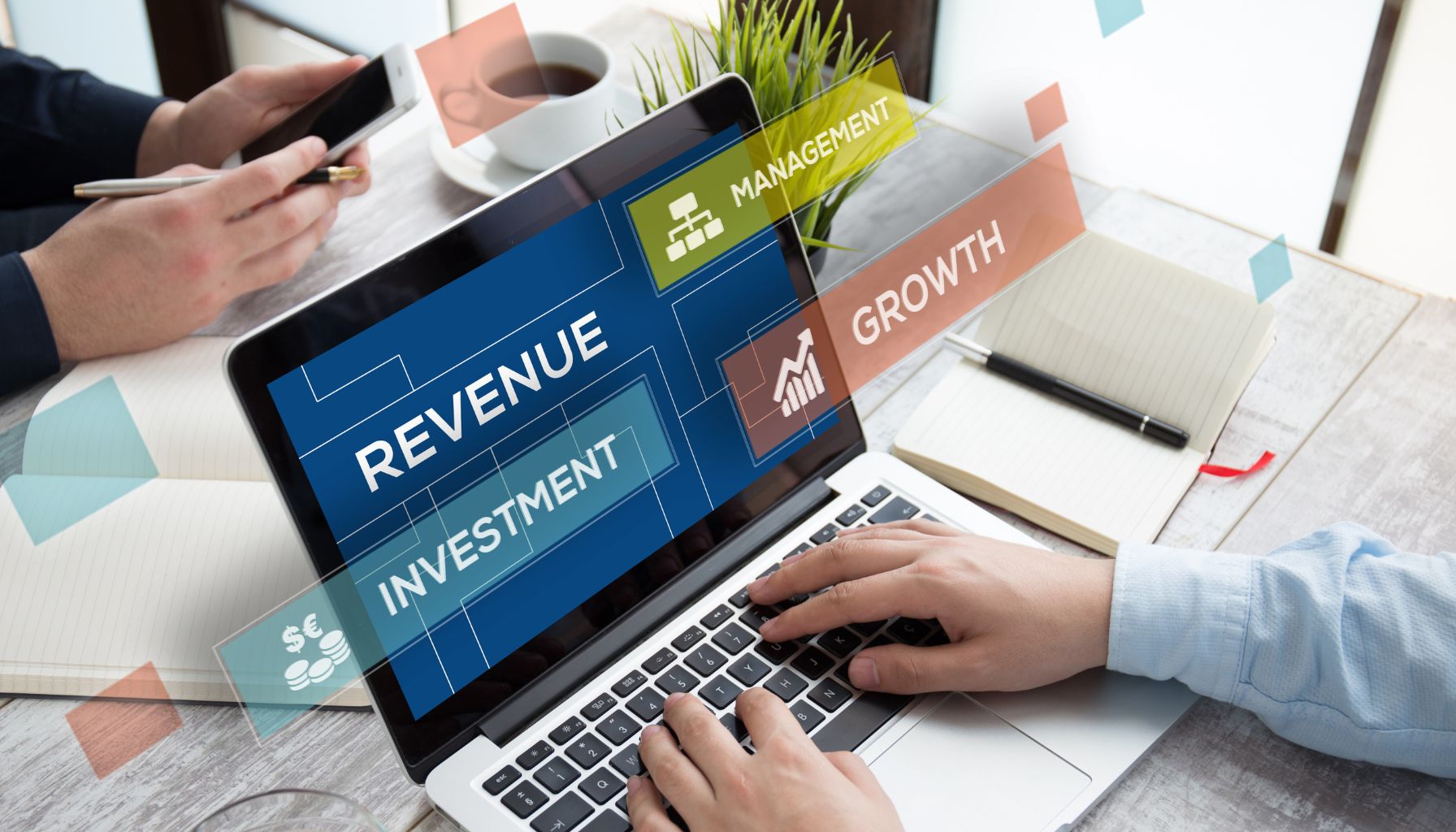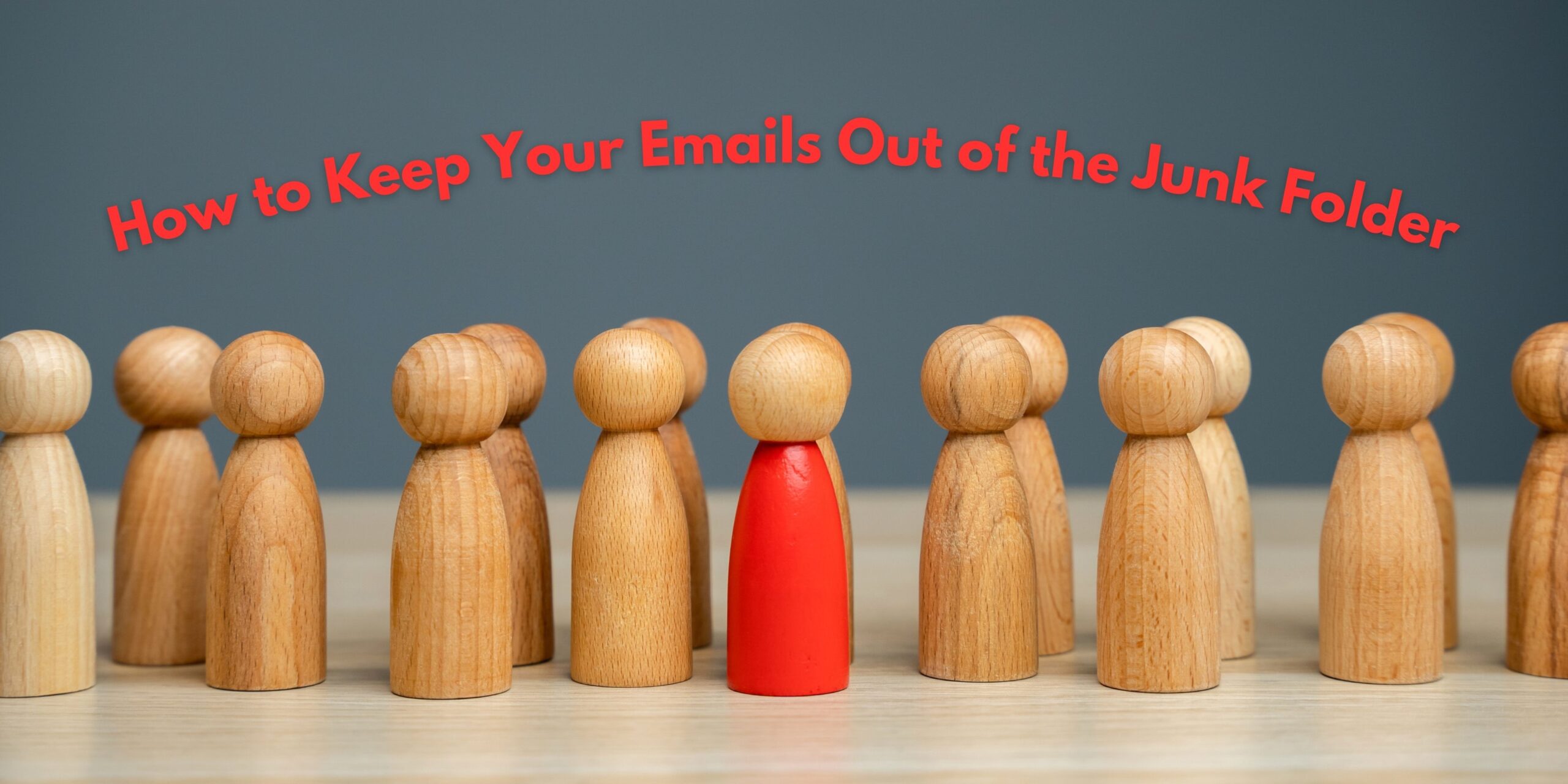Glossary
| Term | Definition |
|---|---|
| Content Commerce | The practice of integrating storytelling, editorial, and educational content with transactional e-commerce experiences. |
| Shoppable Content | Visual or editorial content embedded with product links, allowing direct purchases. |
| Headless Commerce | A decoupled e-commerce architecture where the frontend (content) is separated from the backend (commerce engine). |
| Editorial Content | Blog posts, articles, videos, or guides designed to inform, entertain, or inspire. |
| Conversion Rate | The percentage of website visitors who complete a desired action, such as a purchase. |
| Rich Media | Interactive elements such as video, imagery, carousels, or embedded social posts. |
The Ultimate Guide to Integrating Content with Commerce for eCommerce Success
Introduction
Integrating content with commerce is no longer optional. In today’s hyper-competitive digital landscape, brands must go beyond product listings and leverage content to build narratives, create emotional resonance, and inspire action.

This guide dives deep into the strategies, platforms, and technologies behind successful content-commerce integration, with real-world examples, tools, and SEO-optimized techniques to future-proof your digital store.
1. What Is Content in the Context of E-Commerce?
Content refers to all the non-transactional elements that enrich the customer experience. This includes:
- Blog posts
- Product storytelling
- Video explainers
- Tutorials and how-tos
- Reviews and user-generated content
Purpose: Content is used to educate, entertain, build trust, and ultimately drive conversions. It answers the “why” behind a purchase.
Examples:
- TOAST: Uses lifestyle imagery and videos to emotionally connect users to its products.
- Allbirds: Integrates sustainability storytelling throughout its site, strengthening its brand identity.
2. Why Content Increases Conversions
Consumers no longer want to just shop; they want to connect. Effective content marketing:
- Builds credibility and trust
- Educates consumers to make confident purchase decisions
- Differentiates your brand
Case Study: Mane Addicts A content-first beauty brand with a loyal following launched a brush via content-heavy landing pages. Result? Sold out in 24 hours.
Table: Content Formats & Conversion Benefits
| Content Type | Conversion Benefit |
|---|---|
| How-to Blog Post | Increases time on site, boosts SEO, supports product use |
| Video Demo | Reduces return rate, explains product functionality |
| Product Storytelling | Adds emotional value, justifies pricing |
| Comparison Chart | Helps users make faster, more confident decisions |
3. Should Content and Commerce Be Separate?
Short Answer: No.
They should work in unison depending on your business model:
- Content-led: Blogs adding product links (e.g., Mane Addicts)
- Commerce-led: Product pages with embedded content (e.g., TOAST, Gymshark)
Why It Matters: Search engines love rich content. Embedding helpful media on product pages increases organic traffic and time on site.
4. Adapting Content to Different Shopping Behaviors
Today’s consumers use multiple touchpoints before buying:
- Mobile-first browsing
- Influencer reviews on TikTok
- Pinterest boards
Tips for Omnichannel Content Strategy:
- Shorten desktop videos for social platforms
- Turn blog posts into infographics for Pinterest
- Reformat product reviews as Instagram Reels
Tools: Canva, Lumen5, Later
5. Technical Considerations for Seamless Integration
Shopify
- Built-in blogging tools
- Easy-to-implement landing pages
- Apps like PageFly or Shogun for visual storytelling
Headless Commerce
- Decoupled frontend using a CMS like Contentful or Sanity
- Ideal for rich media, storytelling, and speed
- Requires developer resources
Comparison Table: Shopify vs. Headless
| Feature | Shopify | Headless Commerce |
|---|---|---|
| Ease of Use | High | Medium to Low |
| Customization | Moderate | High |
| Media-Rich Capabilities | Limited | Extensive |
| Speed & Scalability | Standard | Exceptional |
| SEO Flexibility | Moderate | Advanced |
6. Best Practices for Blending Content and Commerce
- Embed videos directly in product pages
- Link related blogs under product recommendations
- Use user-generated content as visual testimonials
- Feature buying guides within the navigation
- Cross-promote articles in your email marketing flows
Tip: Add structured data markup to blog articles and shoppable content to improve visibility in Google Search.
7. Measurement and Optimization
Track content performance alongside product metrics:
| Metric | What It Tells You |
|---|---|
| Time on Page | Indicates content engagement |
| Bounce Rate | High rate may indicate disconnect between content and audience |
| Add-to-Cart Rate | Measures effectiveness of content in driving action |
| Assisted Conversions | Identifies indirect influence of blog/product guides |
Use tools like:
- Google Analytics 4
- Hotjar or Microsoft Clarity
- Triple Whale or Northbeam (for attribution)
Conclusion
When done right, content and commerce don’t just coexist—they elevate each other. Whether you’re a content-first publisher adding DTC products or a brand looking to enrich your PDPs, the opportunity lies in delivering stories that convert.
Want support crafting this strategy? Reach out to Blossom Ecom—we’ll help you turn browsers into buyers with the right content-commerce approach.
FAQ
Q1: What’s the difference between content-led and commerce-led brands? A content-led brand begins with storytelling (like a blog or media outlet), then adds products. Commerce-led brands start with products and add content to support sales.
Q2: How do I decide between Shopify and headless commerce? Choose Shopify for quick setup and simple content needs. Choose headless for custom storytelling and performance-focused builds.
Q3: How can I measure content ROI in e-commerce? Track metrics like time on page, bounce rate, scroll depth, and assisted conversions in Google Analytics.
Q4: What types of content convert best? How-to guides, reviews, comparison posts, video explainers, and storytelling-driven PDPs.
Q5: Can content help reduce returns? Yes. Videos and detailed descriptions help set accurate expectations and reduce buyer remorse.
Q6: Is user-generated content effective in commerce? Absolutely. It builds trust and adds authenticity to product pages and marketing materials.
Need help implementing this?
Let us take the hassle of managing your email marketing channel off your hands. Book a strategy call with our team today and see how we can scale your revenue, customer retention, and lifetime value with tailored strategies. Click here to get started.
Curious about how your Klaviyo is performing?
We’ll audit your account for free. Discover hidden opportunities to boost your revenue, and find out what you’re doing right and what could be done better. Click here to claim your free Klaviyo audit.
Want to see how we’ve helped brands just like yours scale?
Check out our case studies and see the impact for yourself. Click here to explore.

Read Our Other Blogs

Email Marketing vs. Social Media: Which One Should Your Brand Focus On?



Attract More Customers: Which Videos to Use in Your Email Marketing and Why


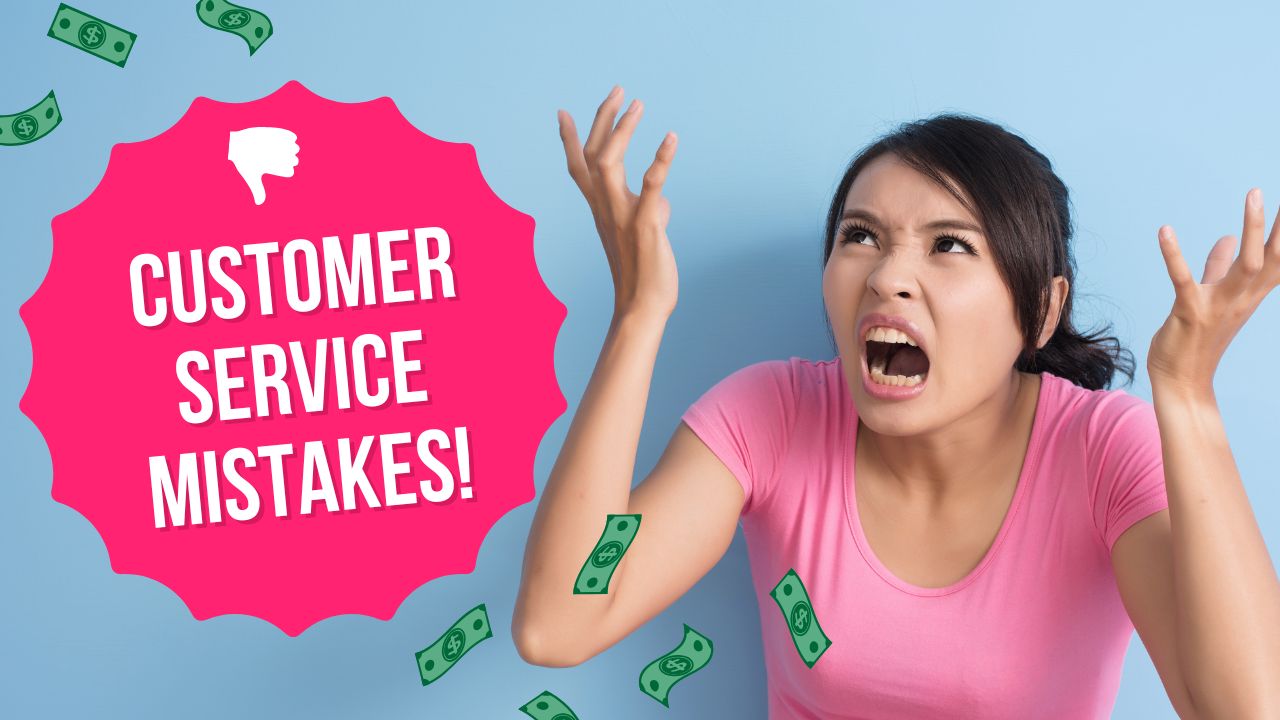
8 eCommerce Customer Service Mistakes You NEED to Stop Making (Like, Yesterday)




Not Sure Where to Start?
Let's find the biggest retention opportunities in your business. Get a free Klaviyo audit or retention consultation.



